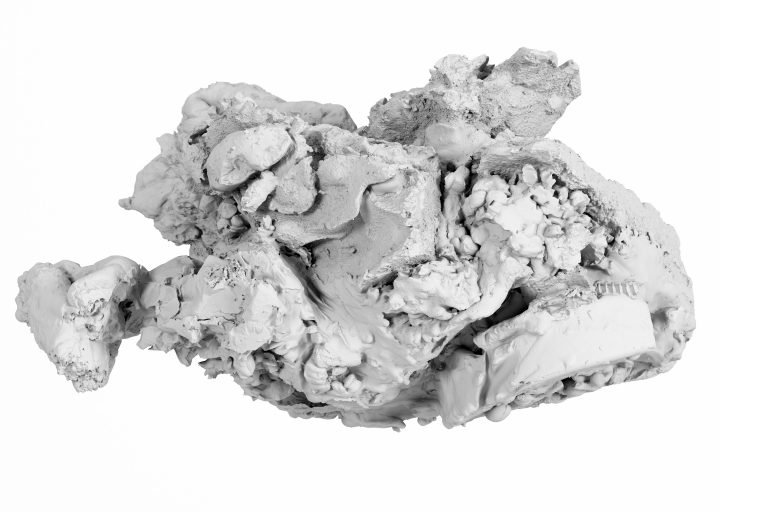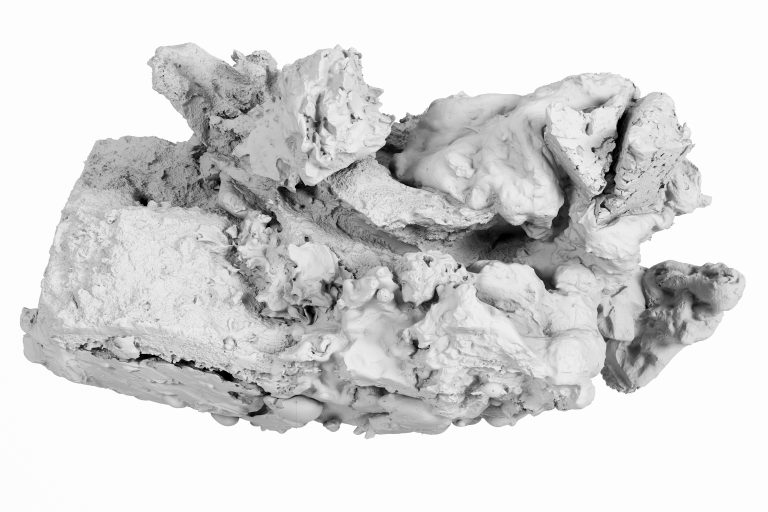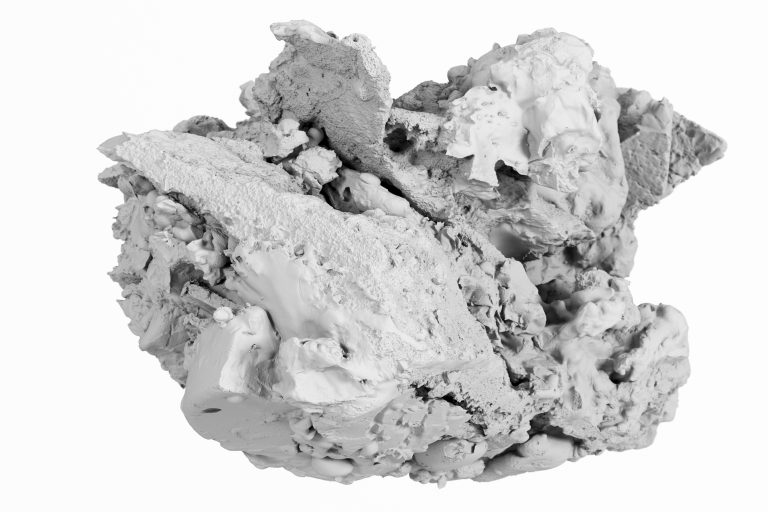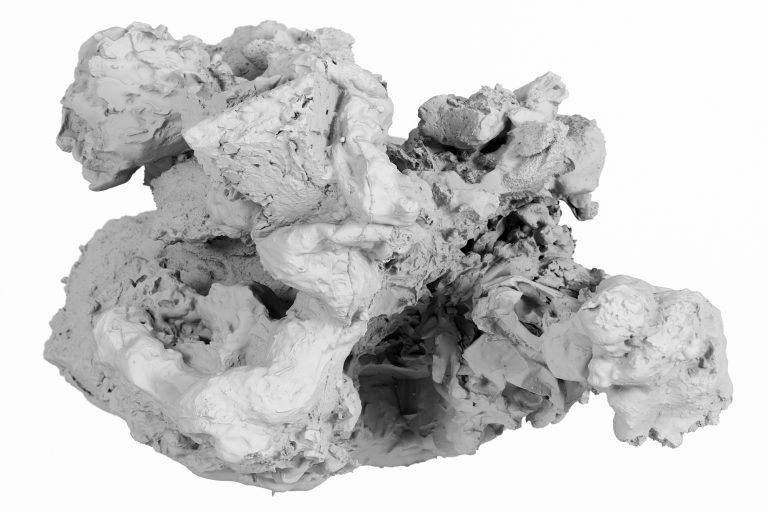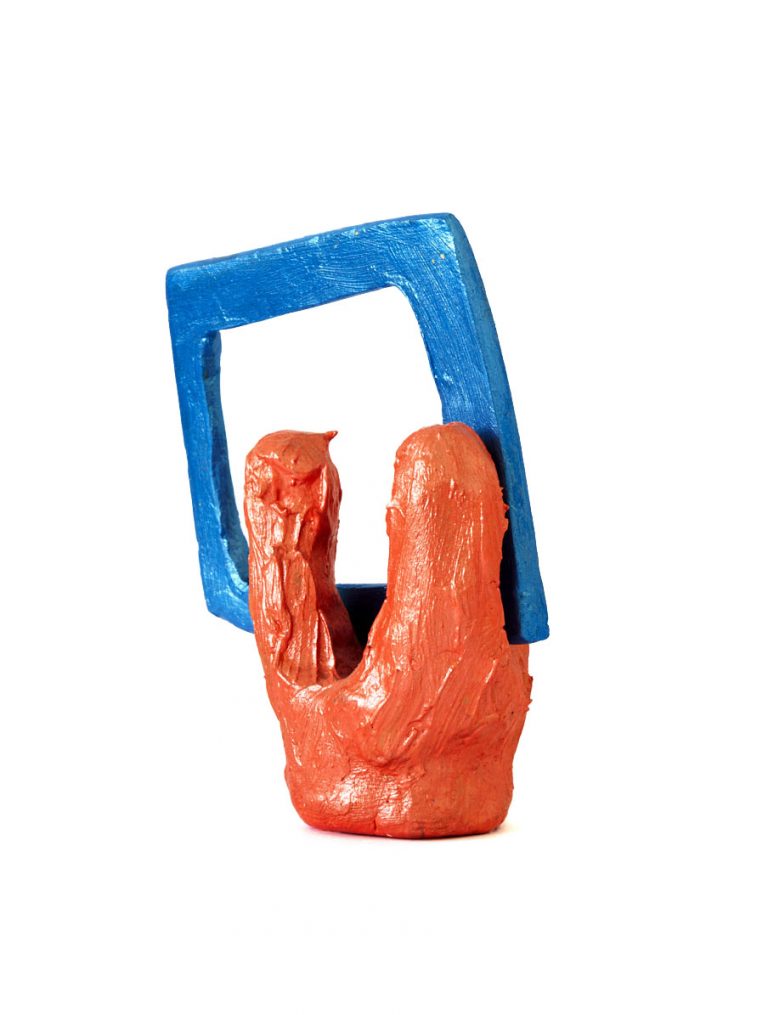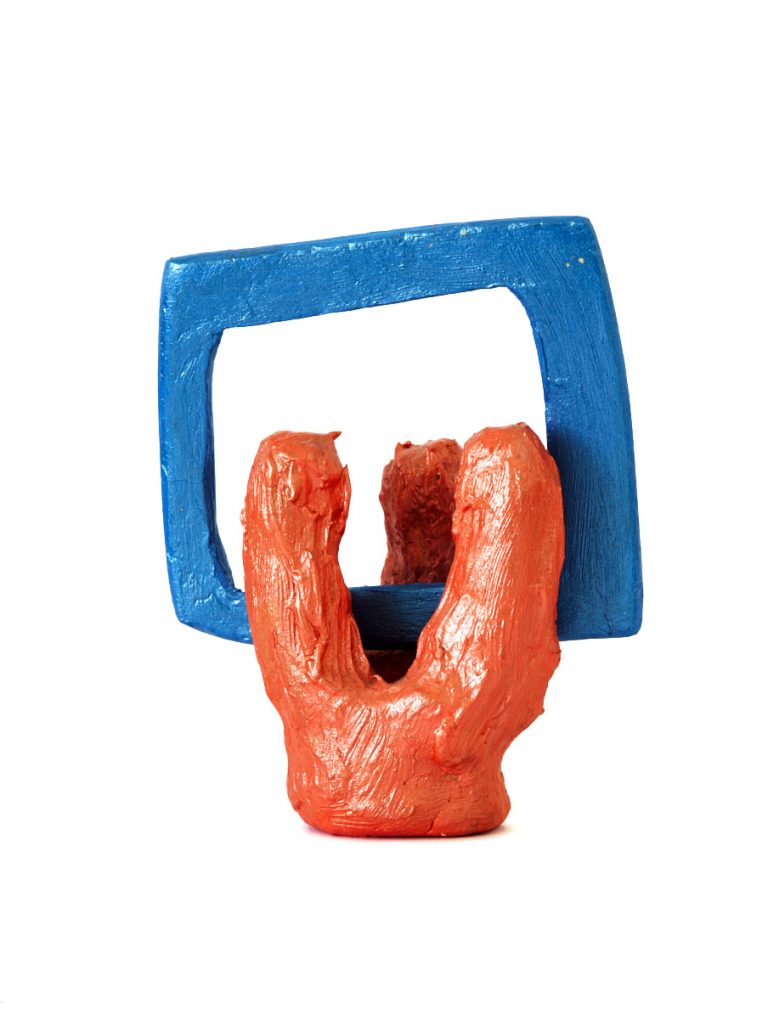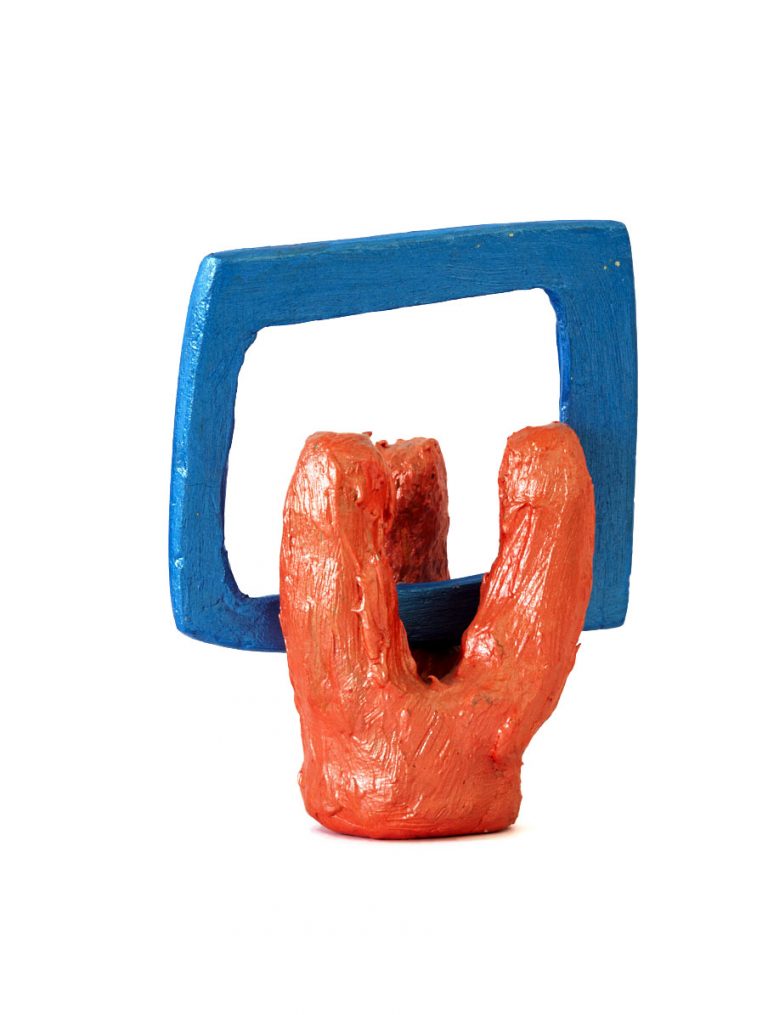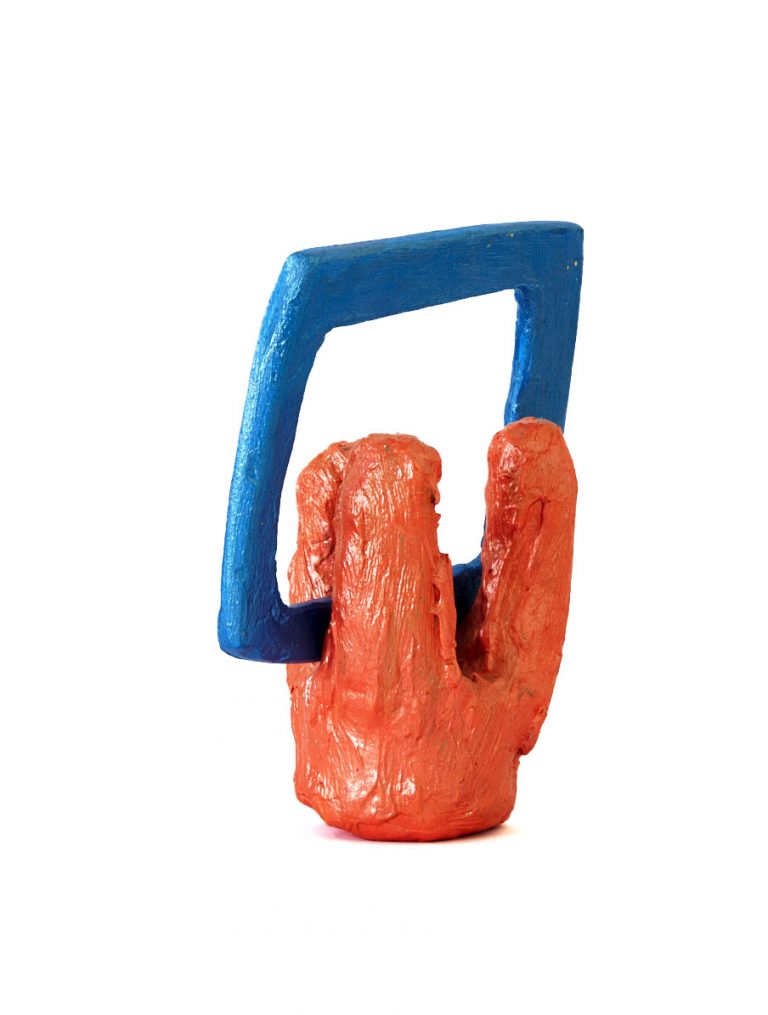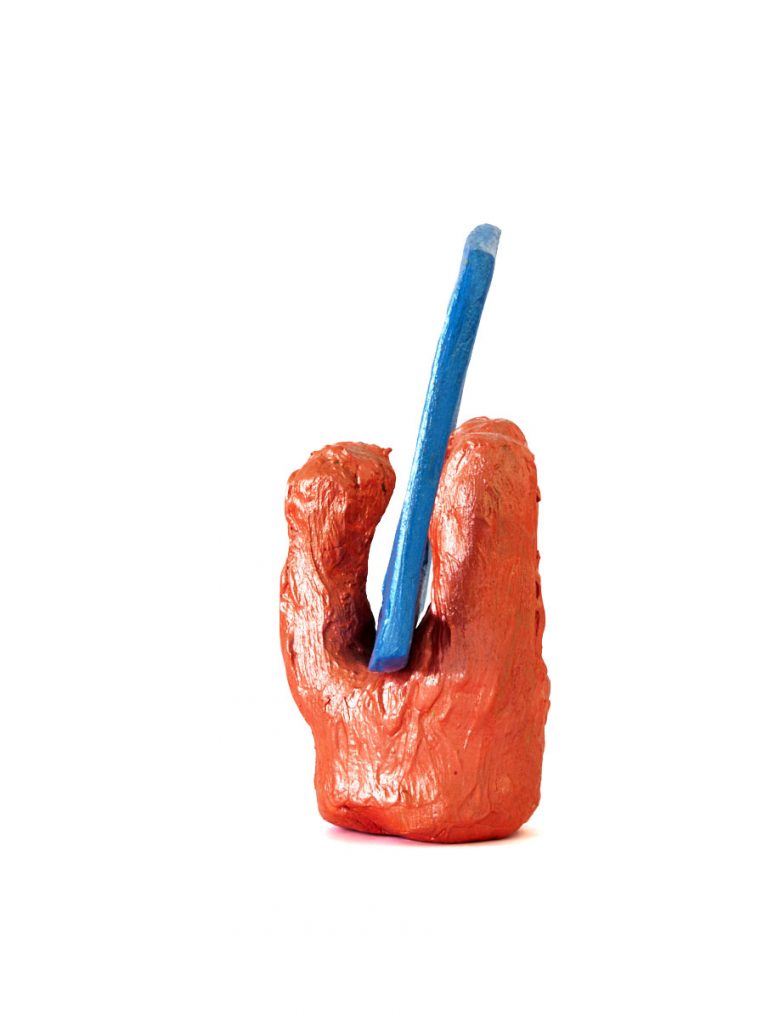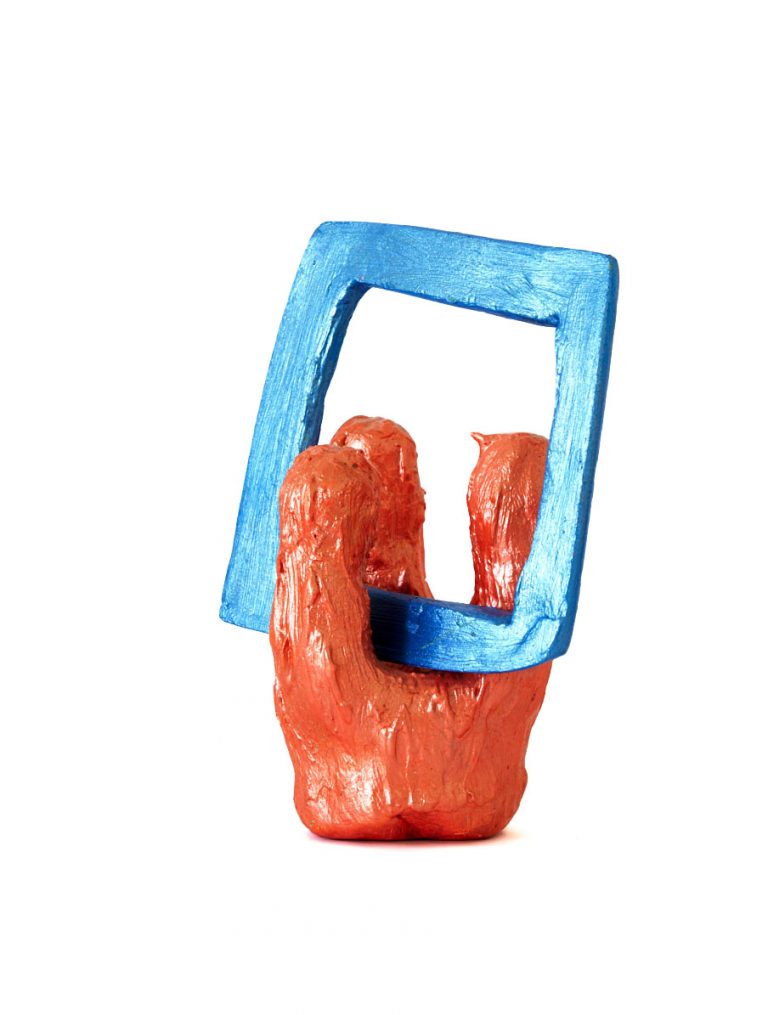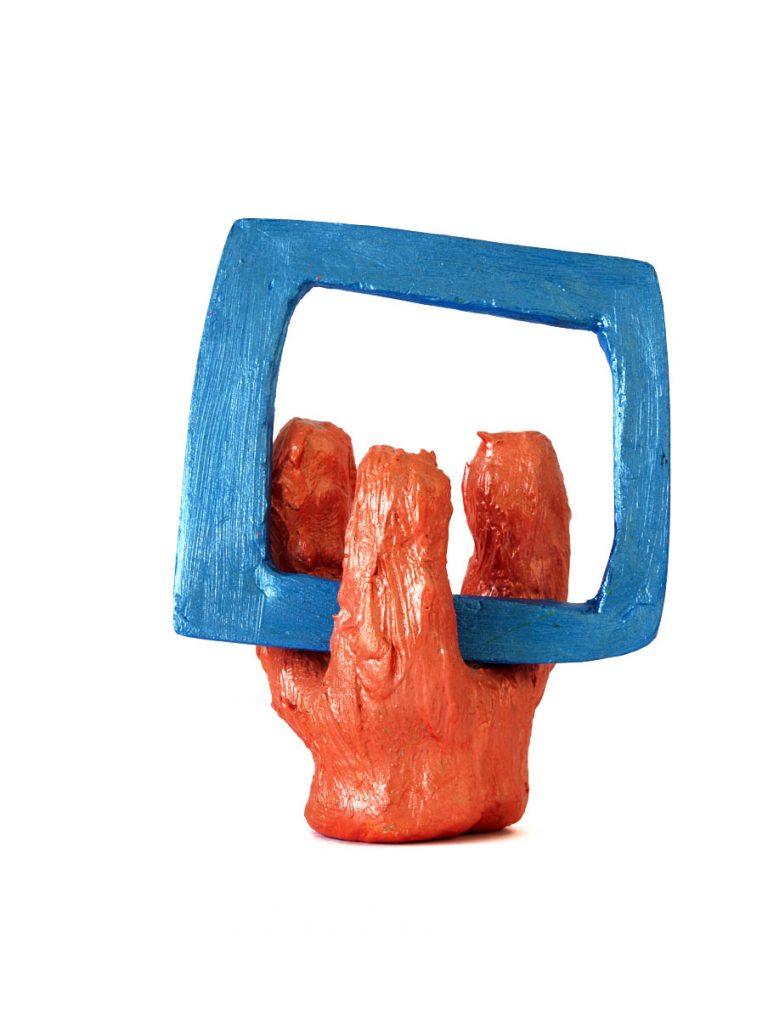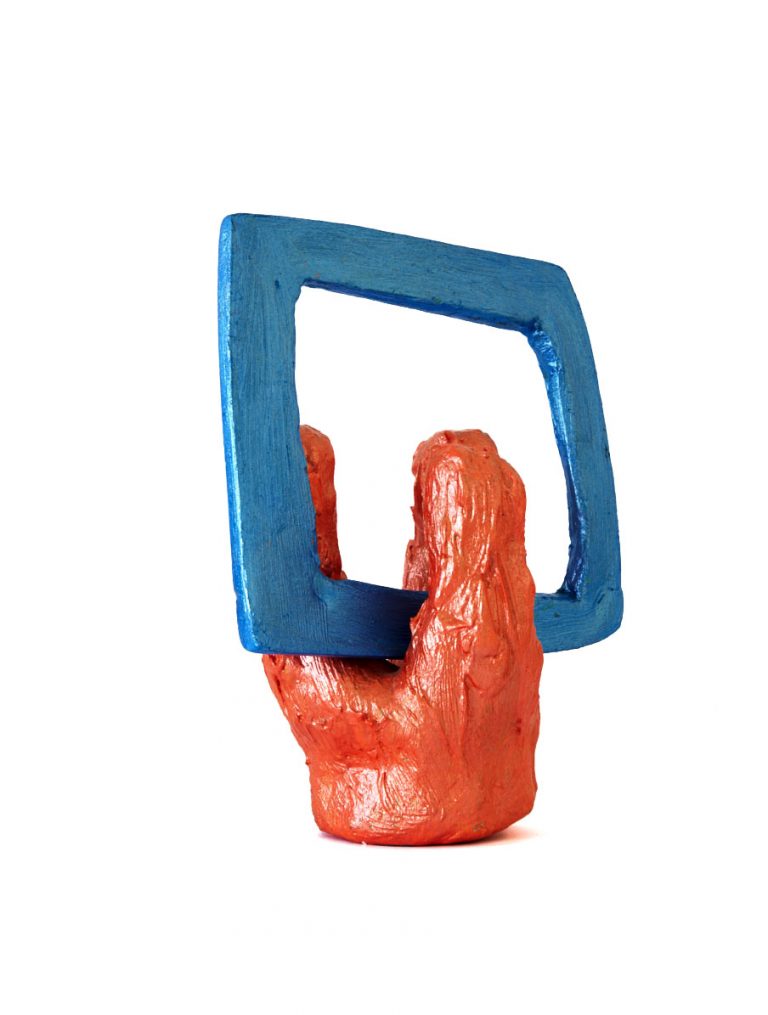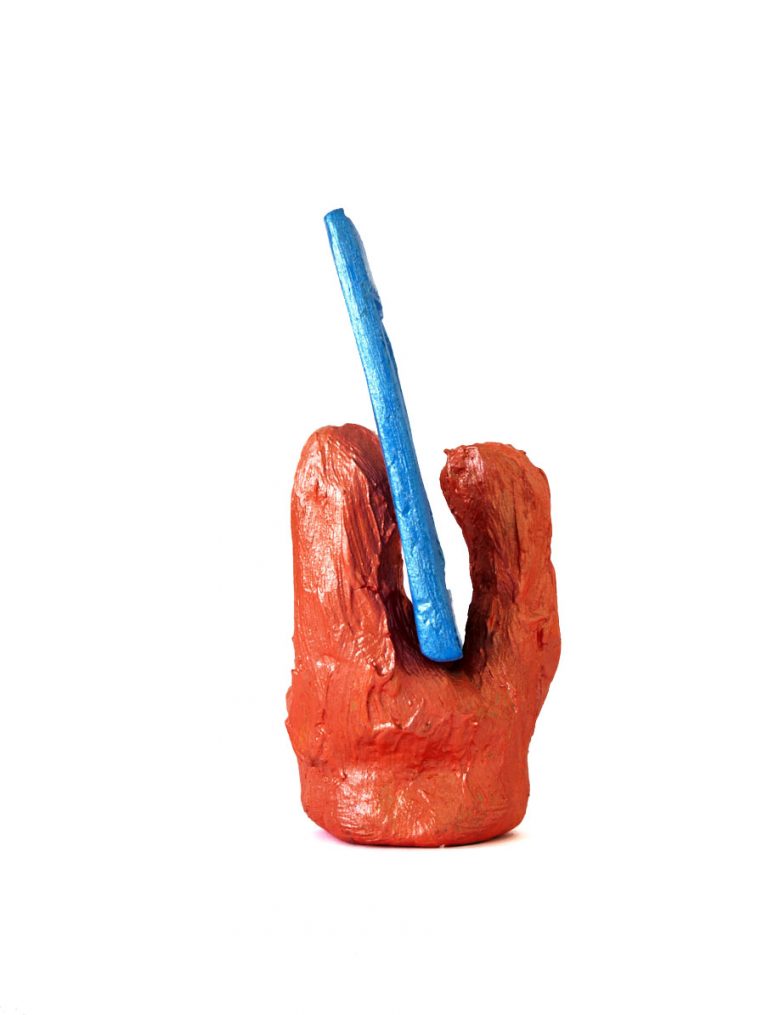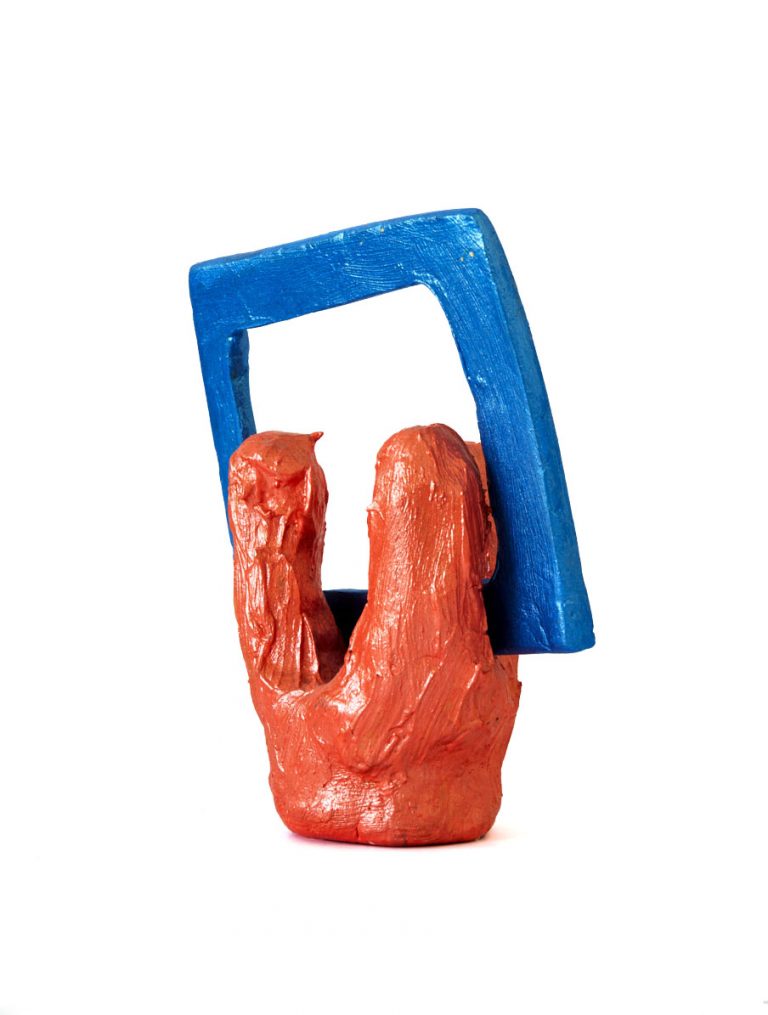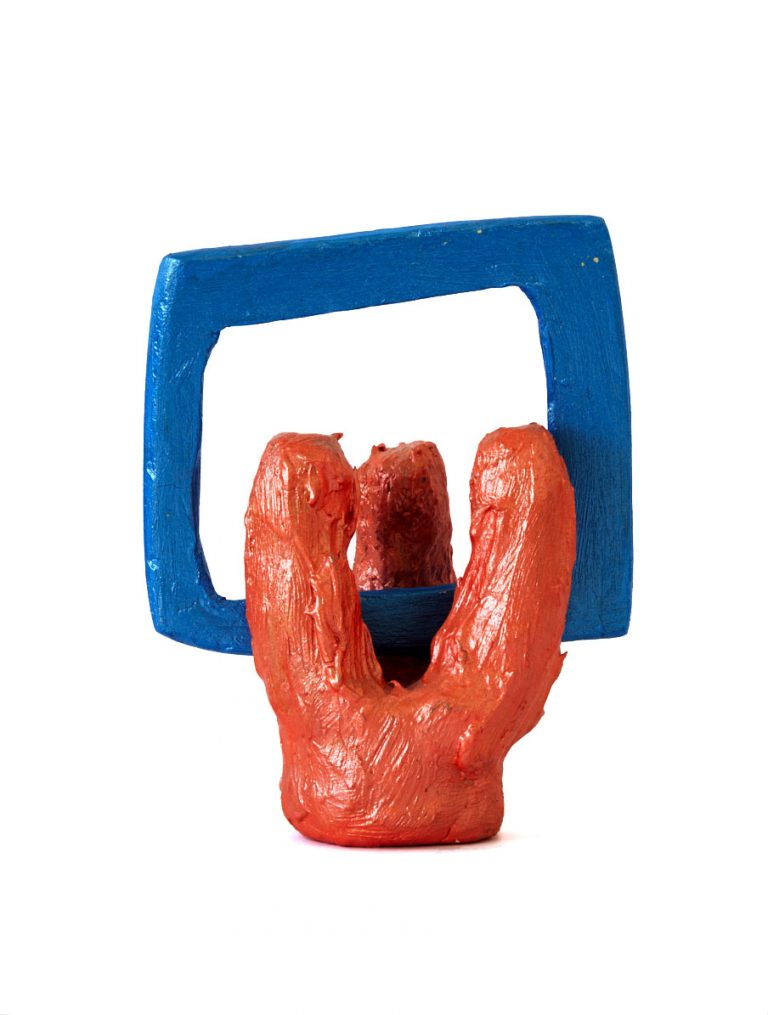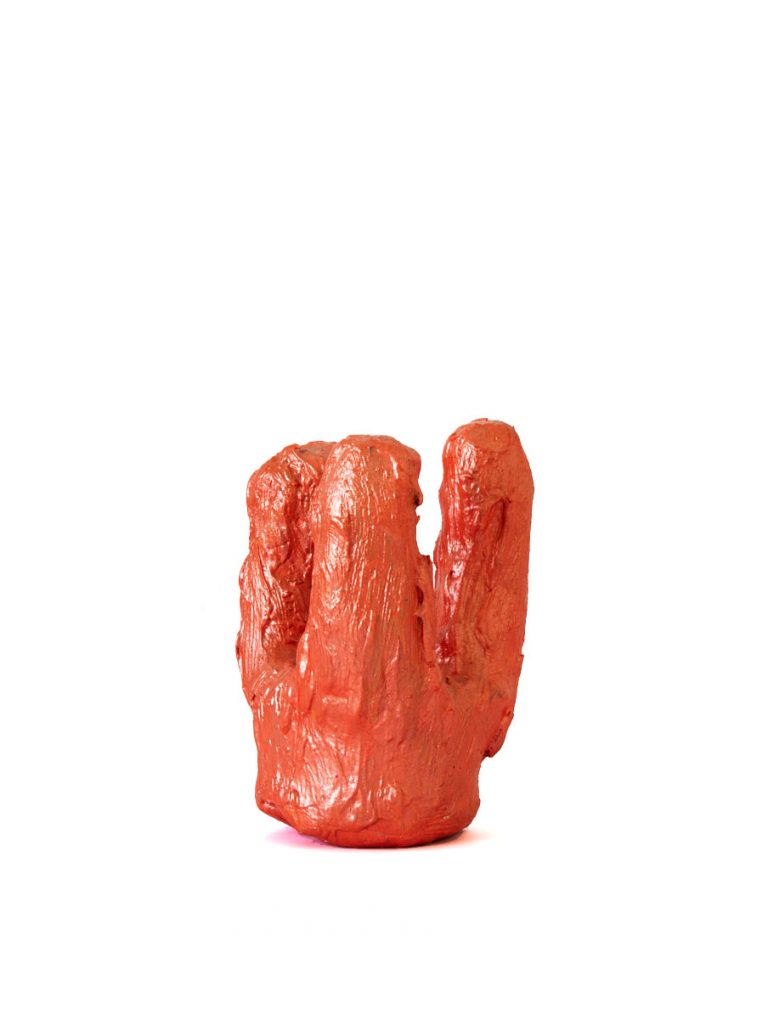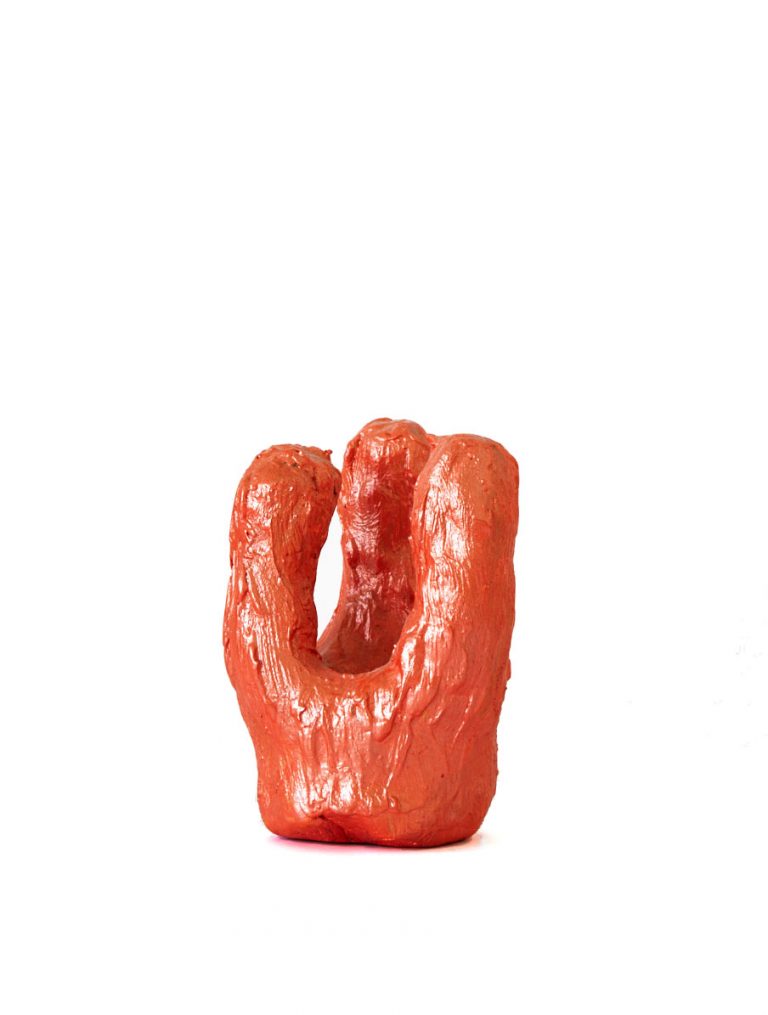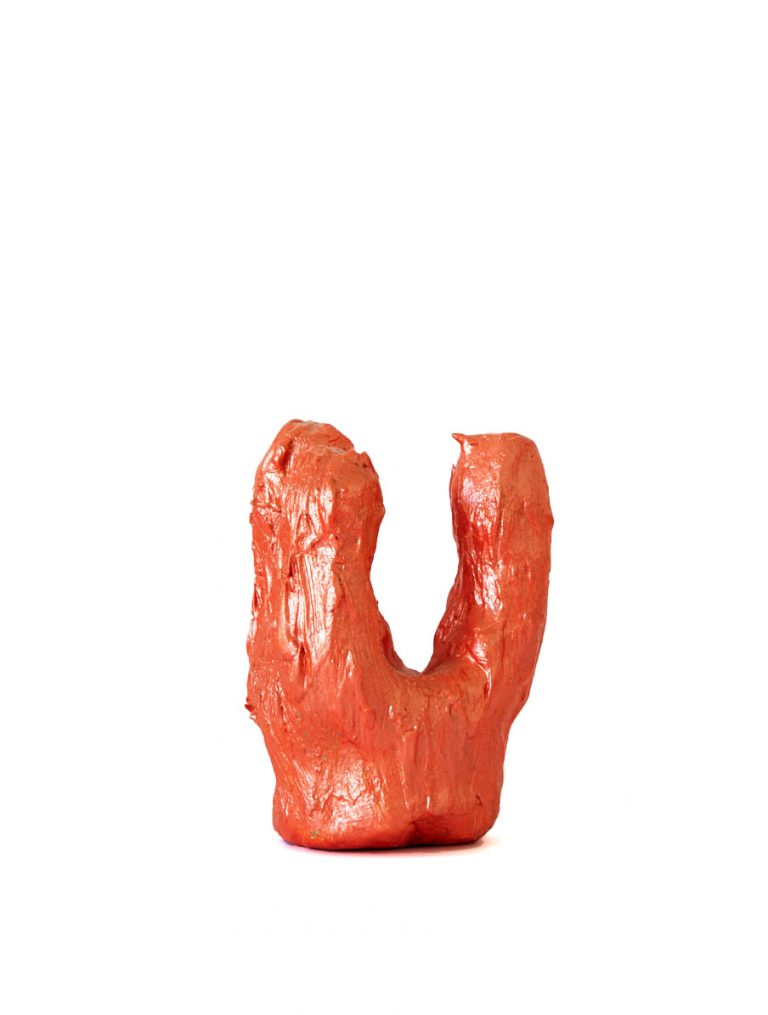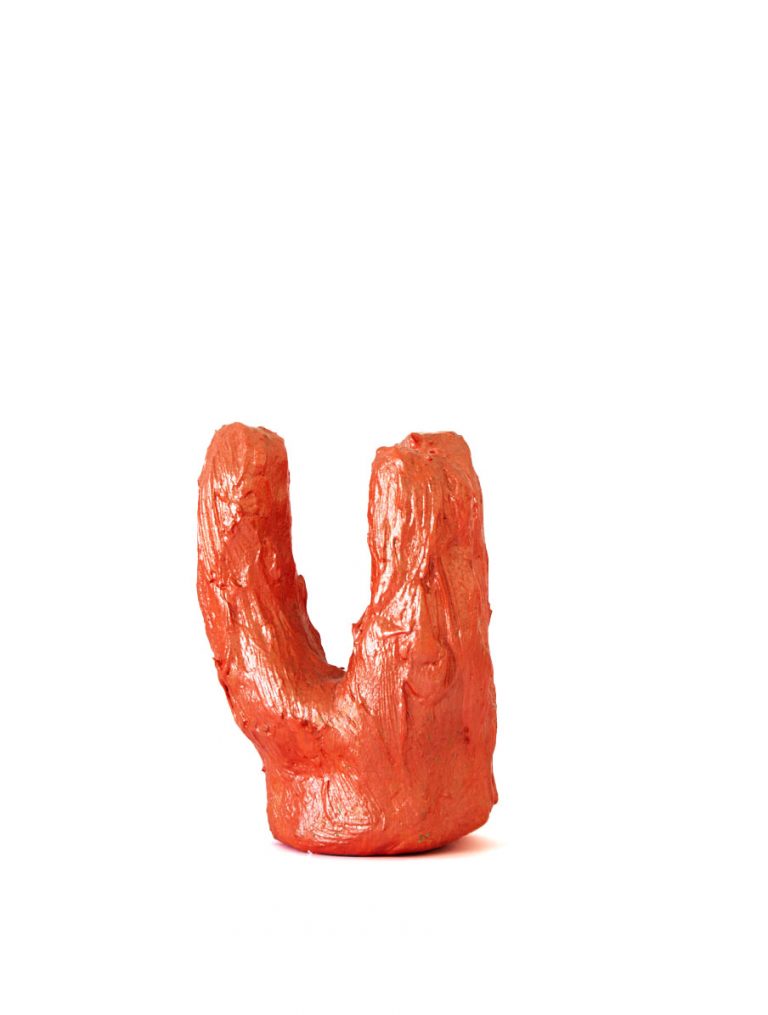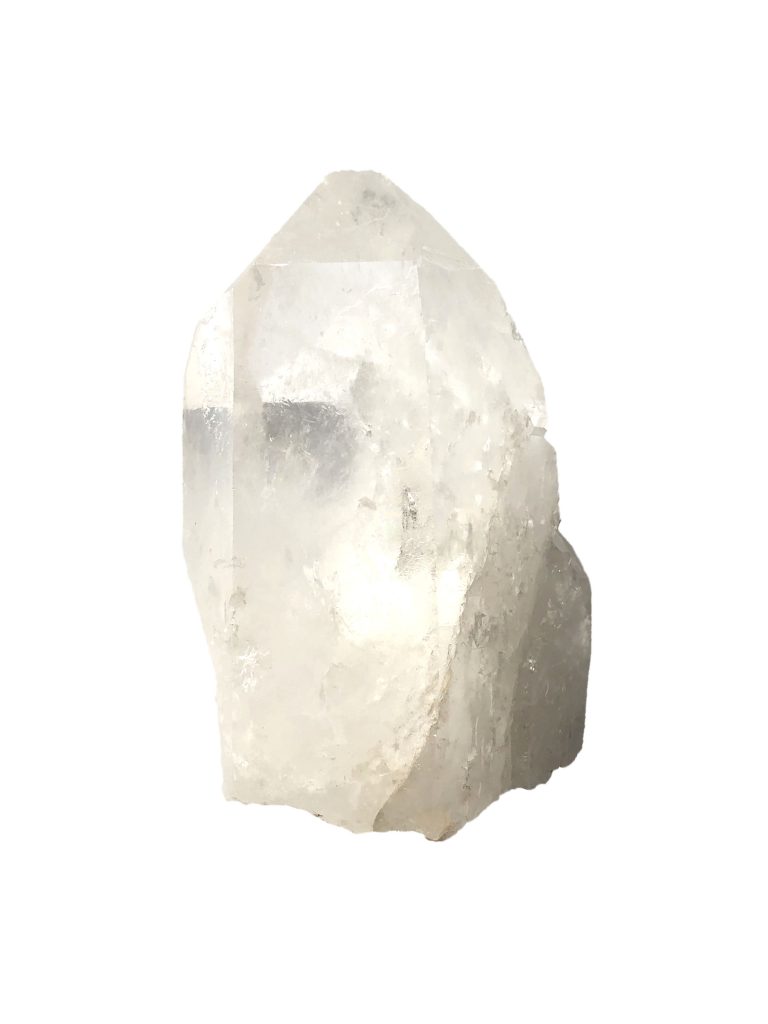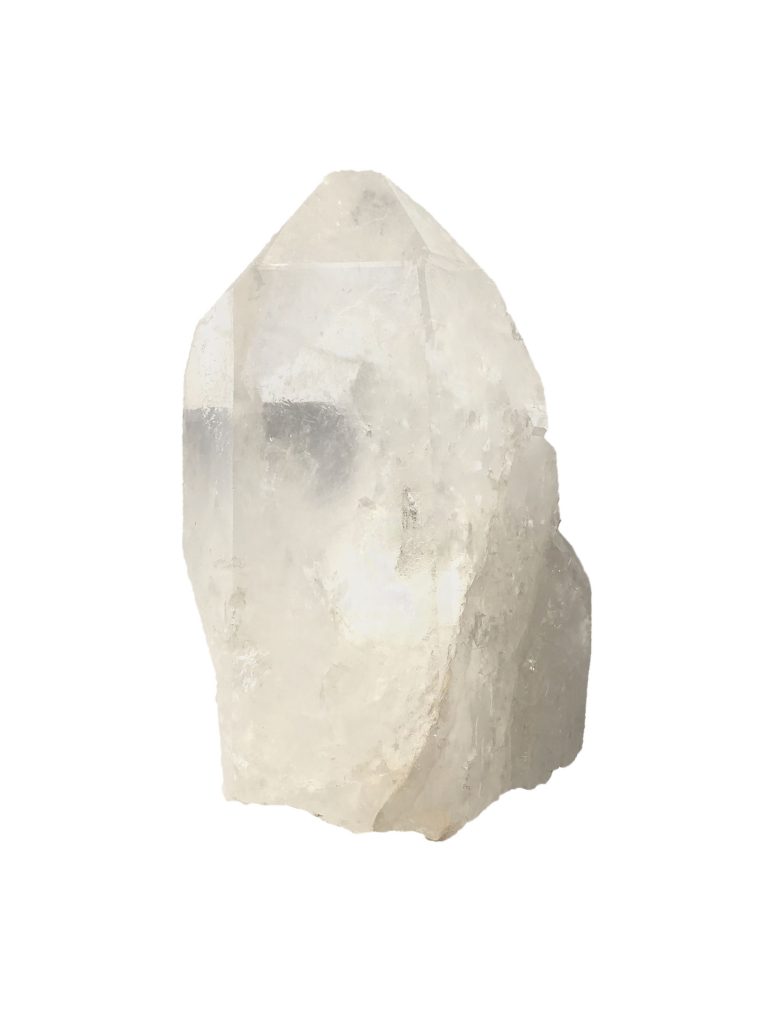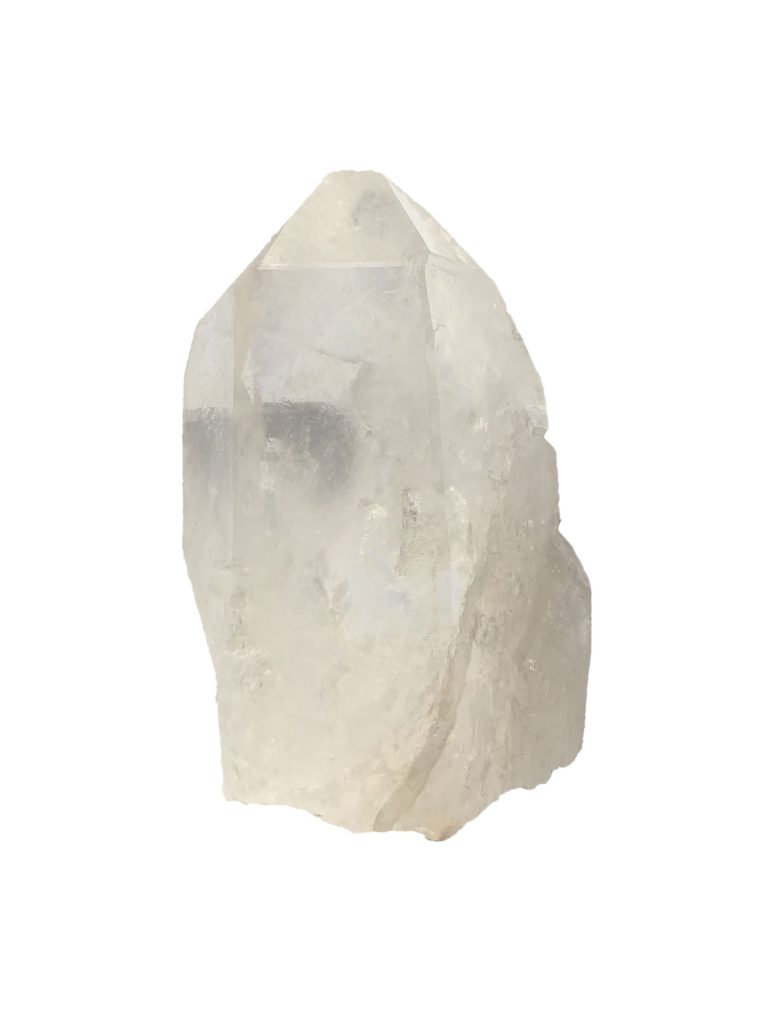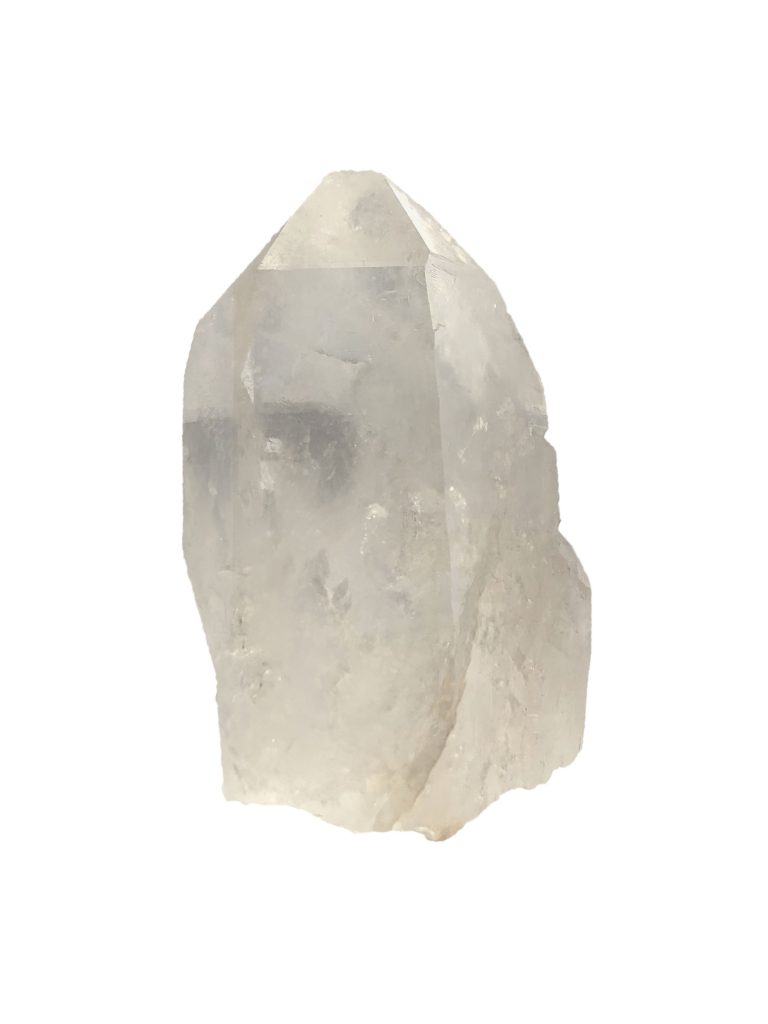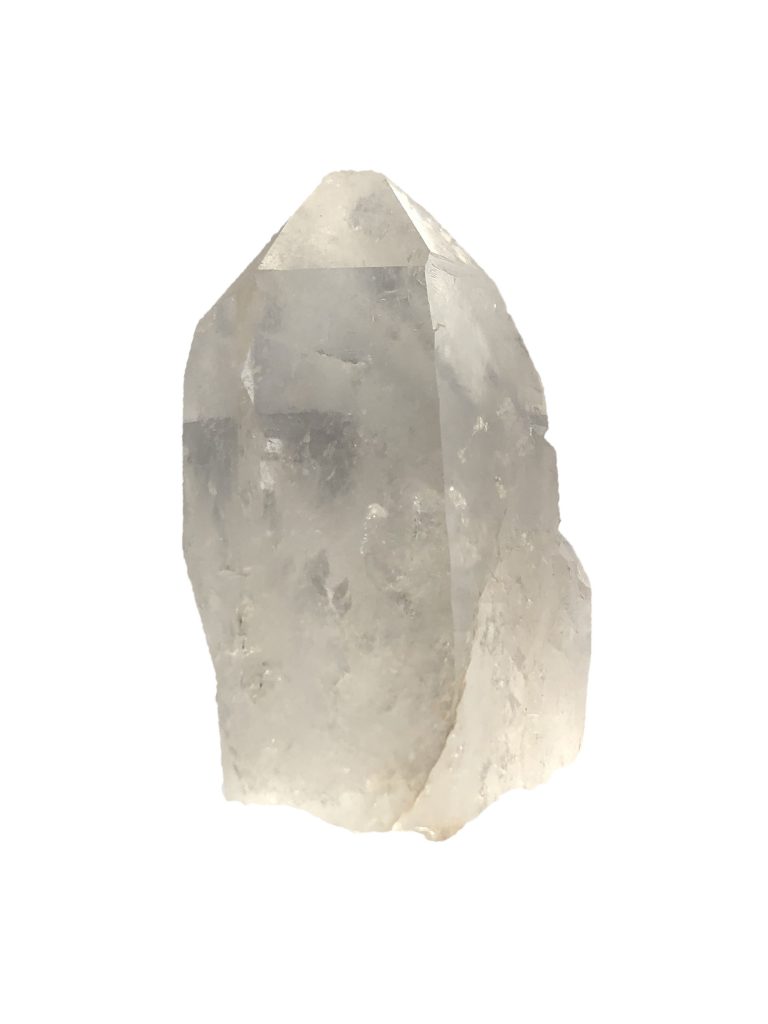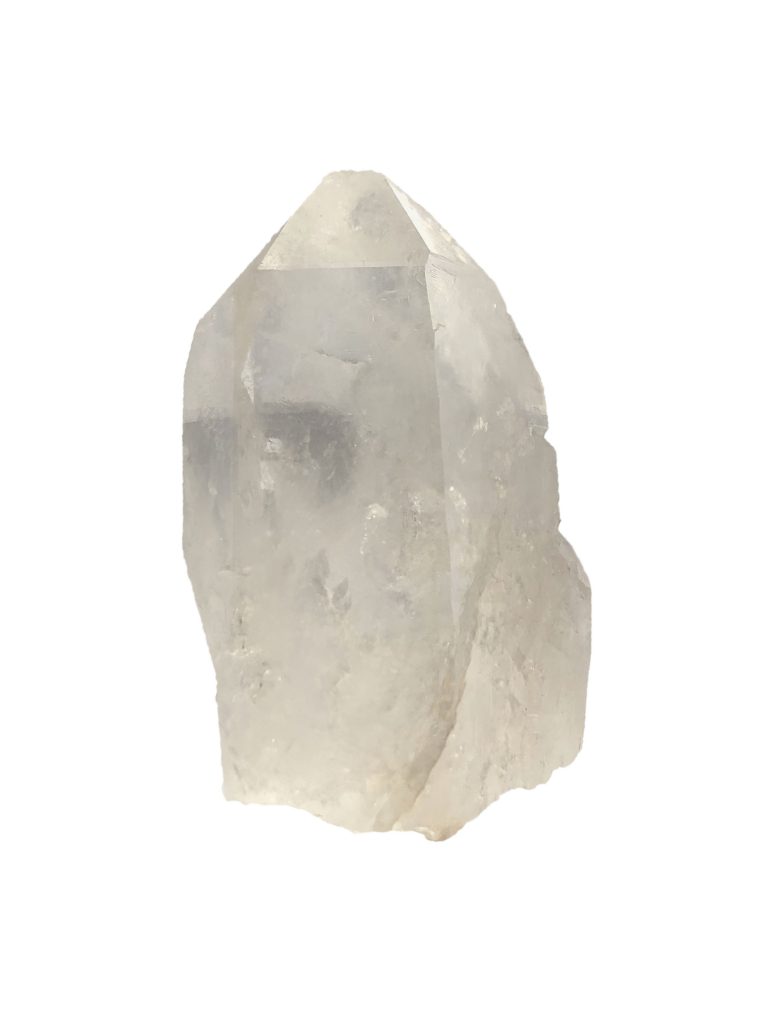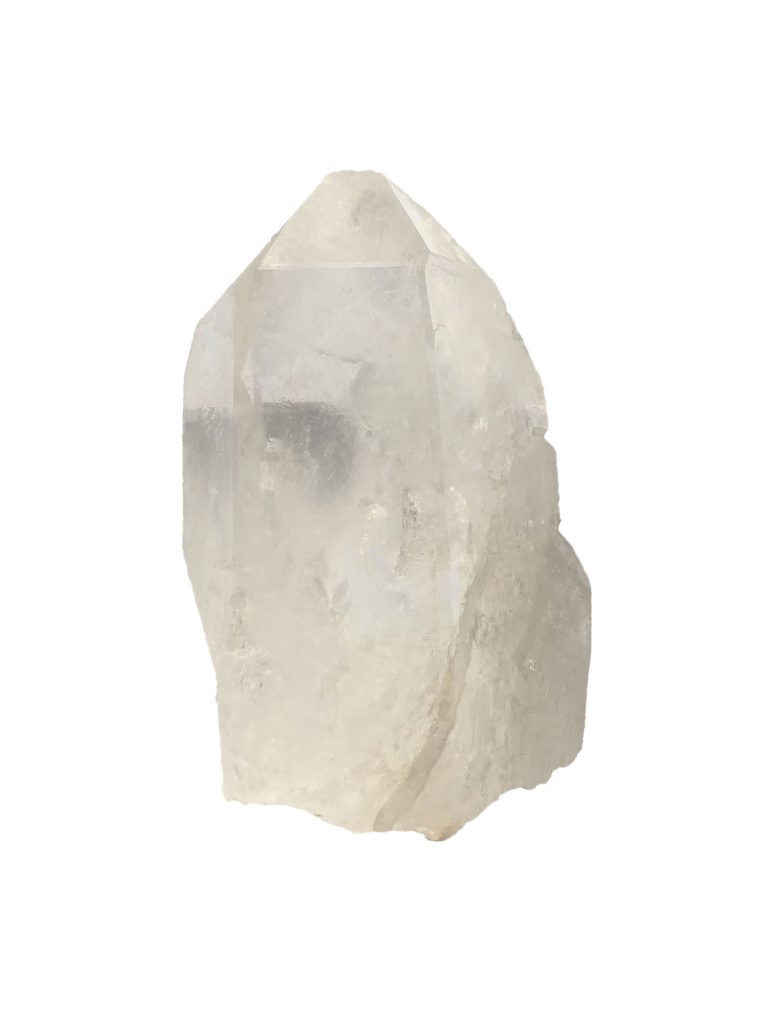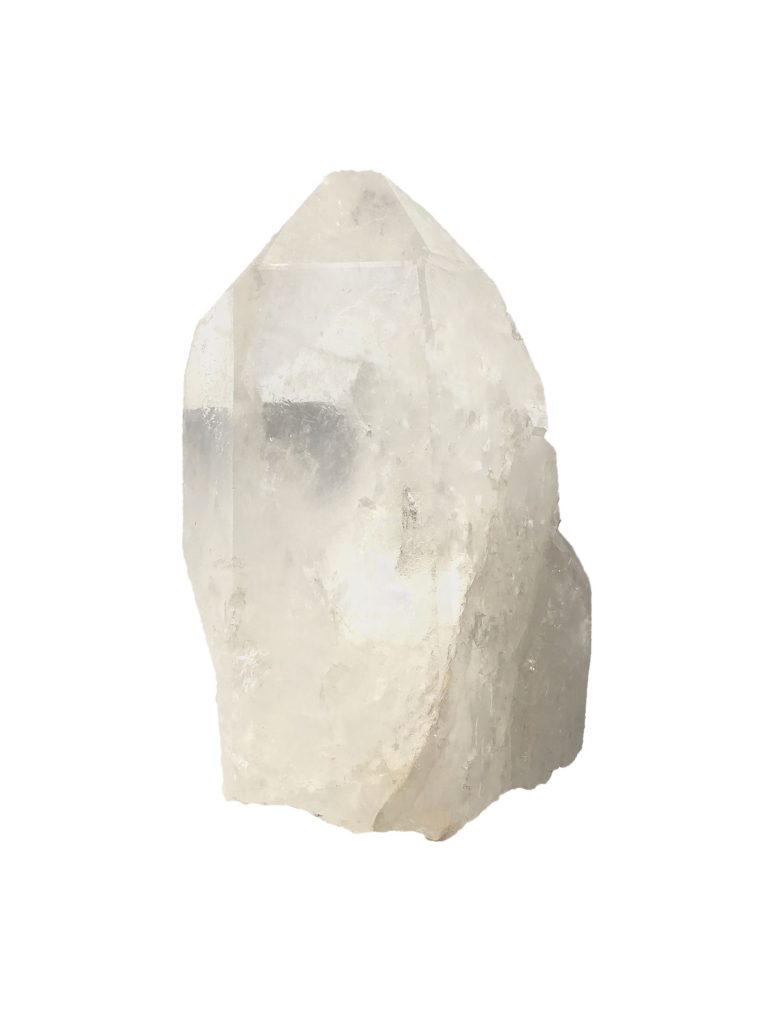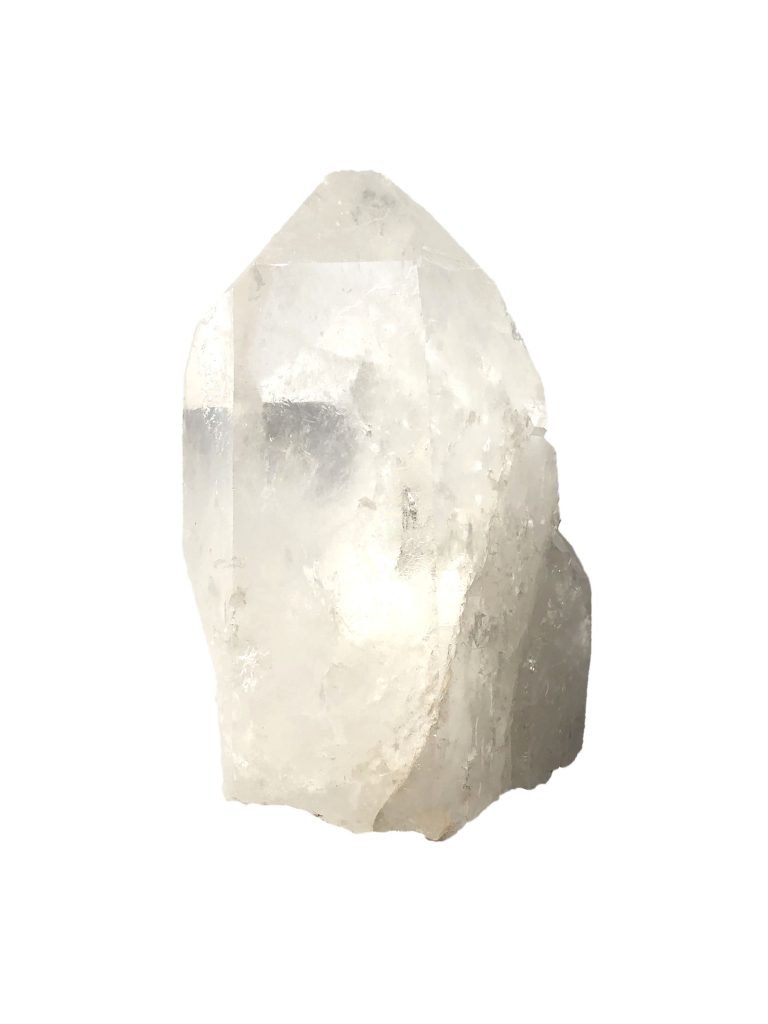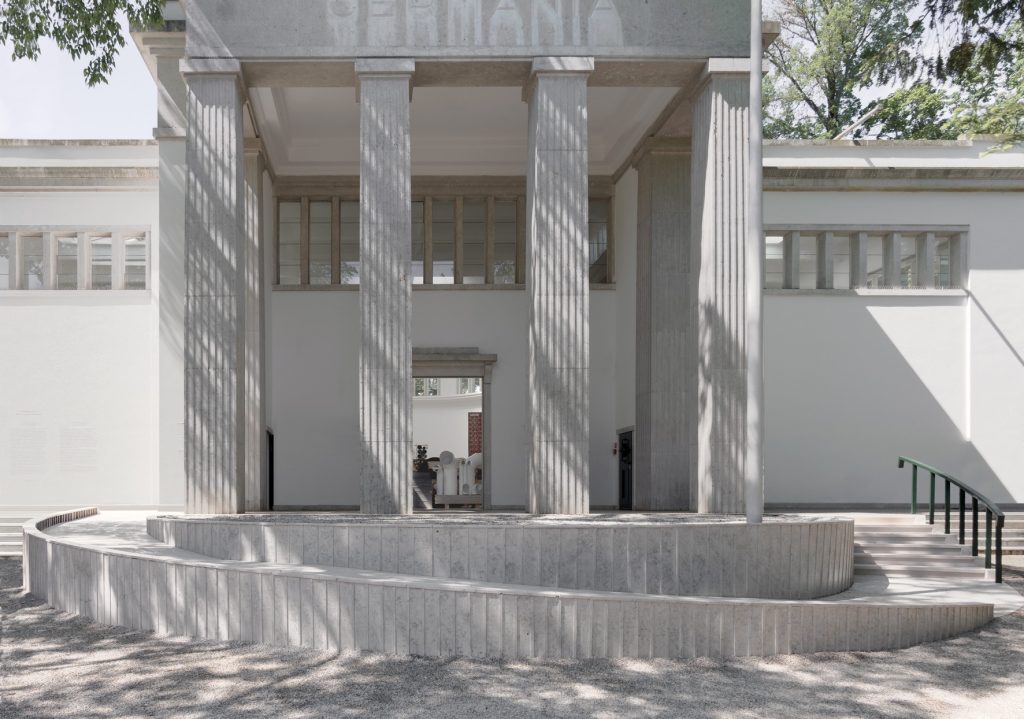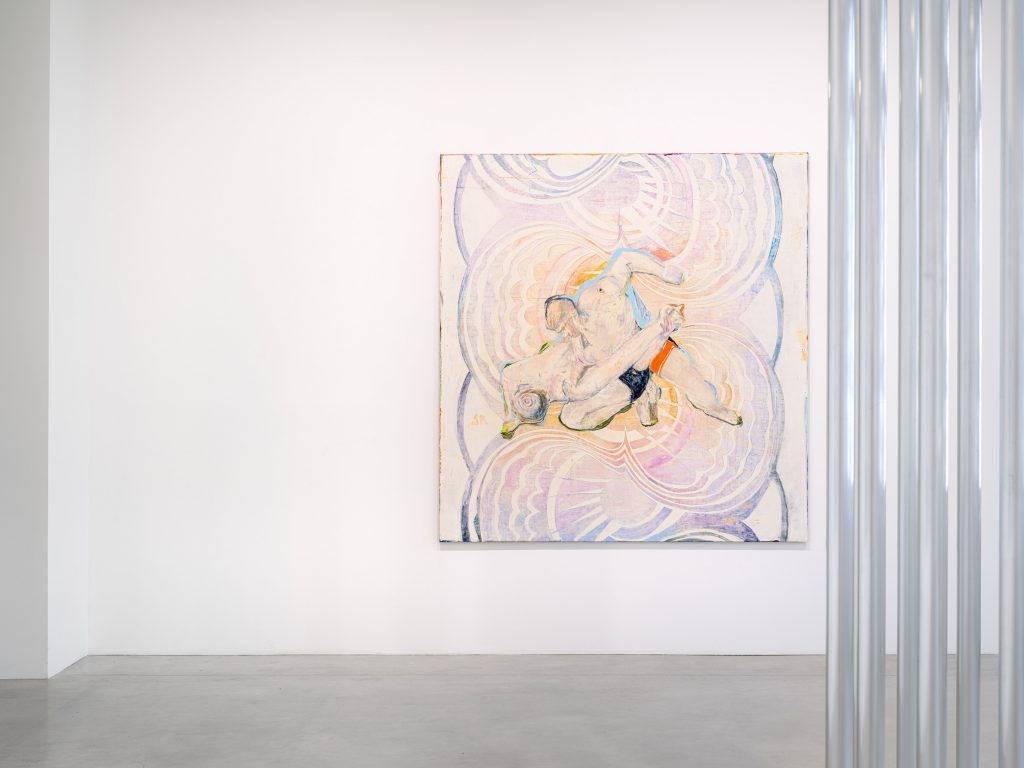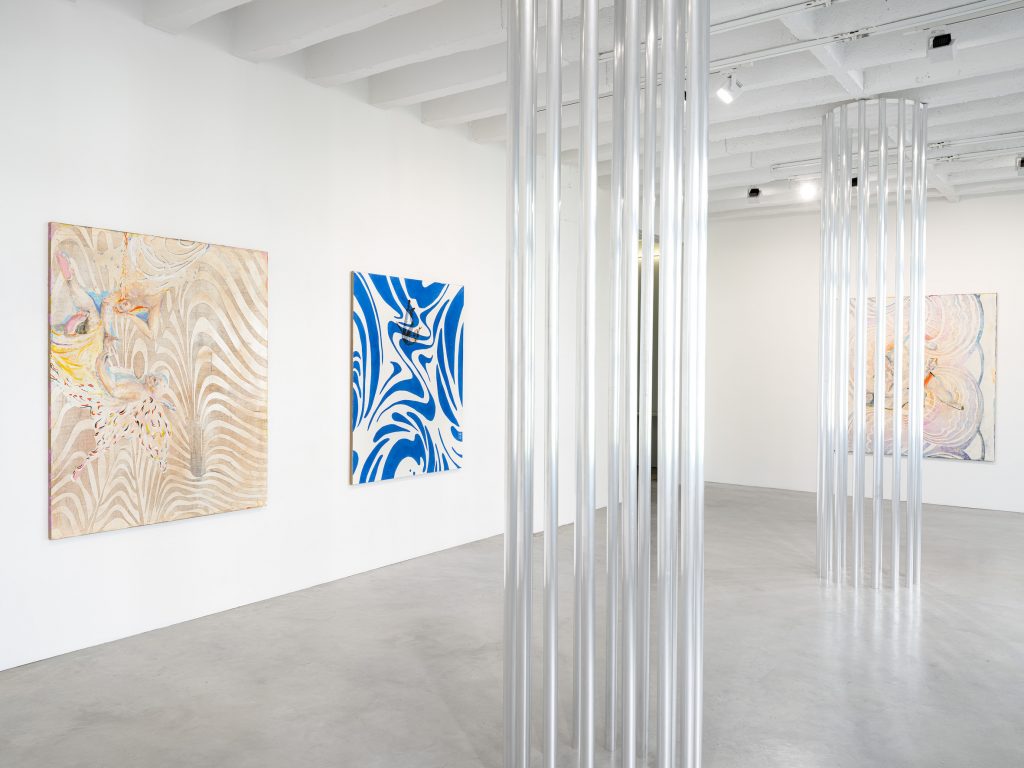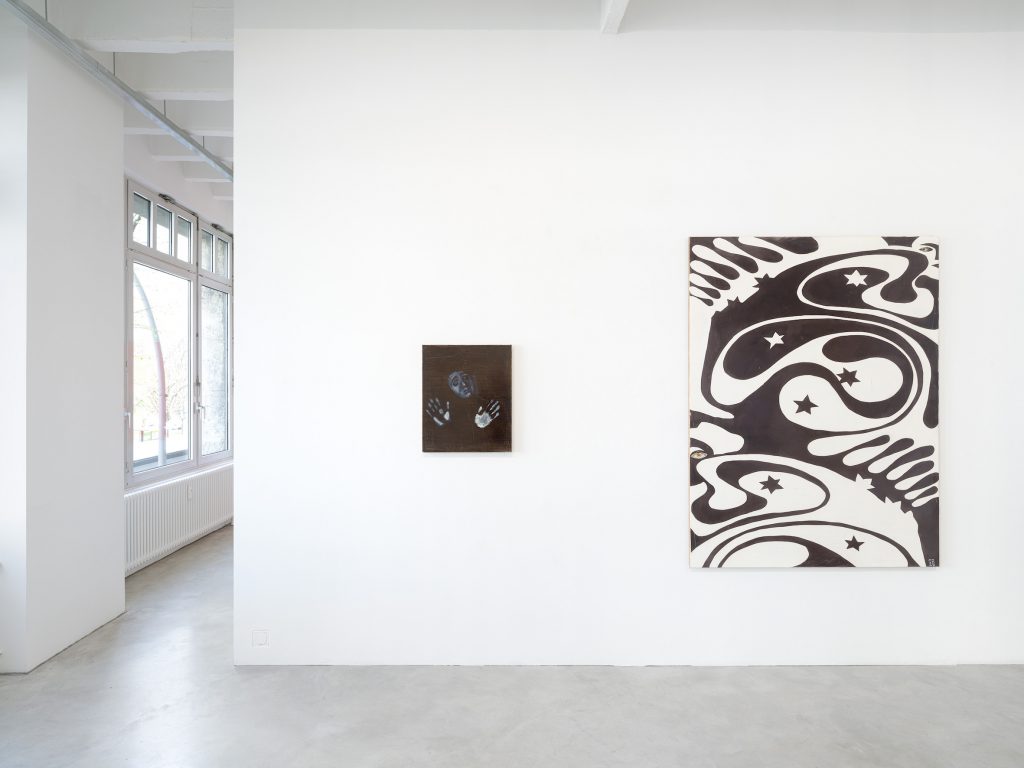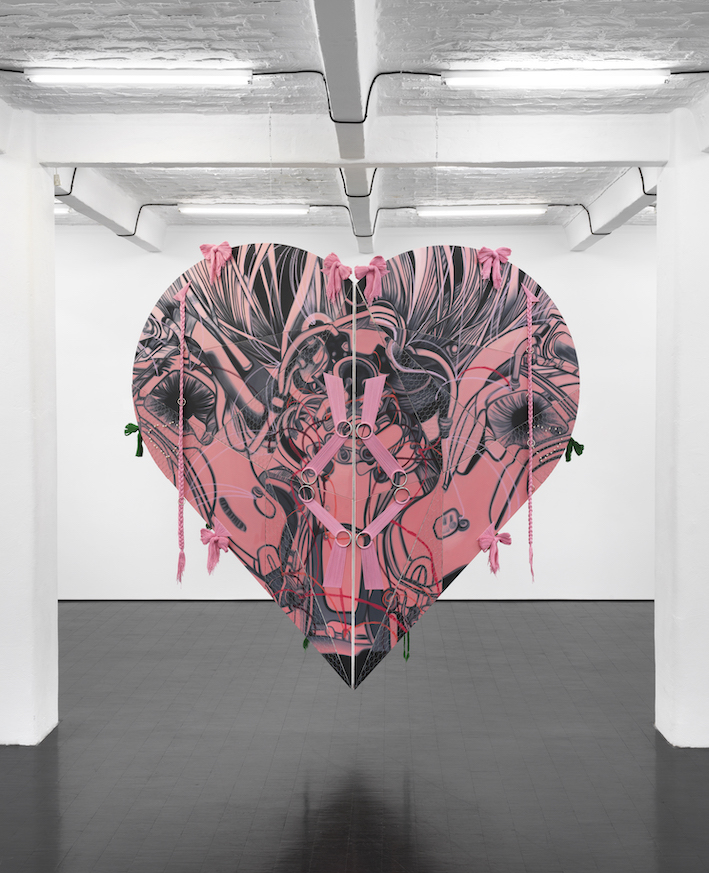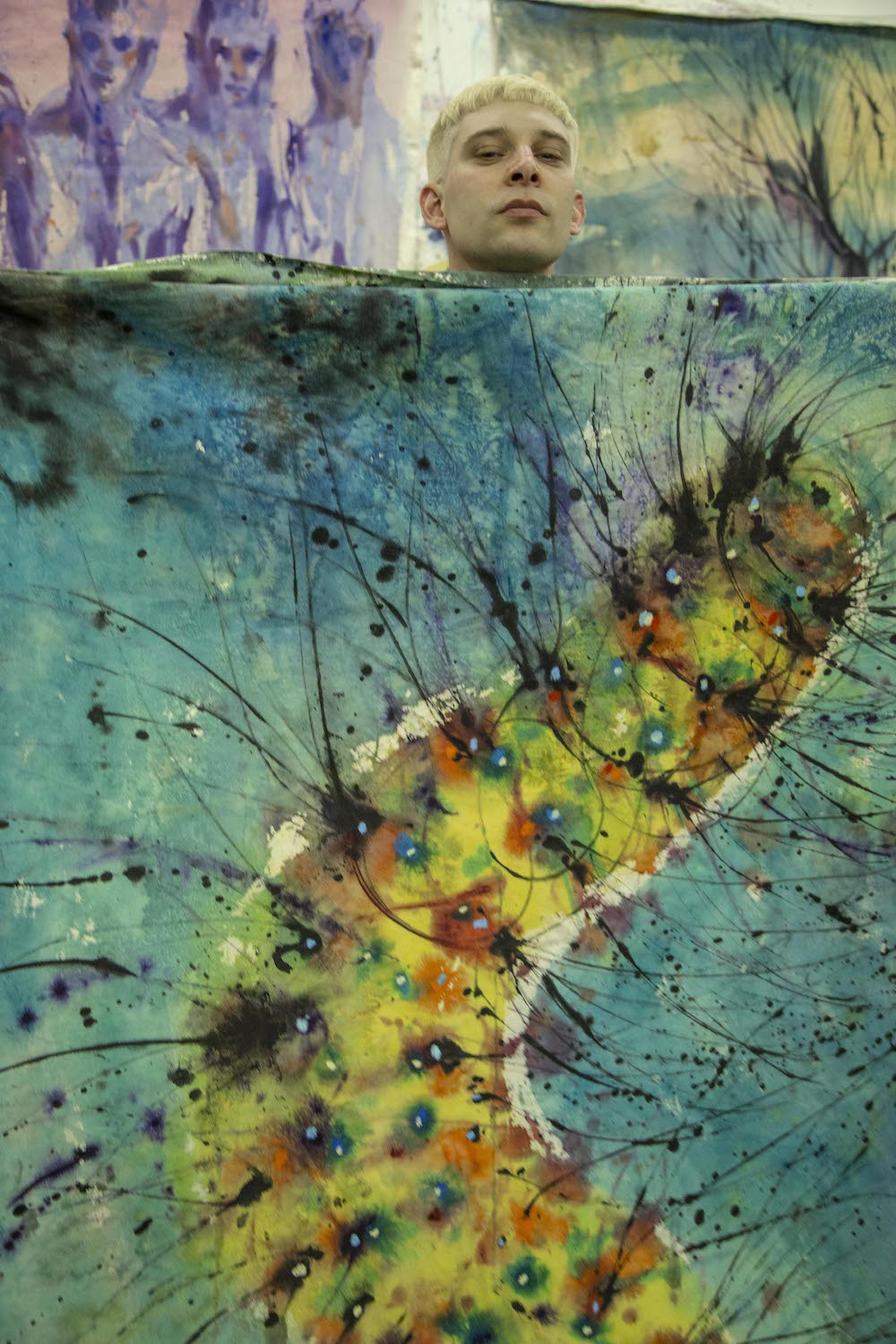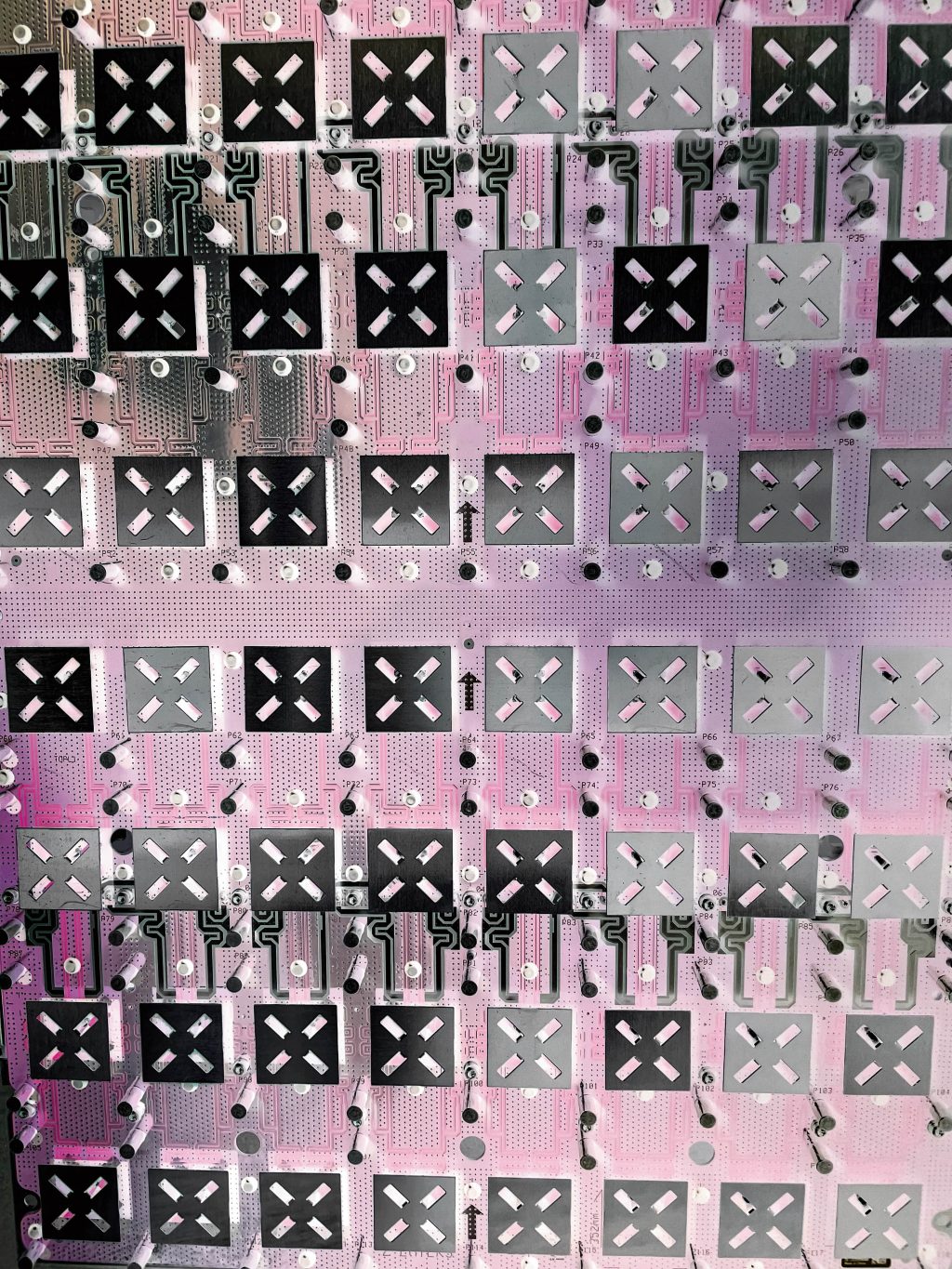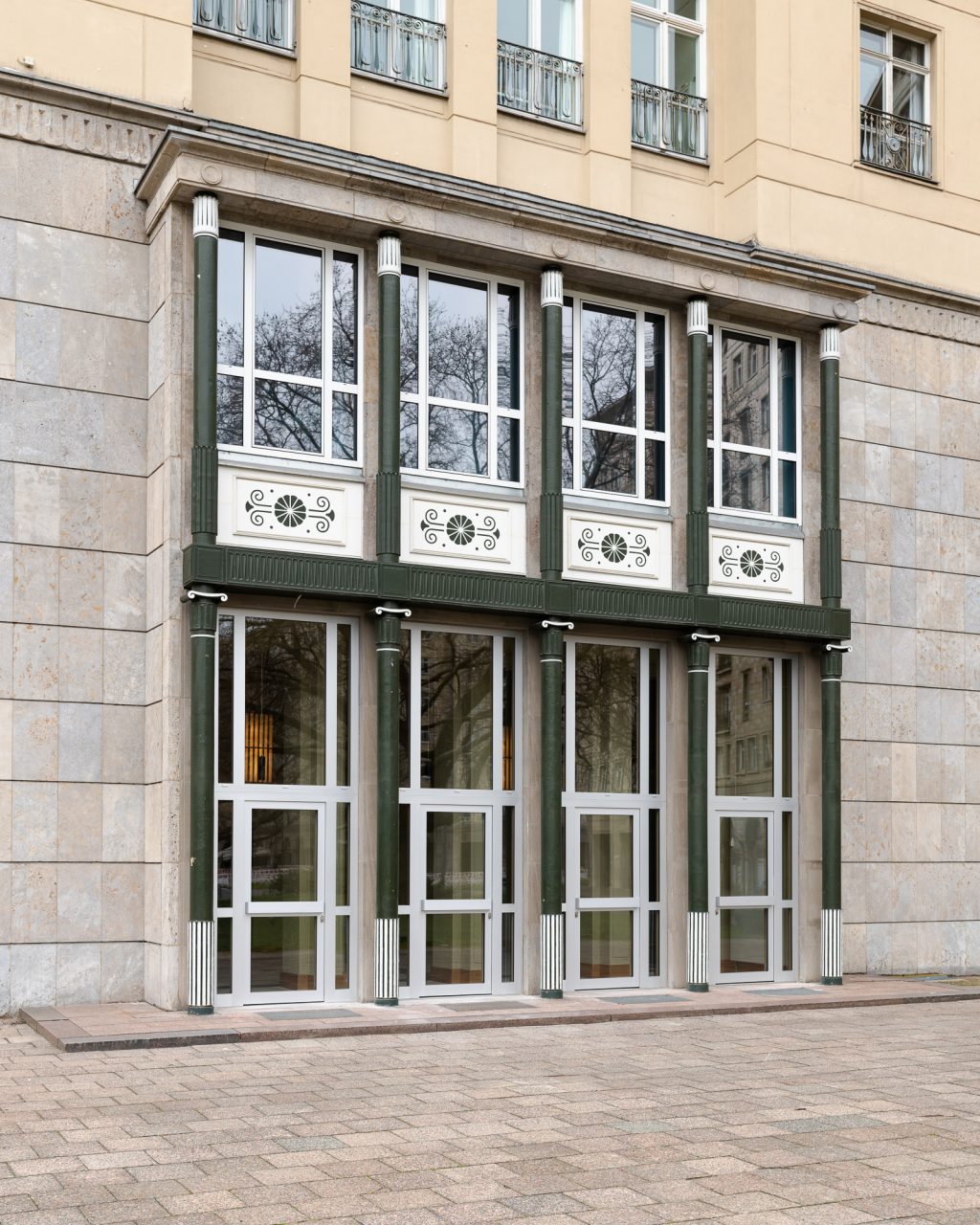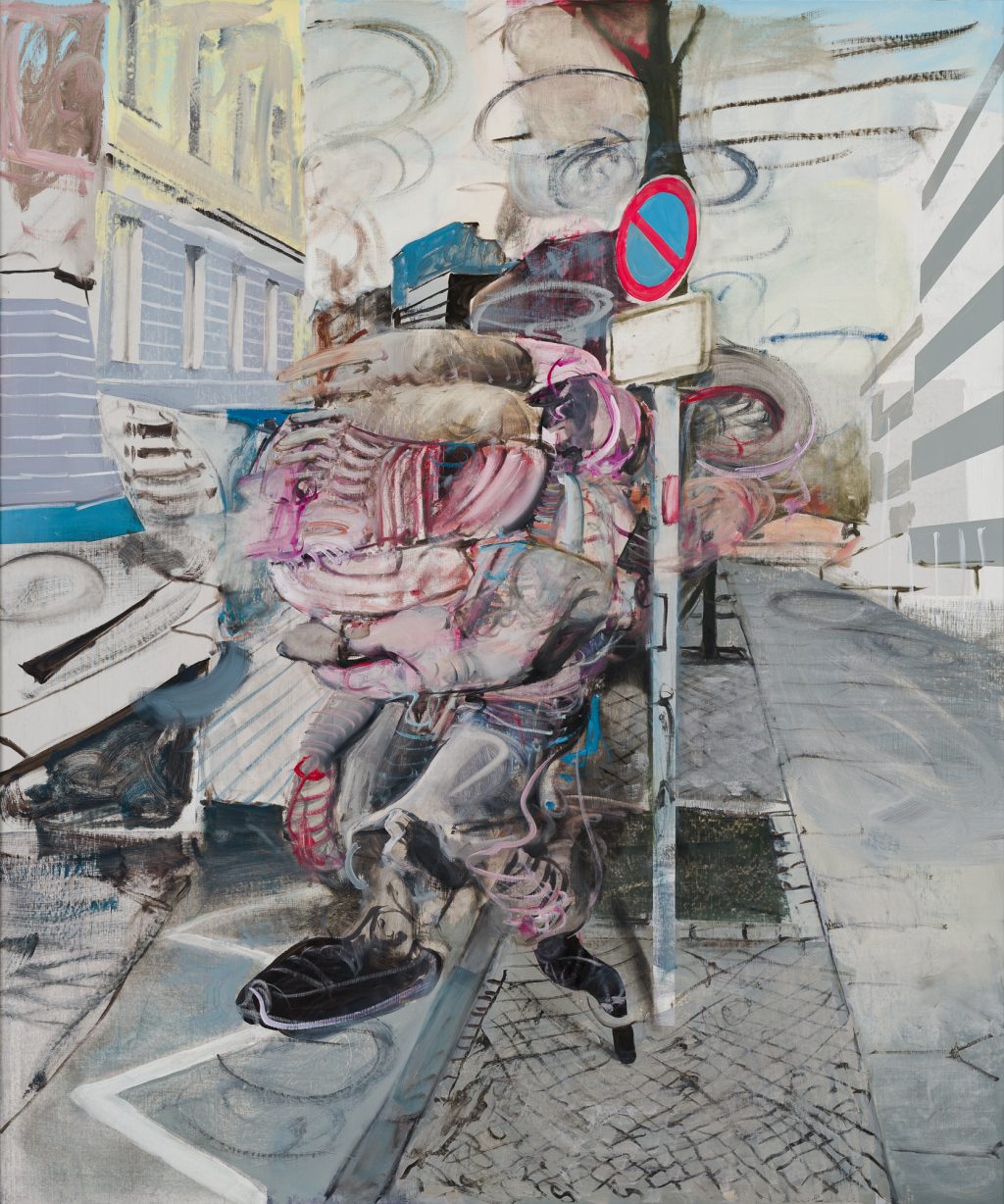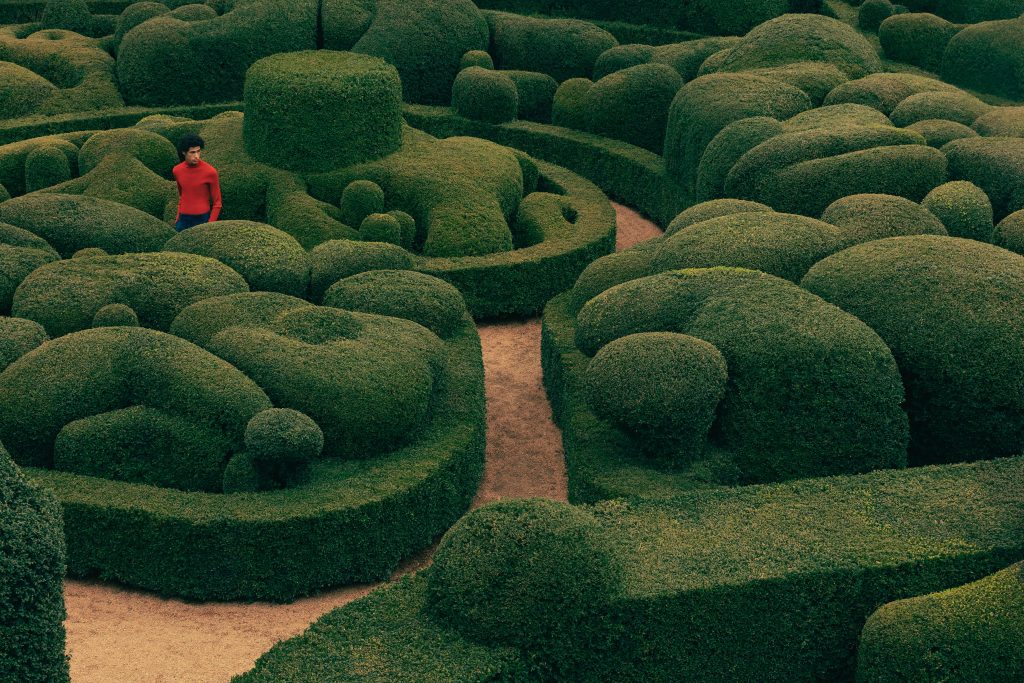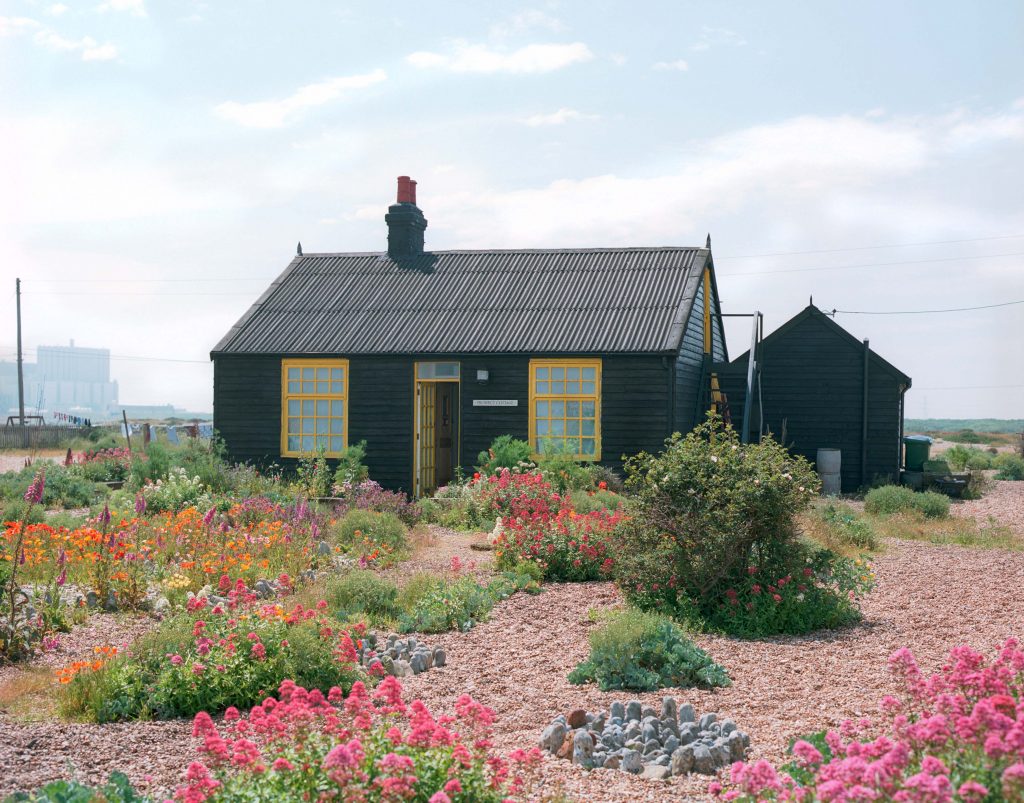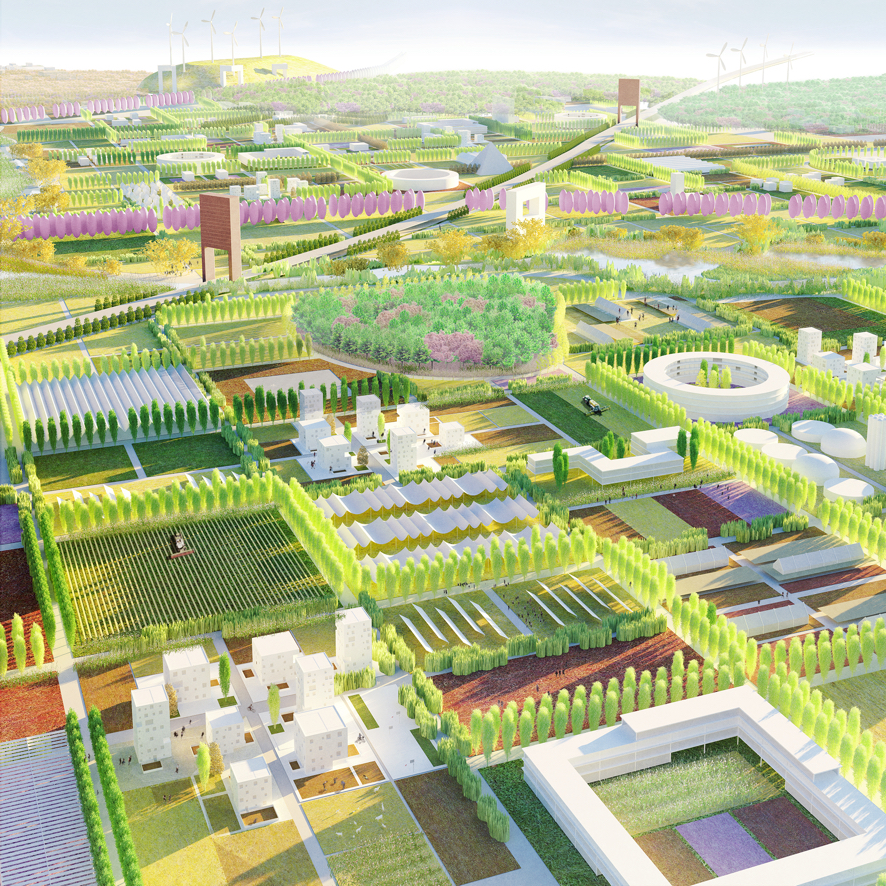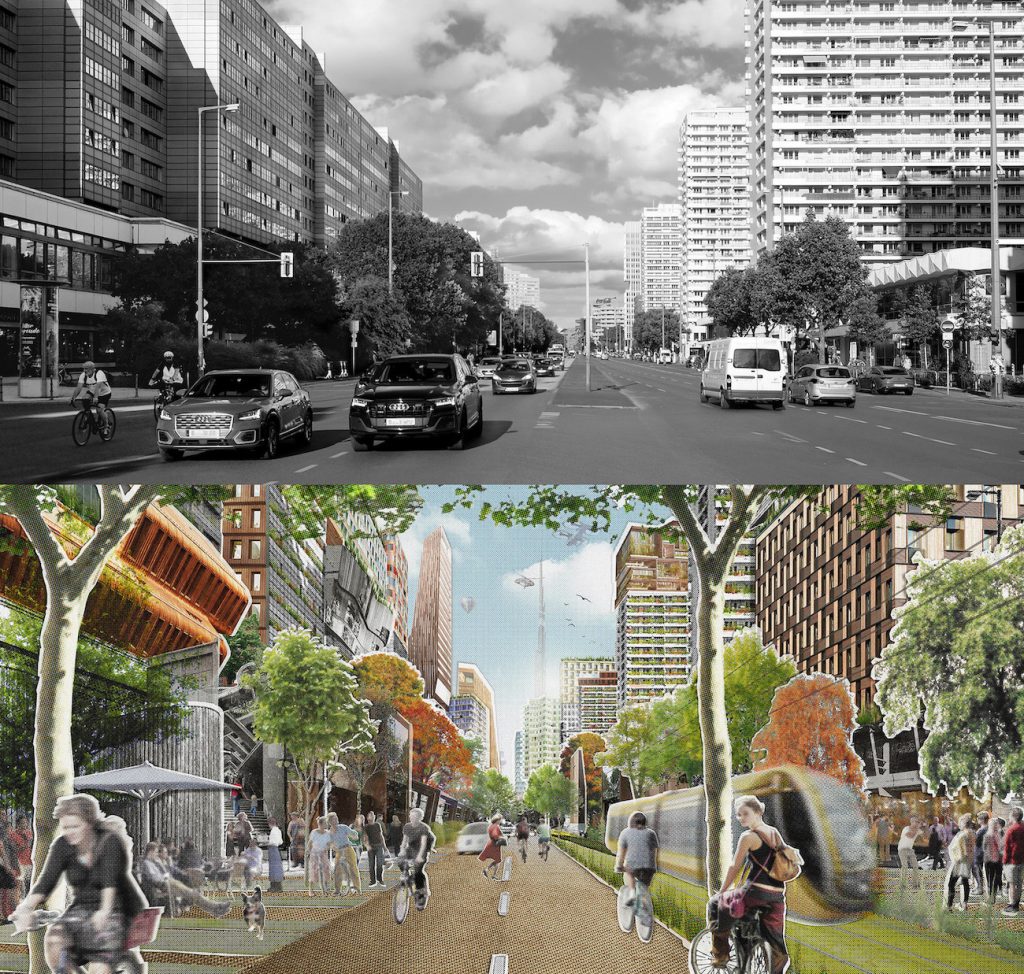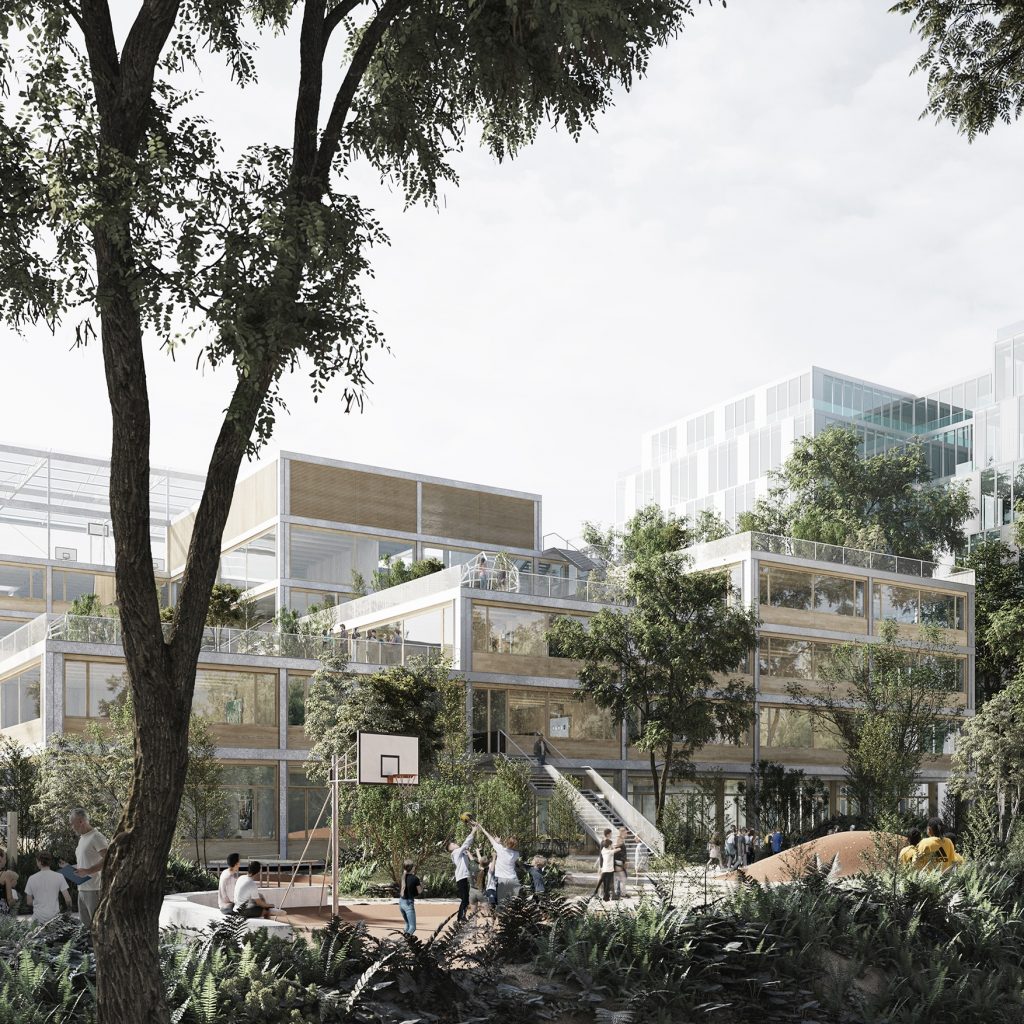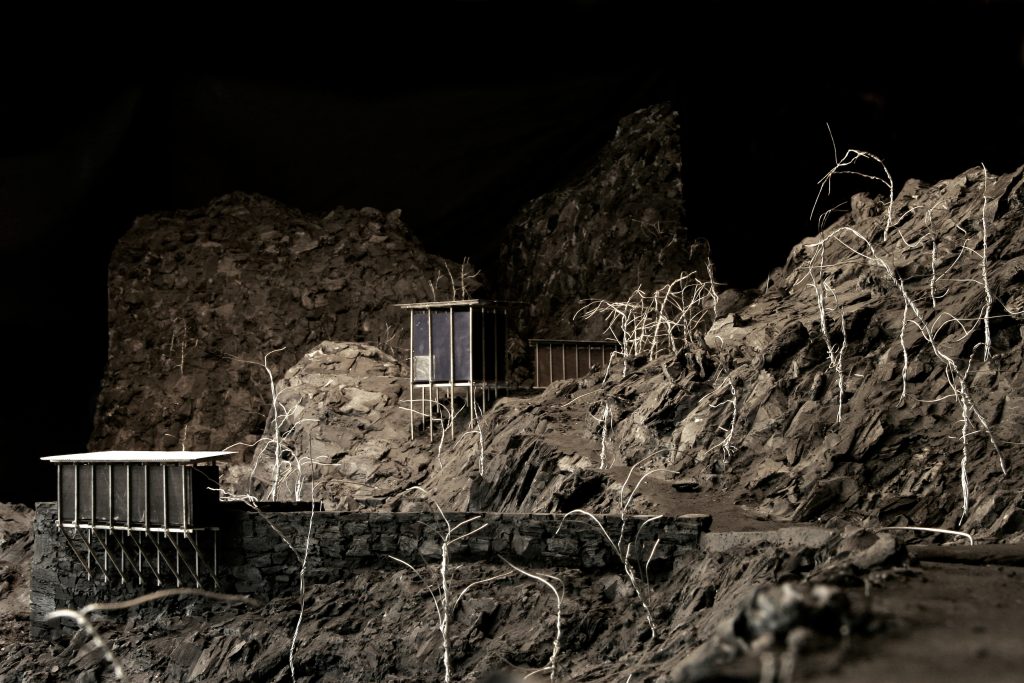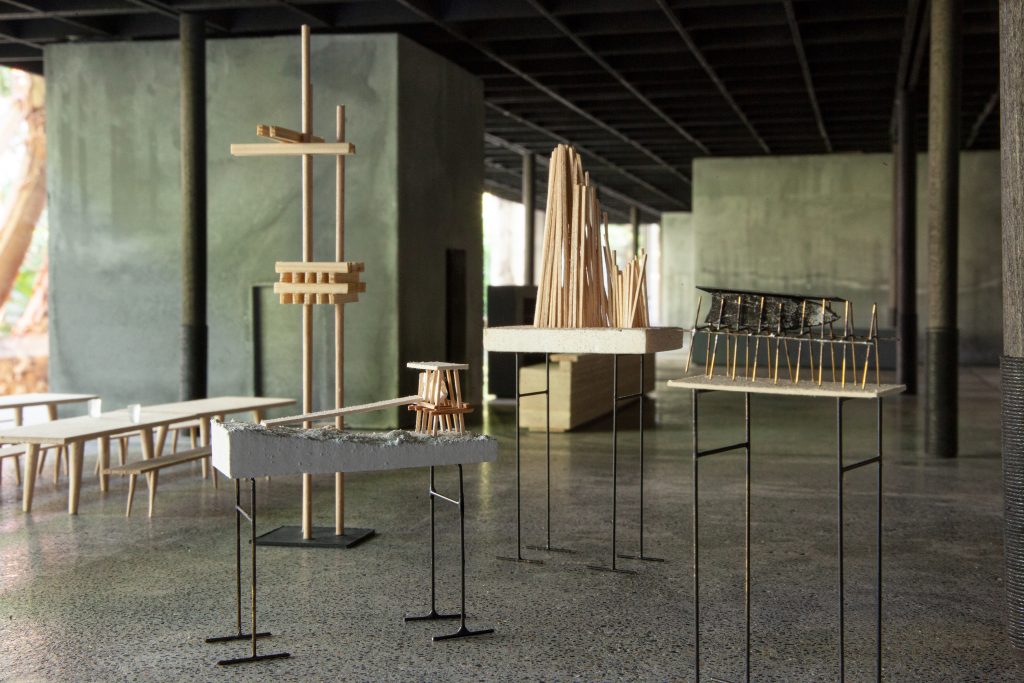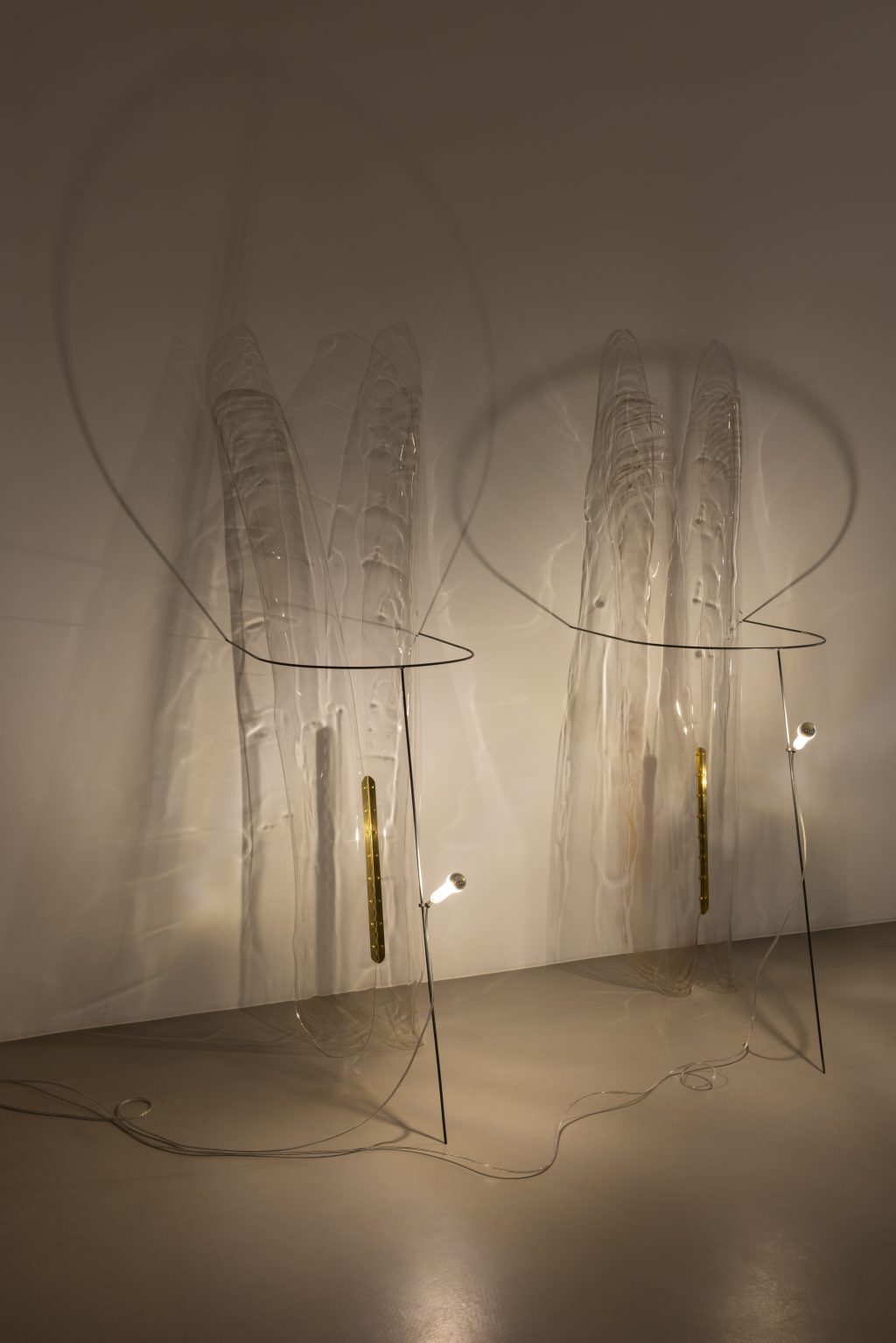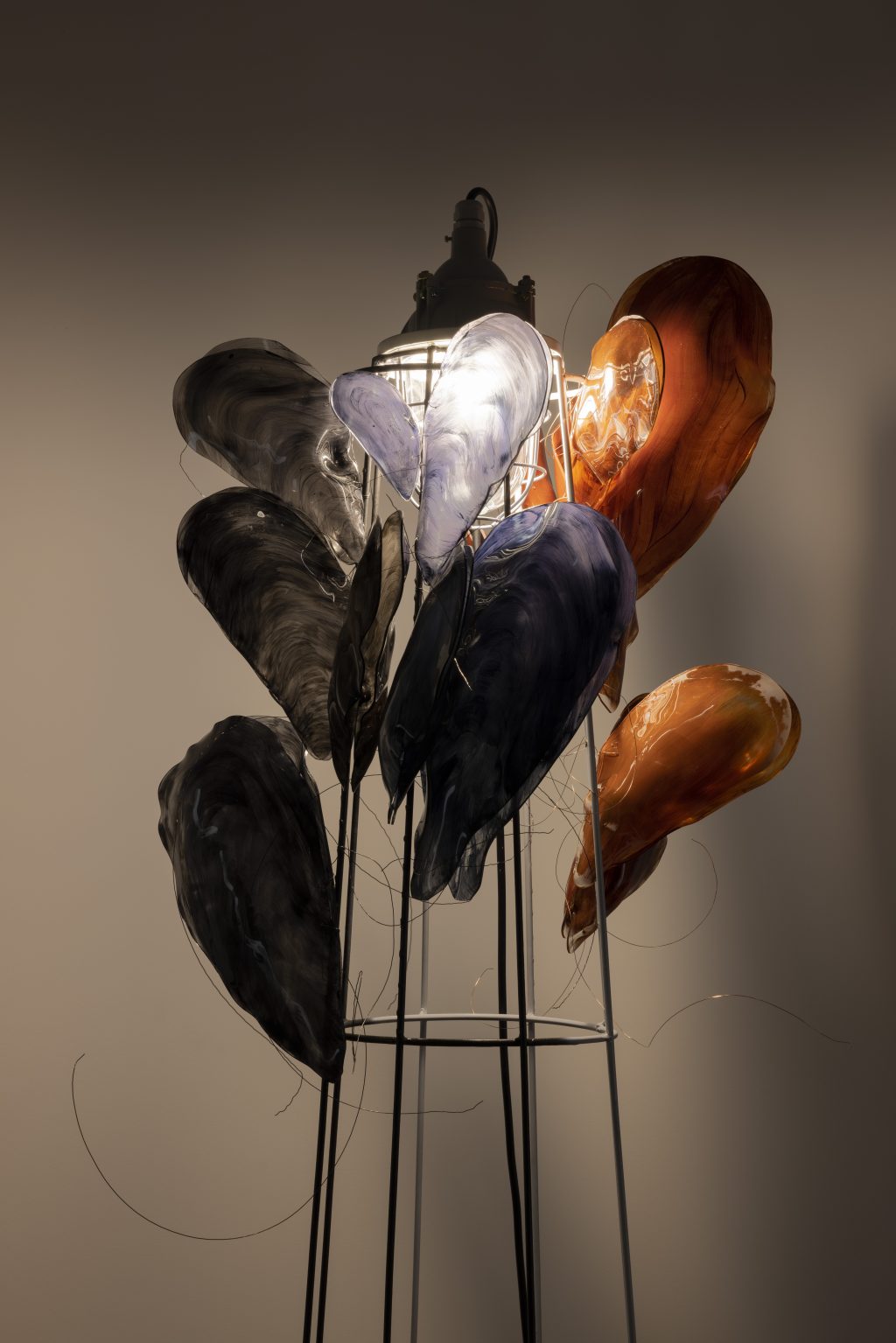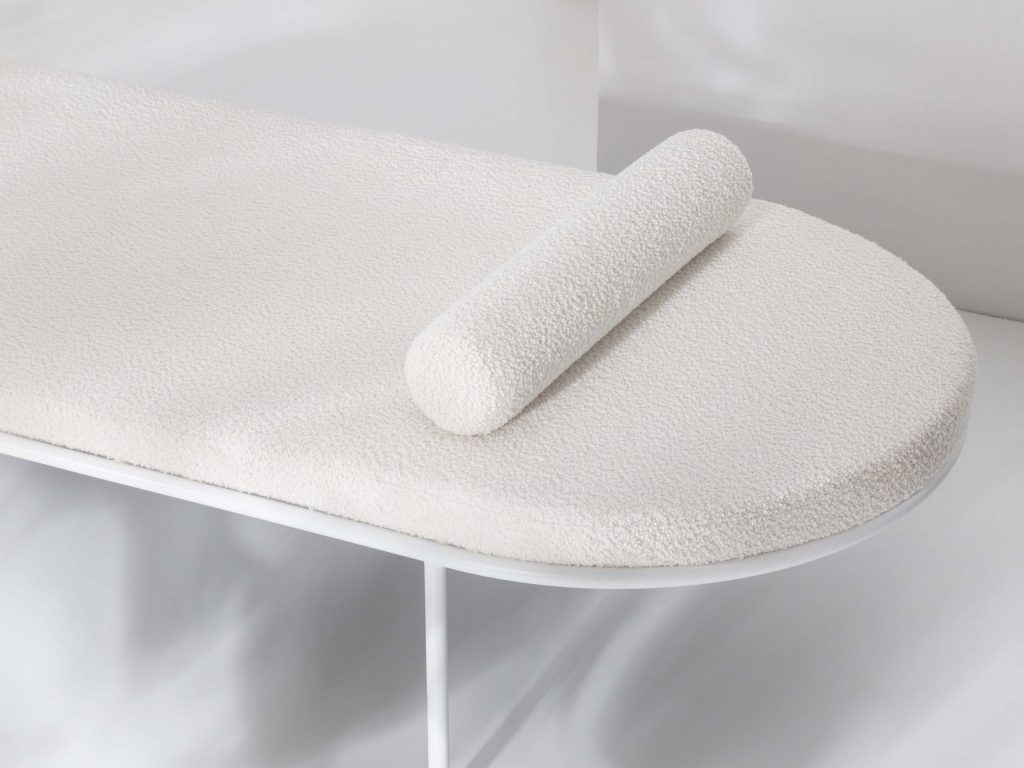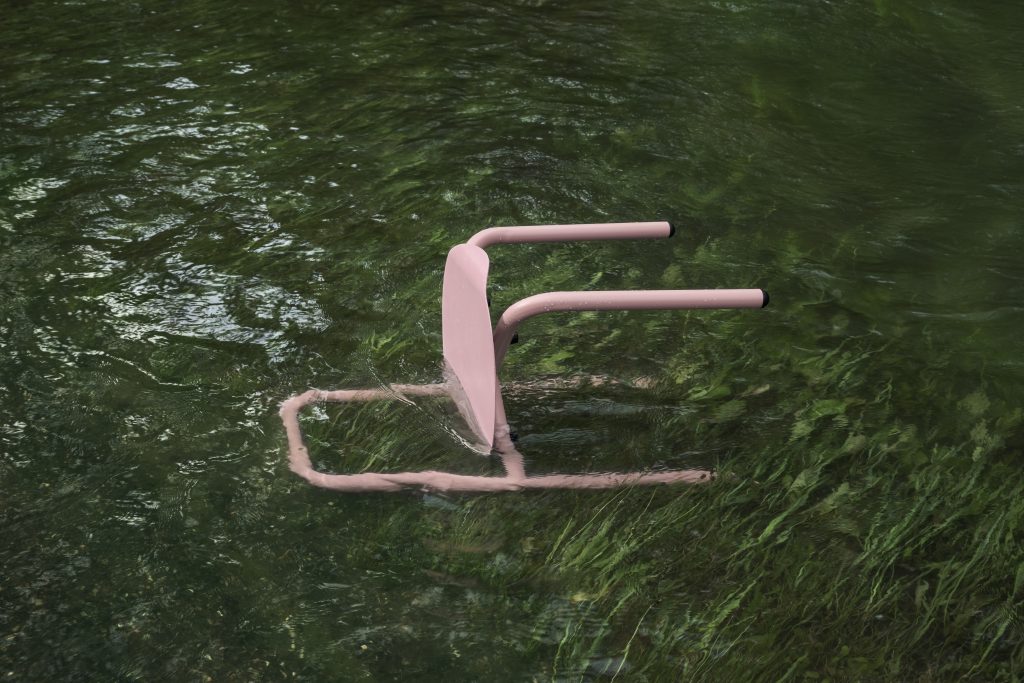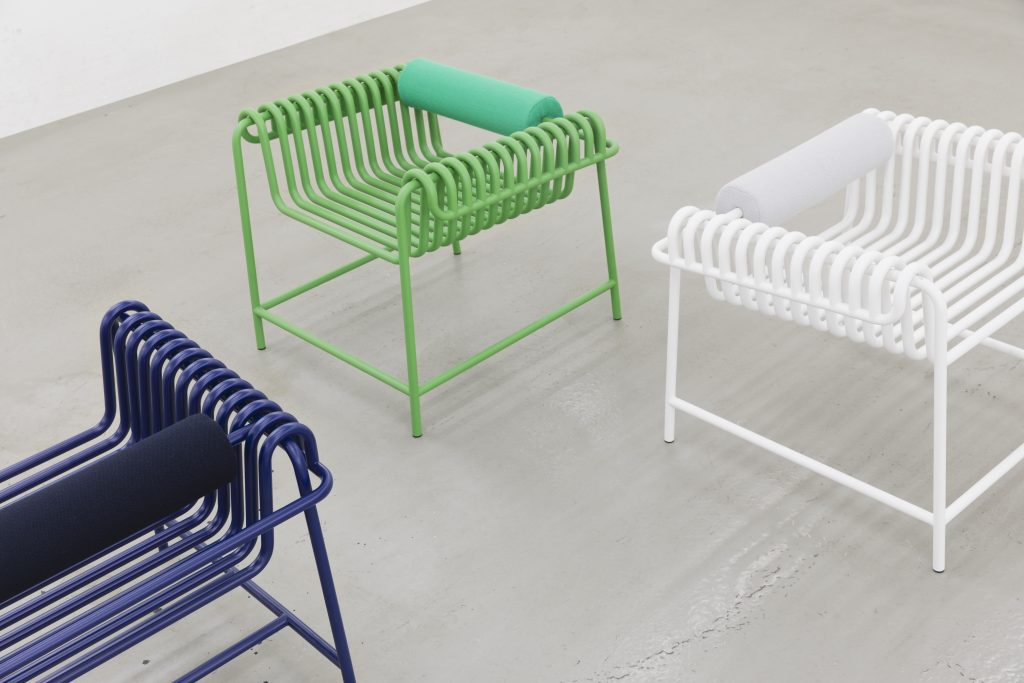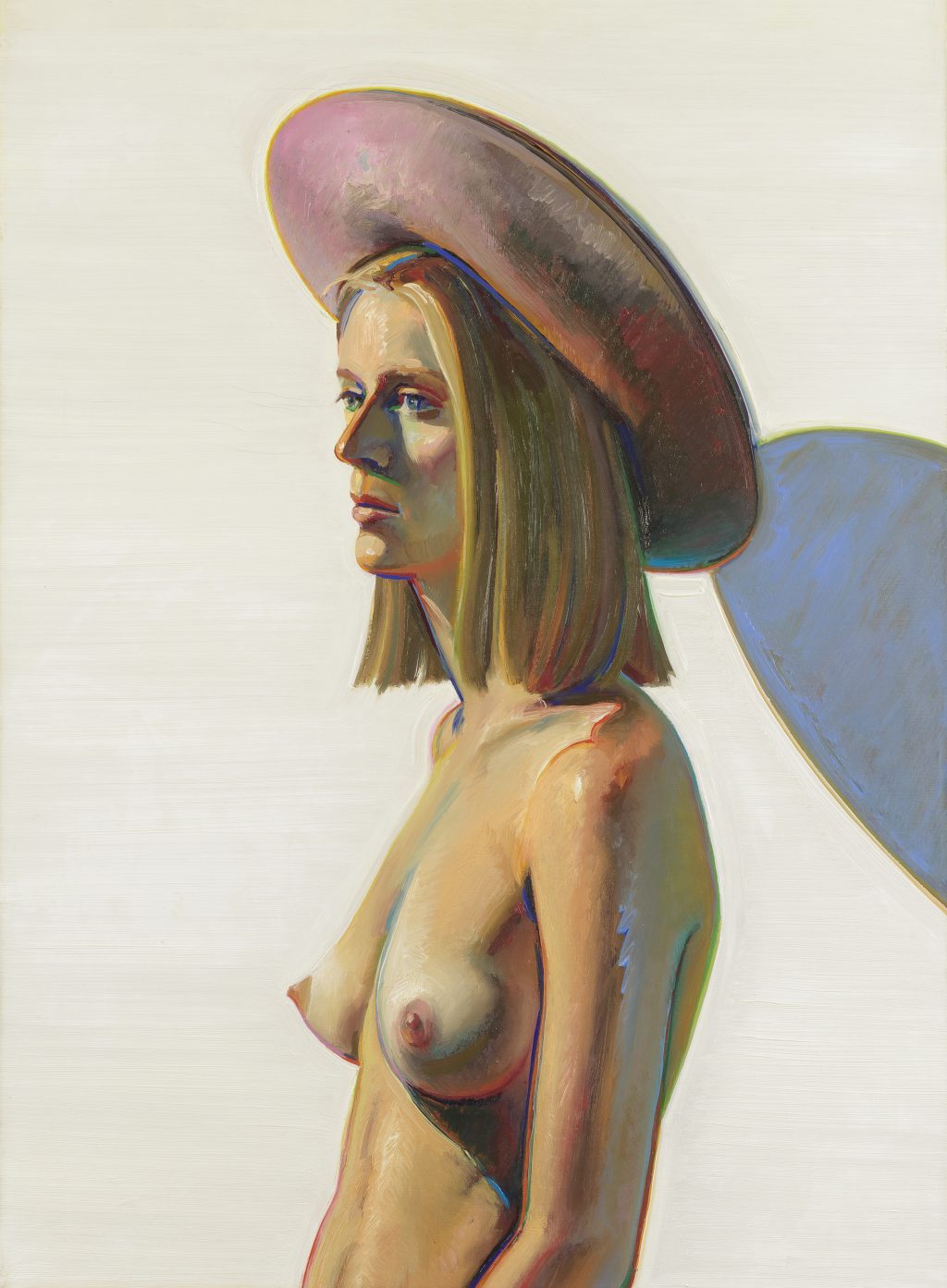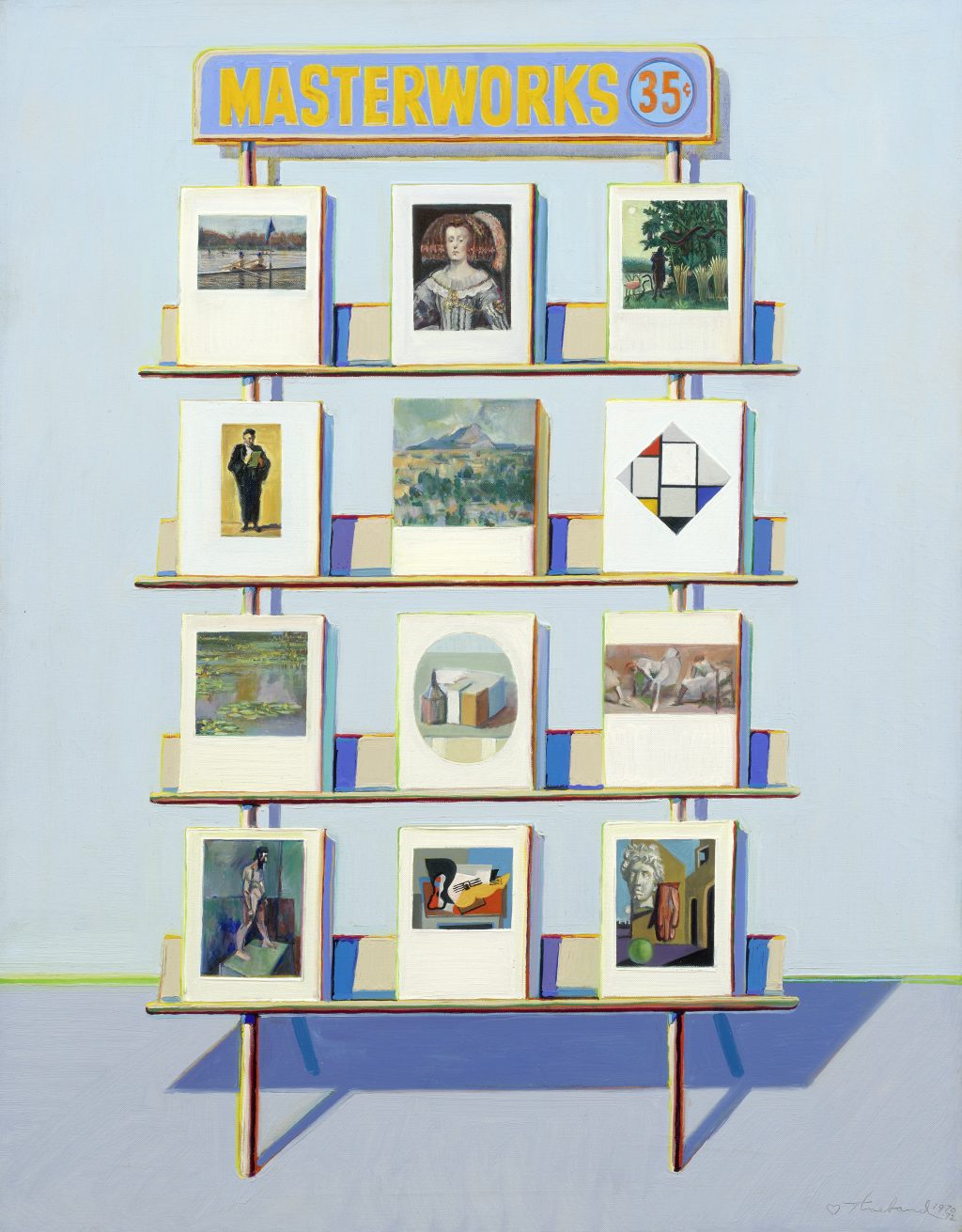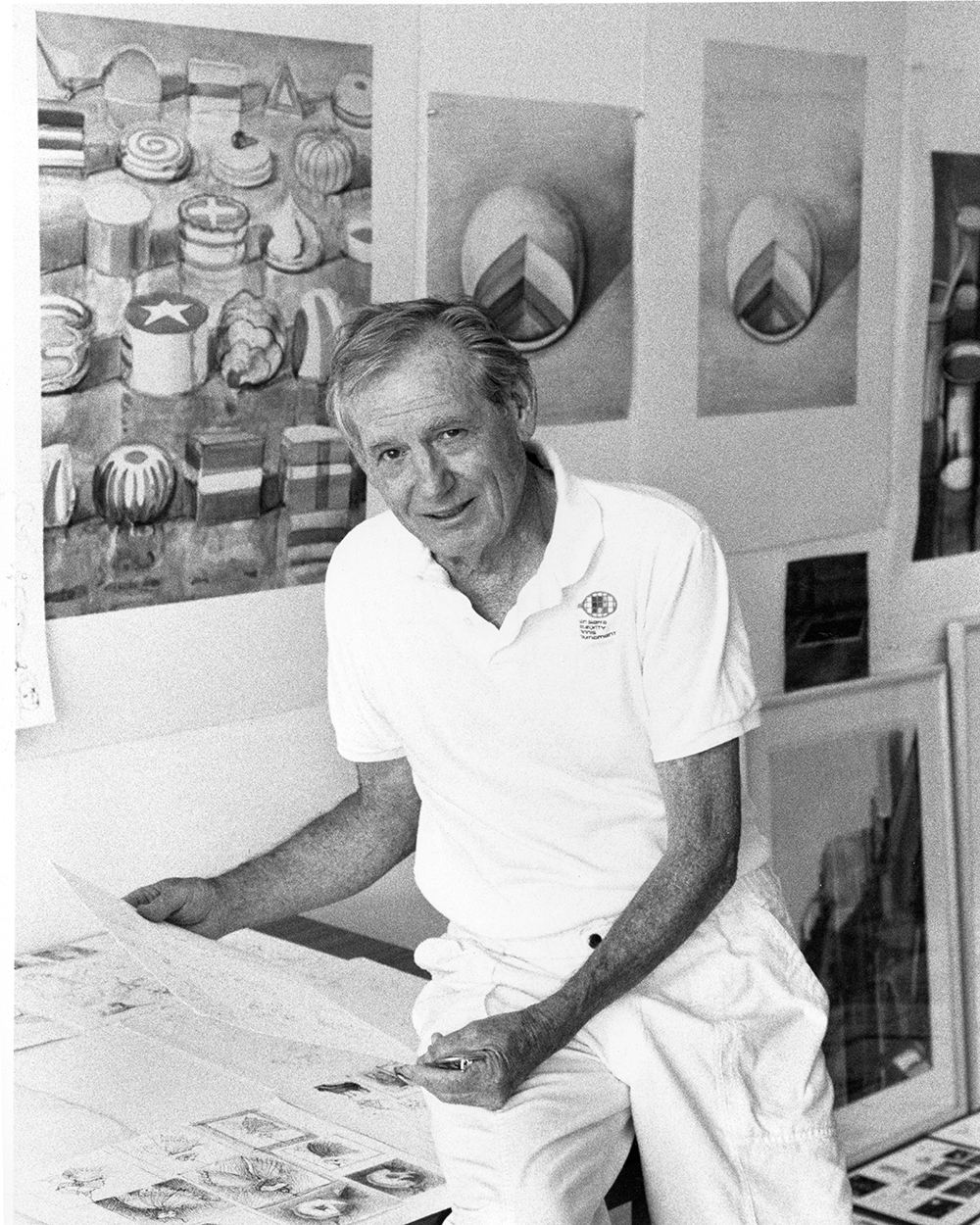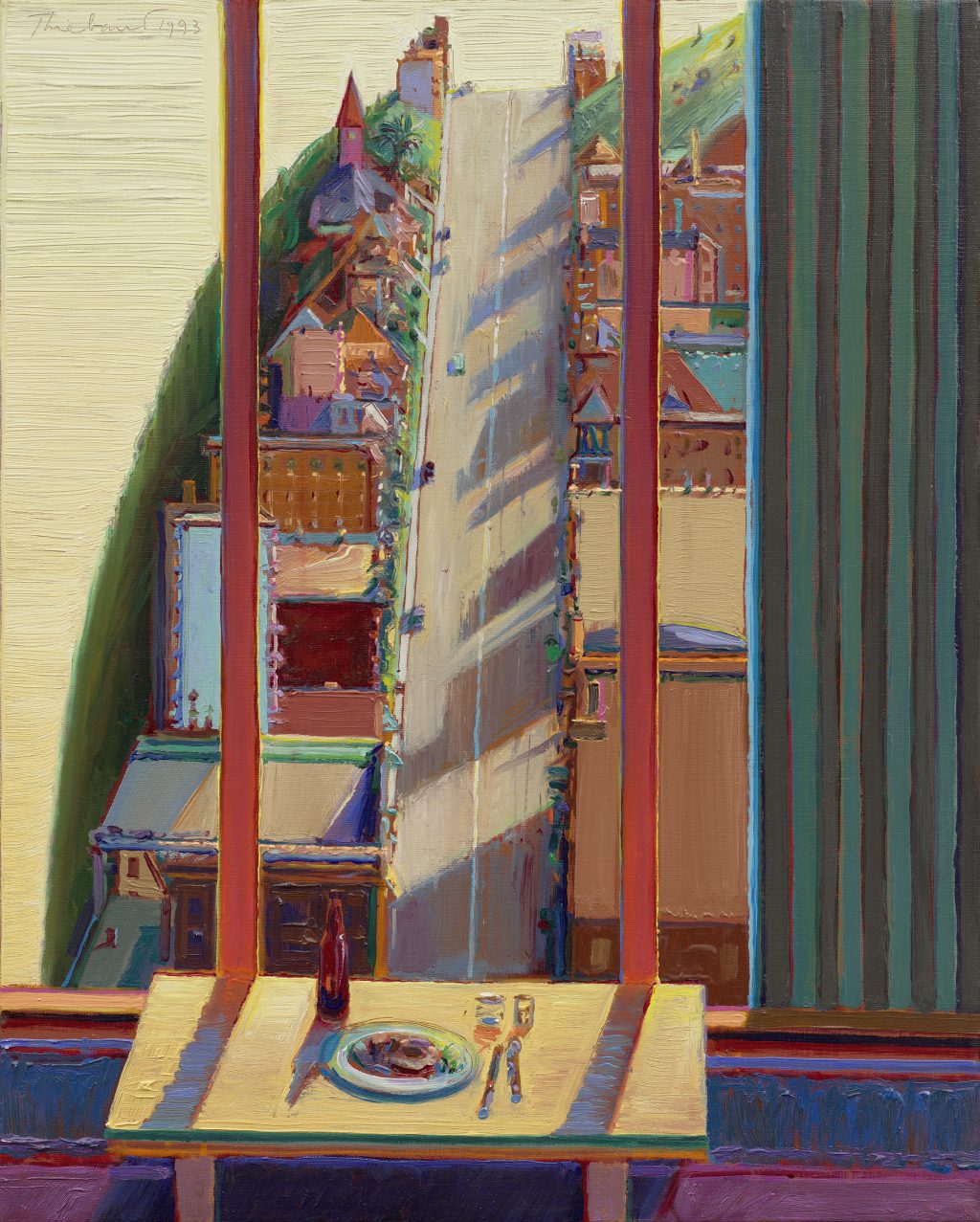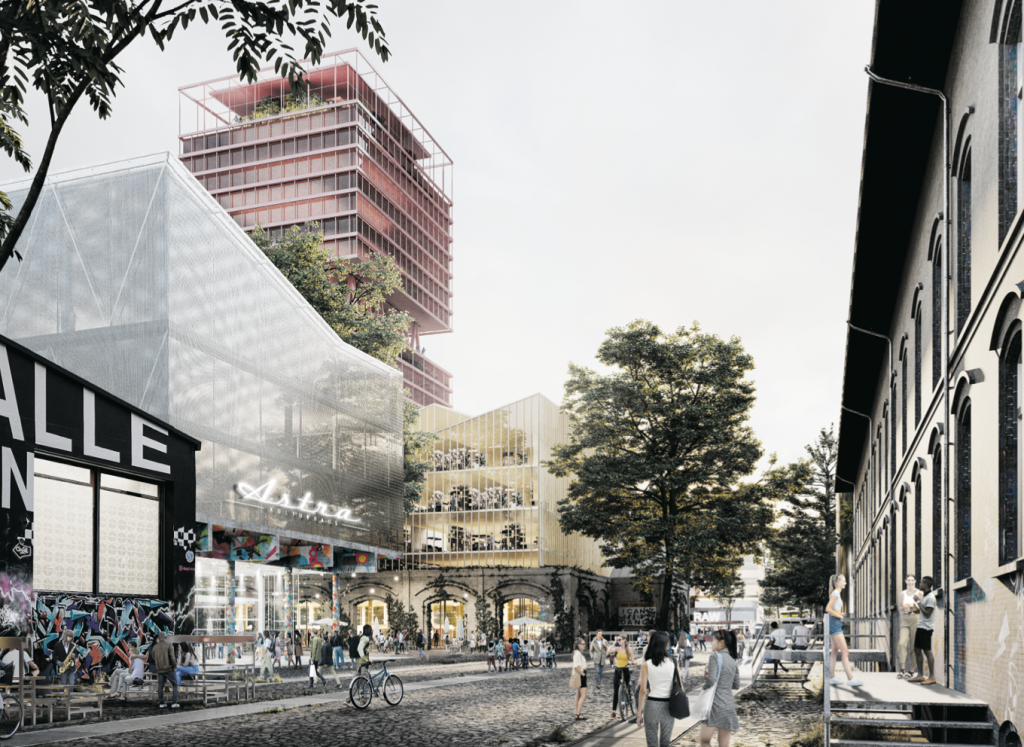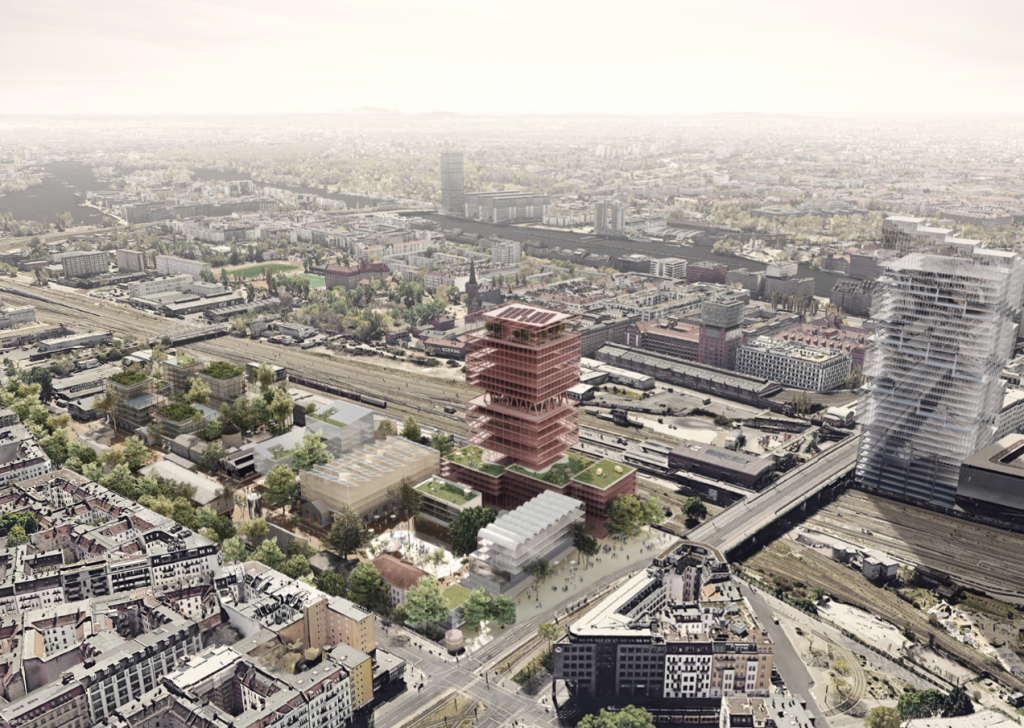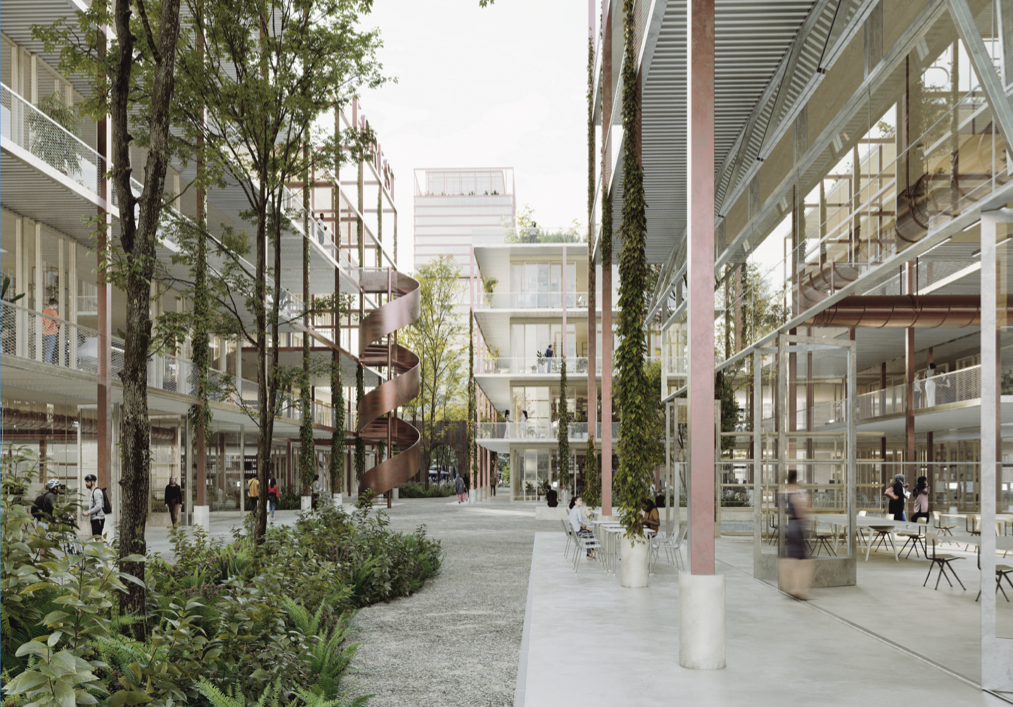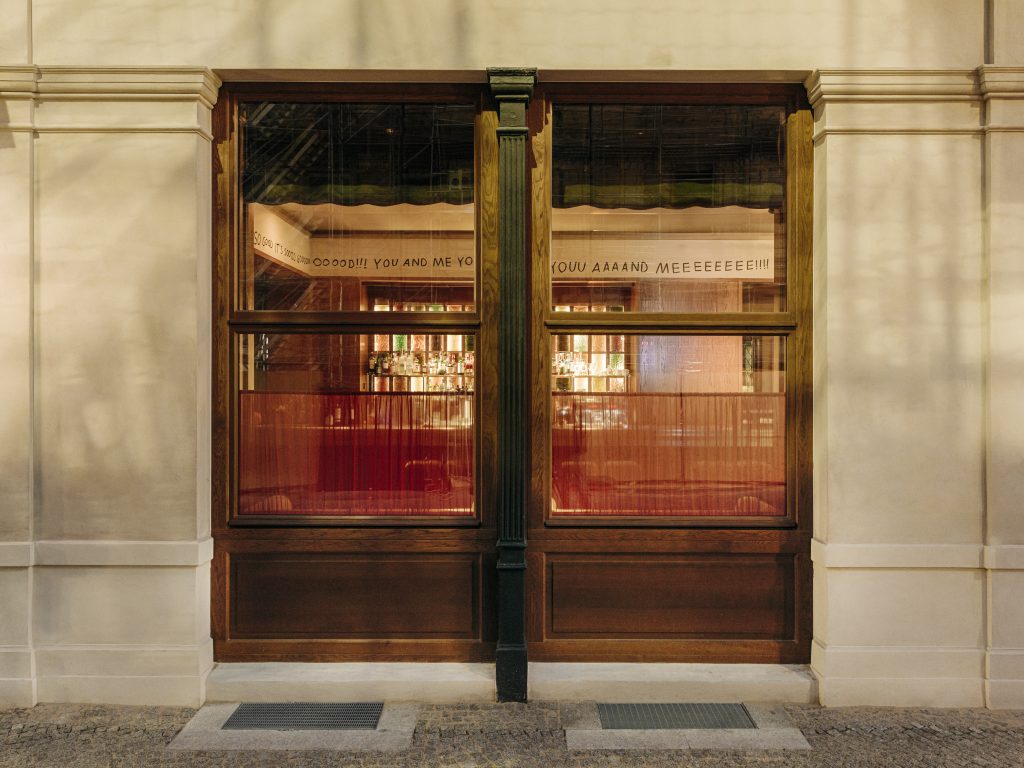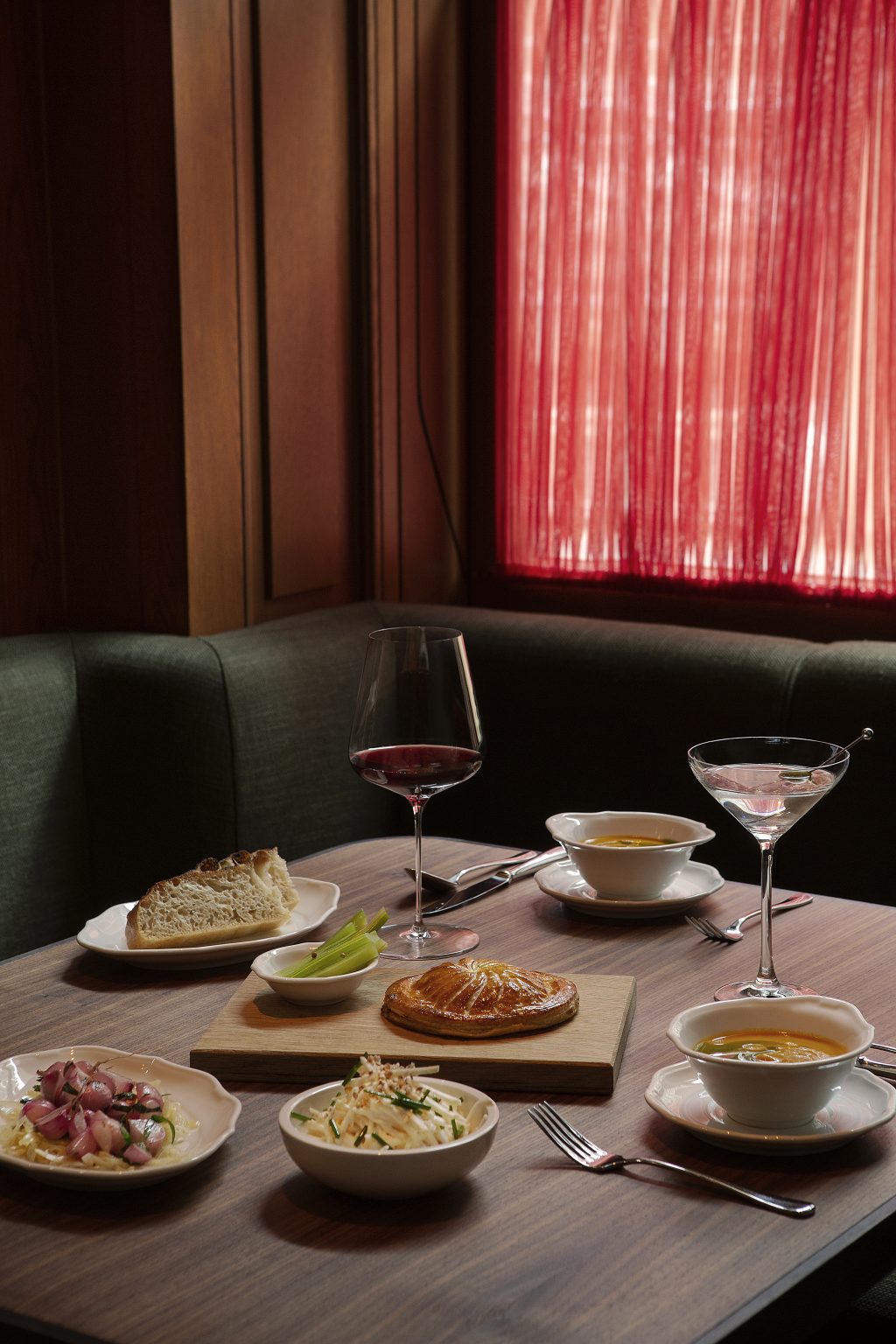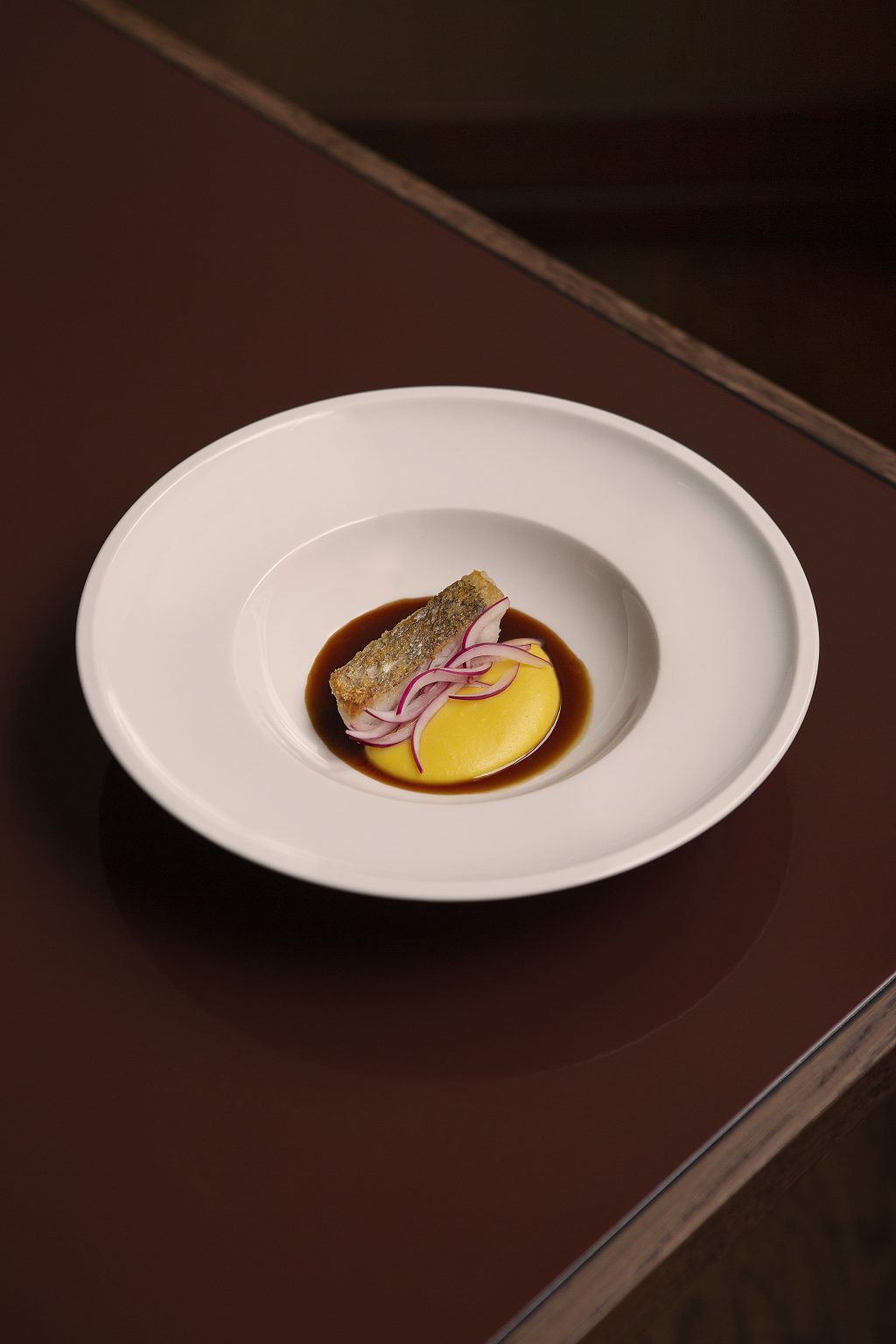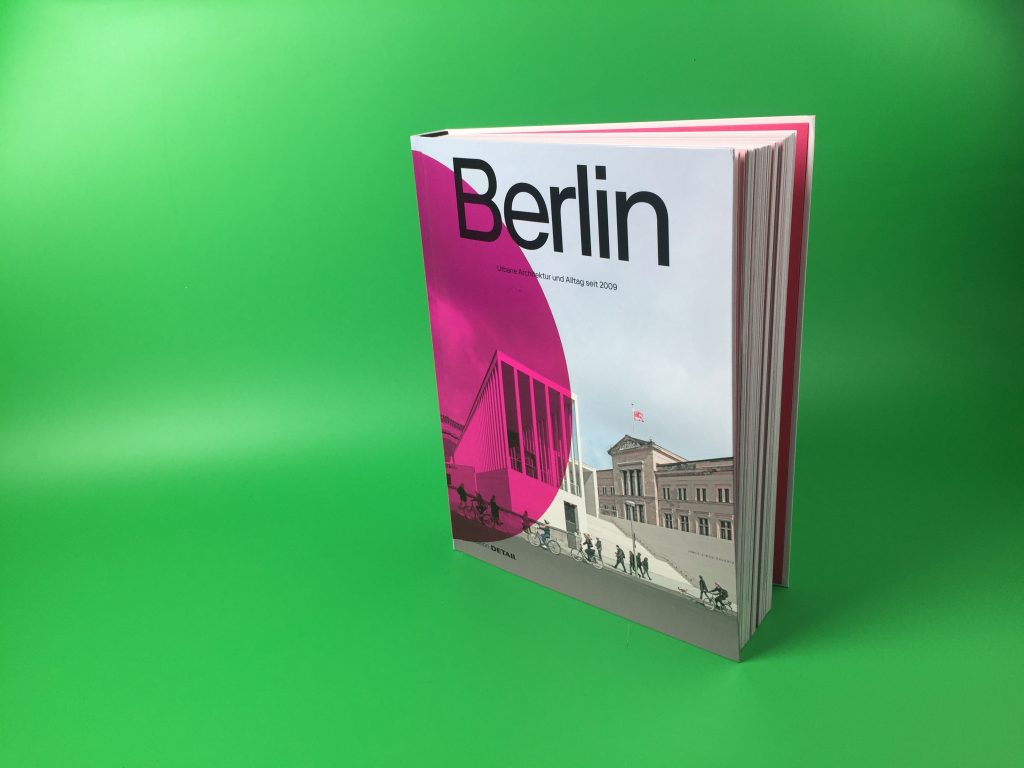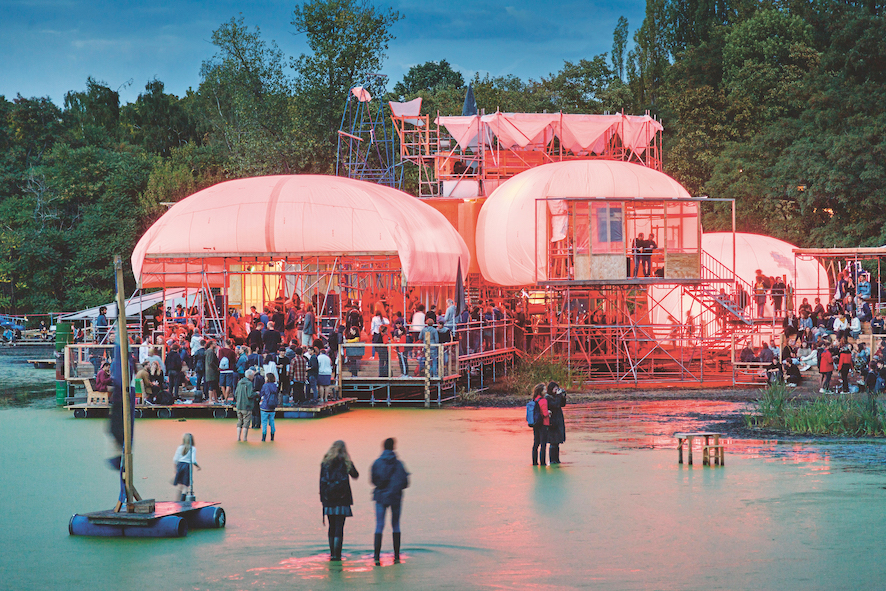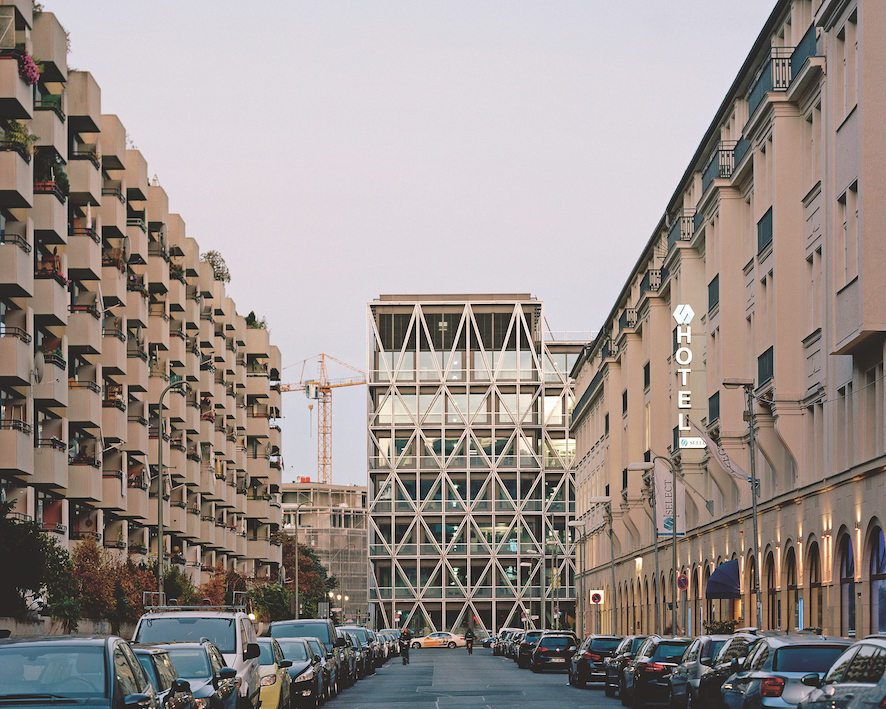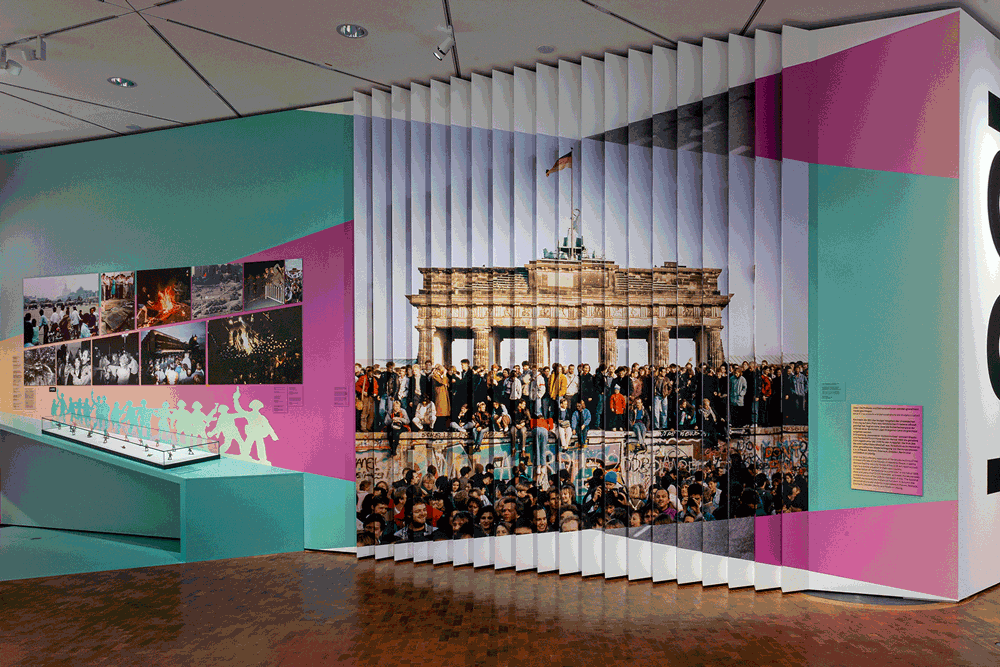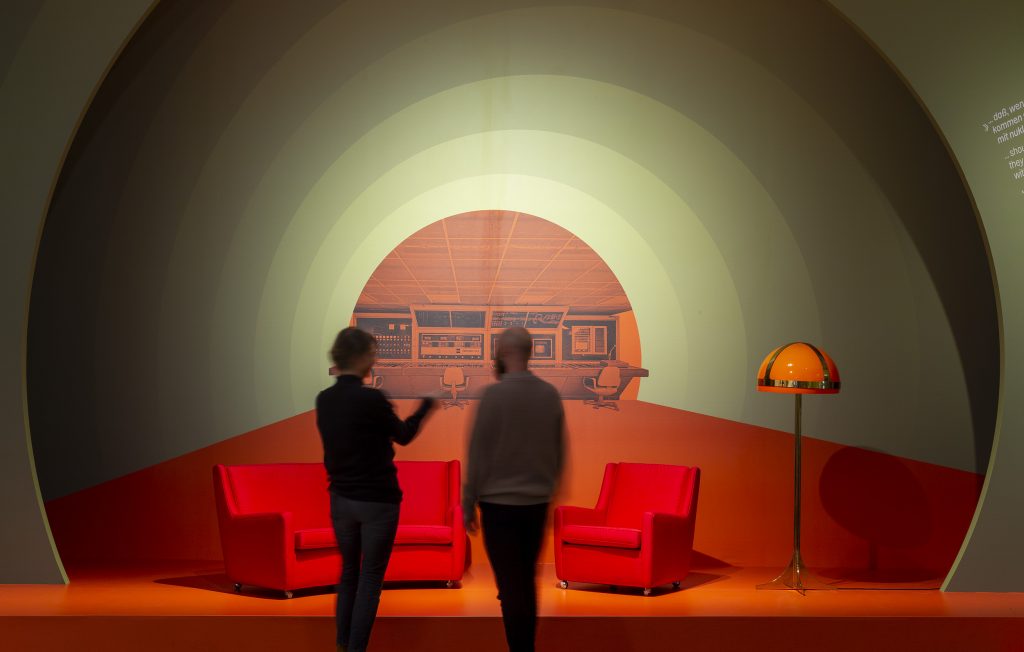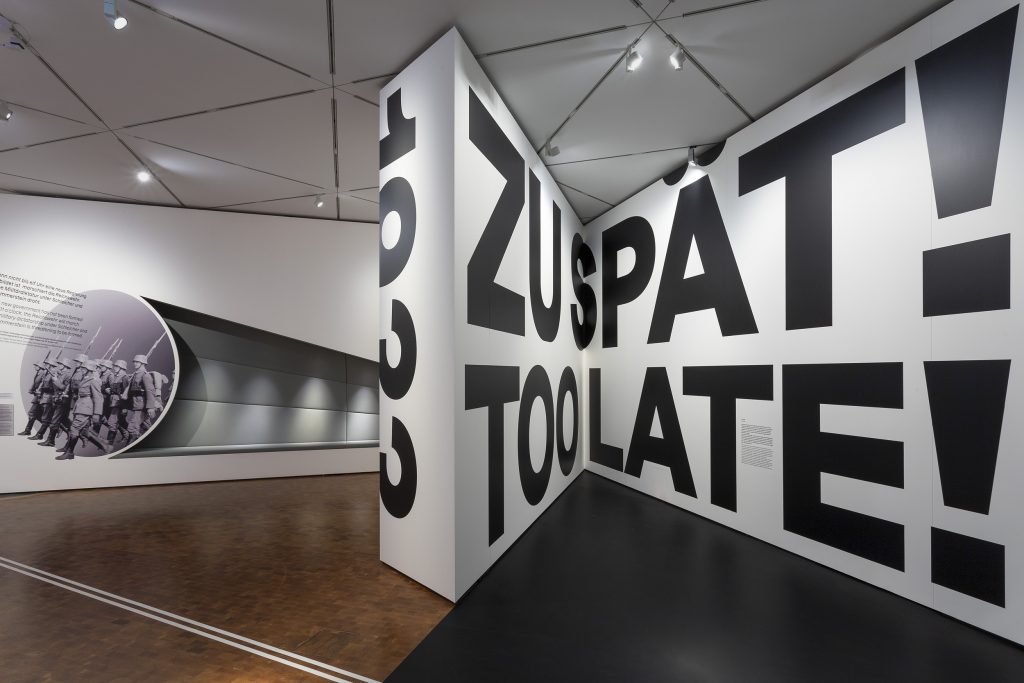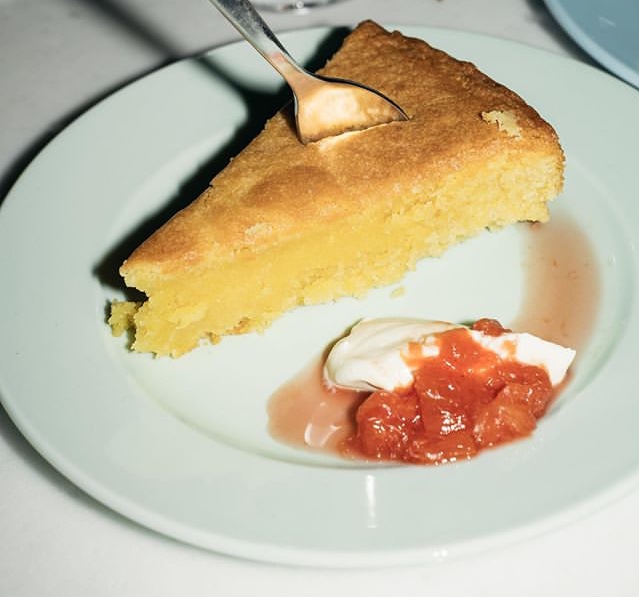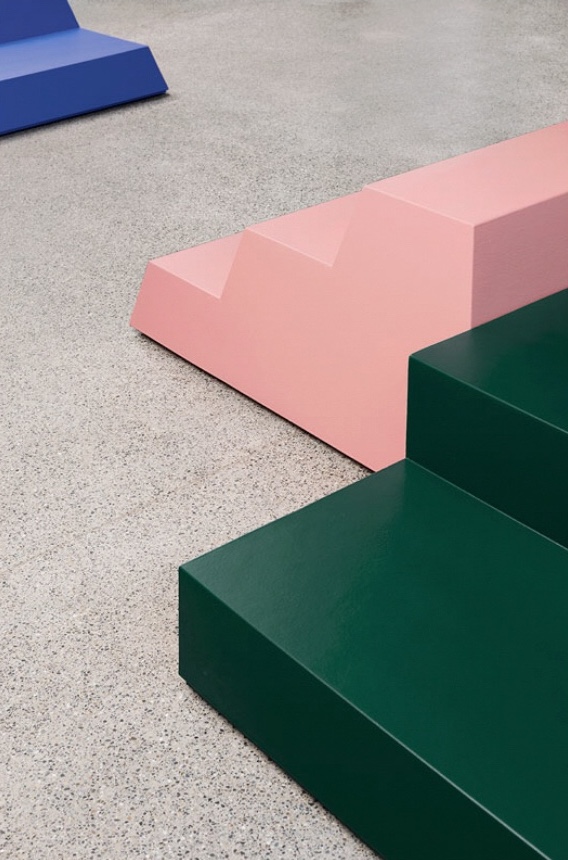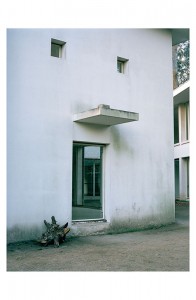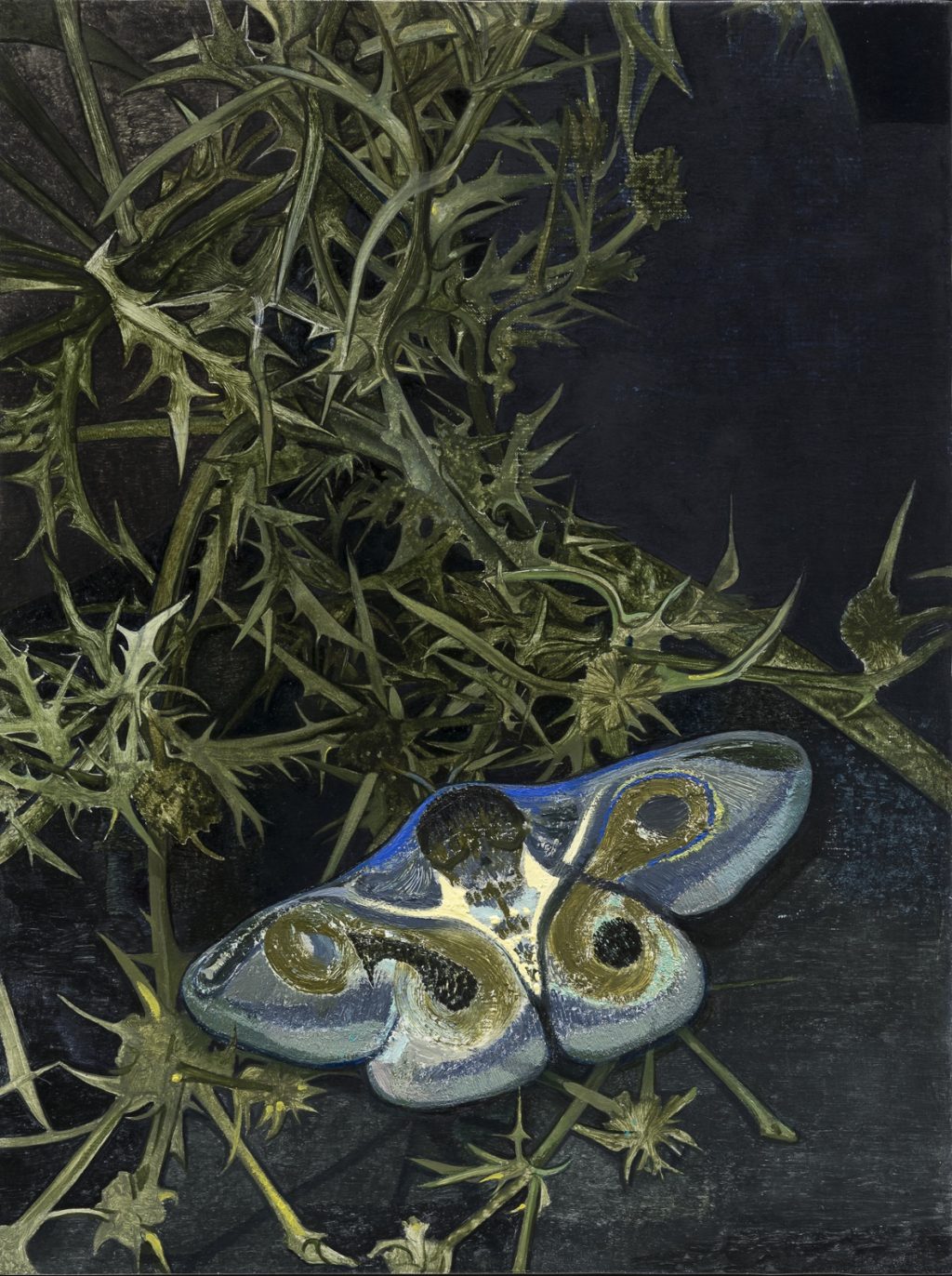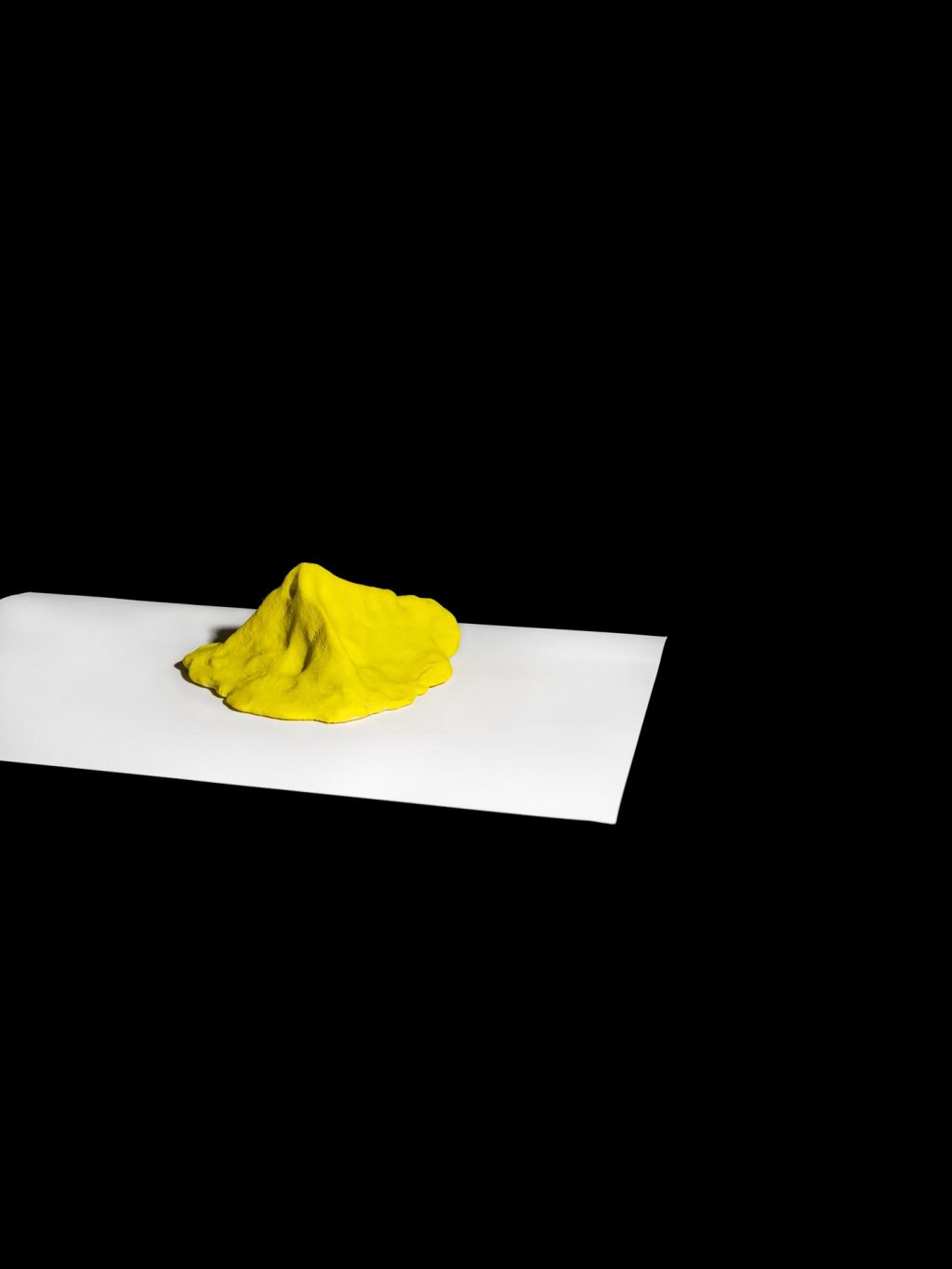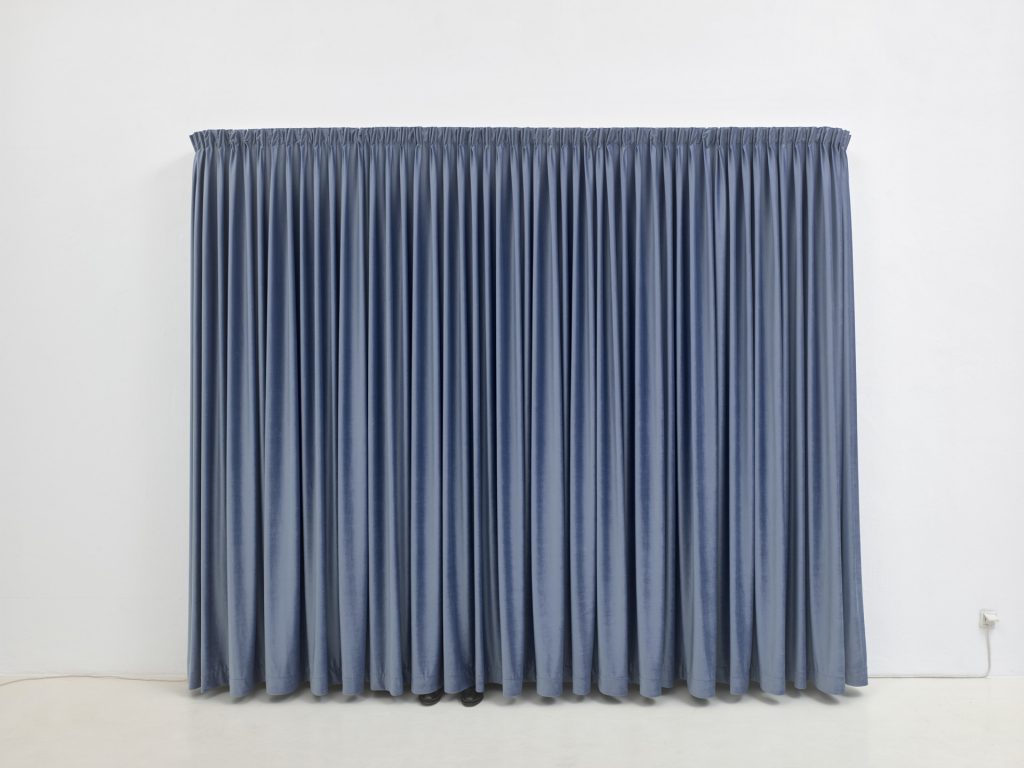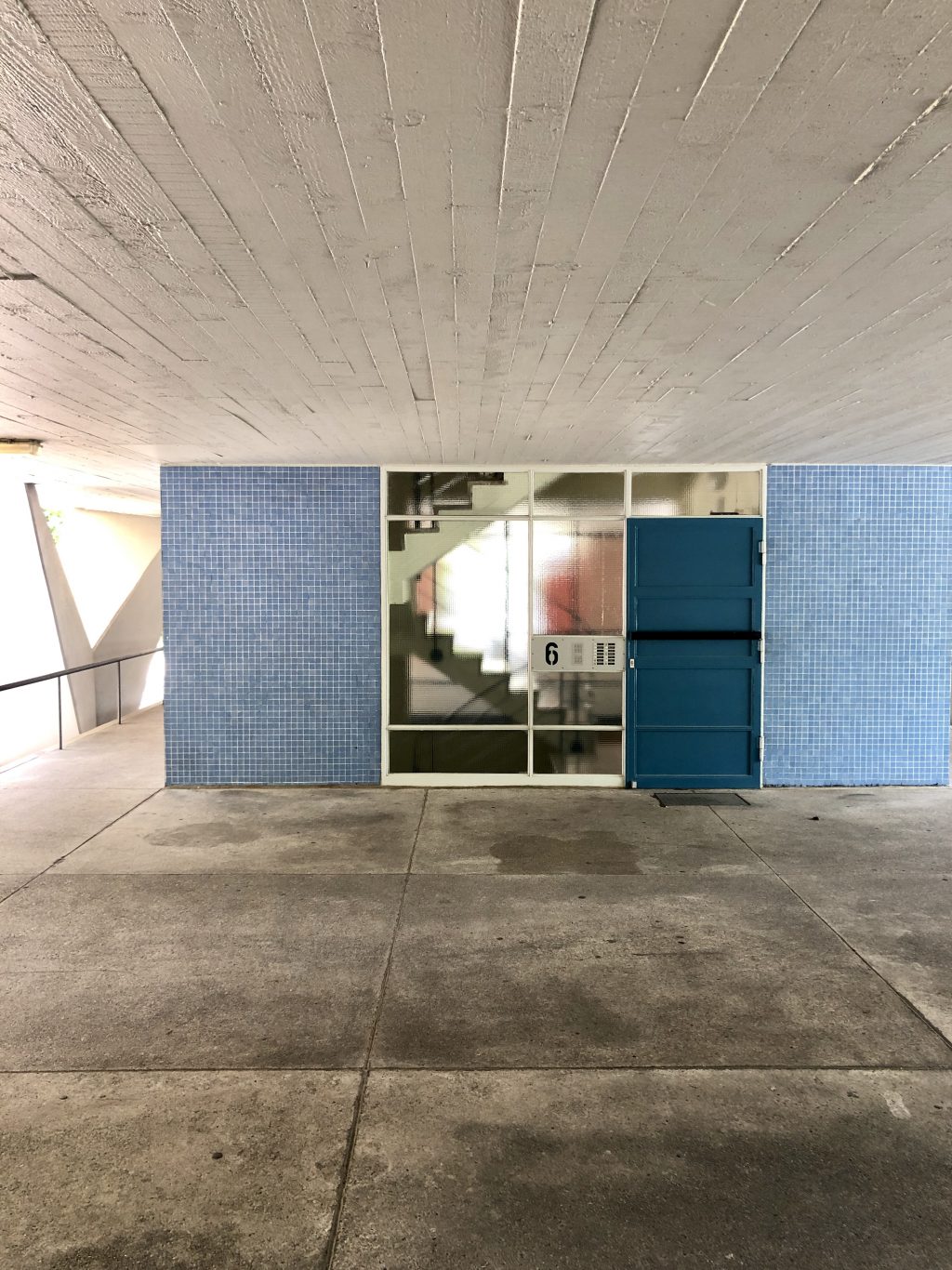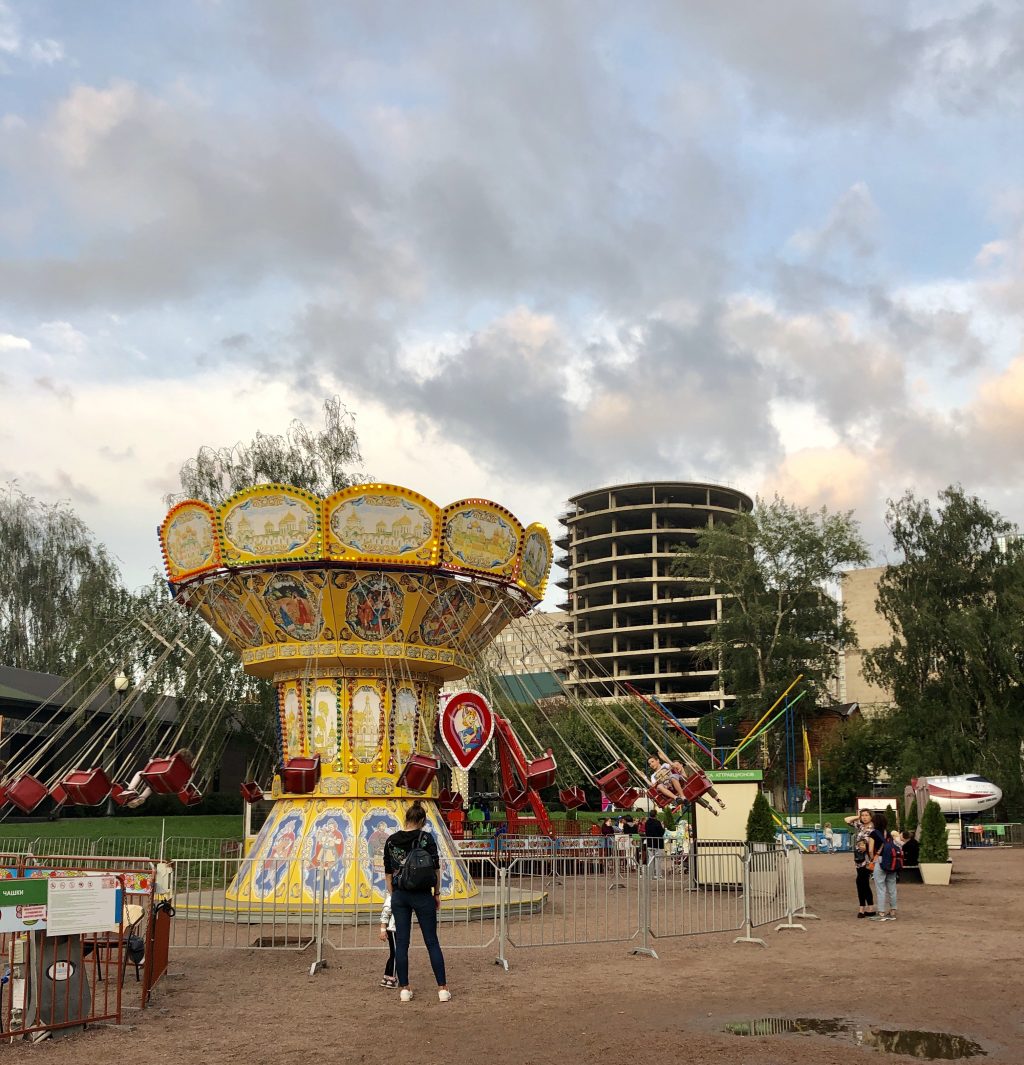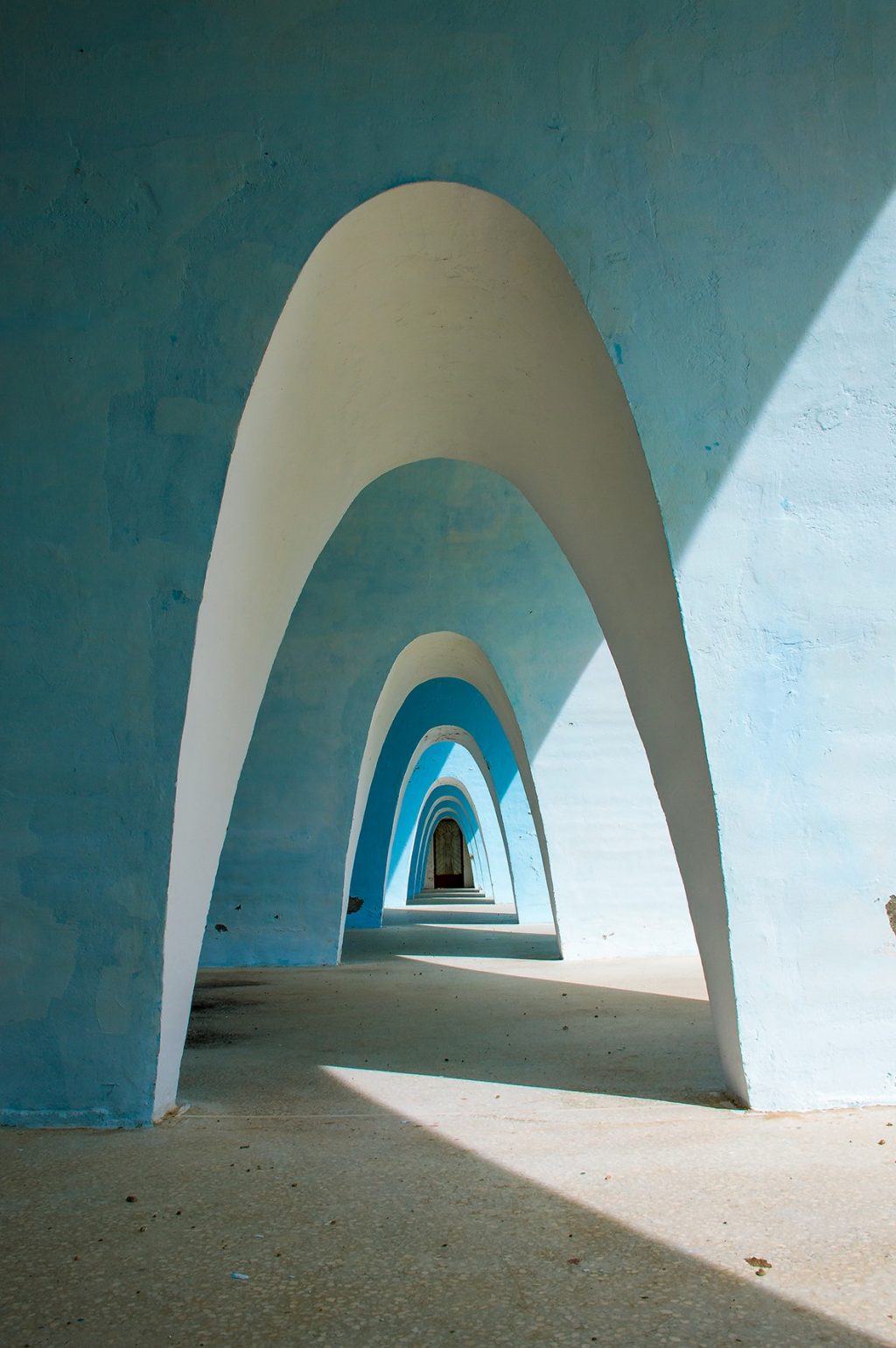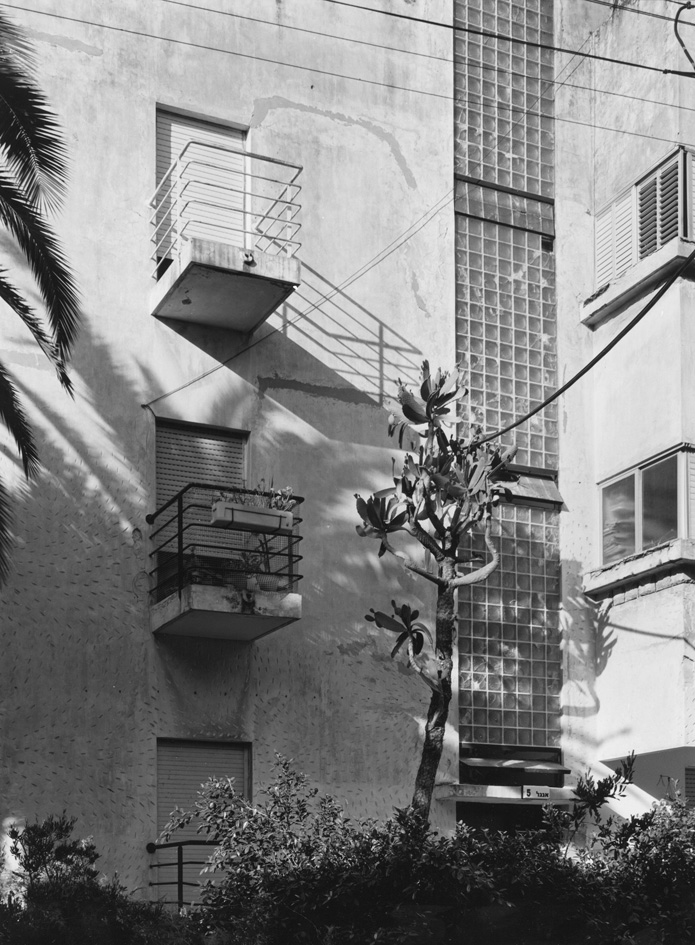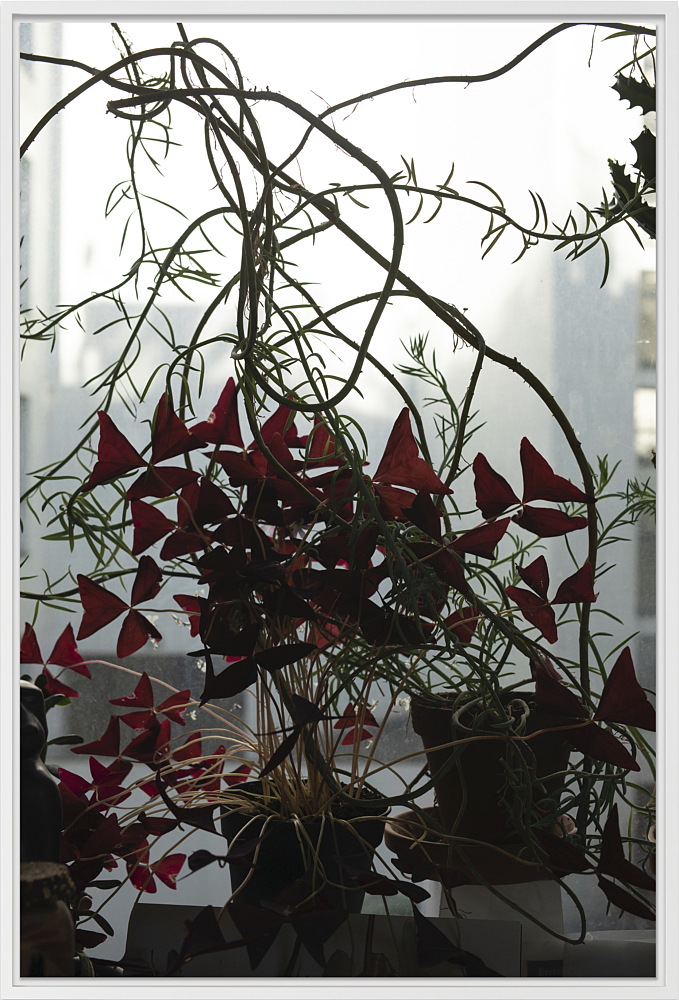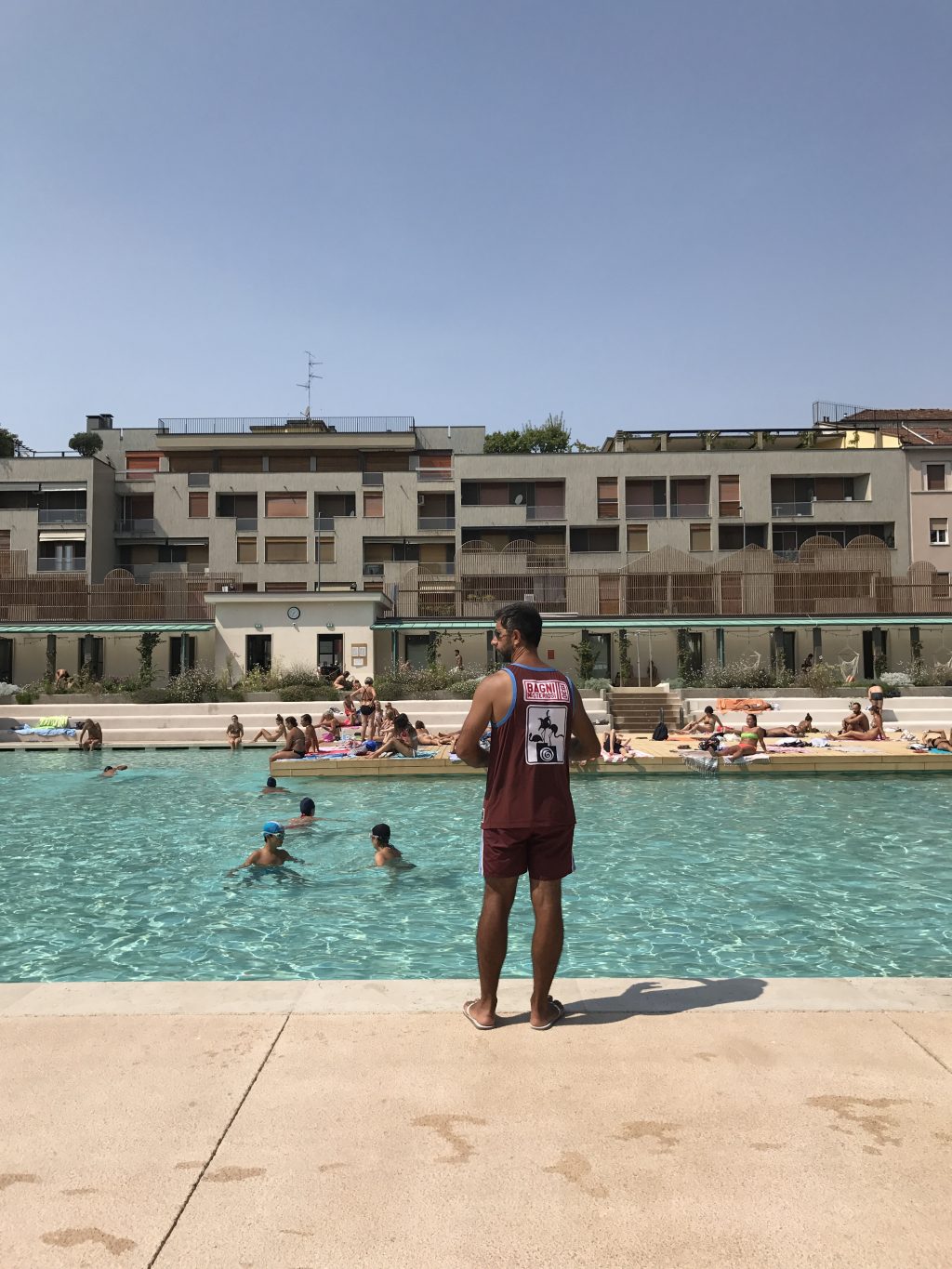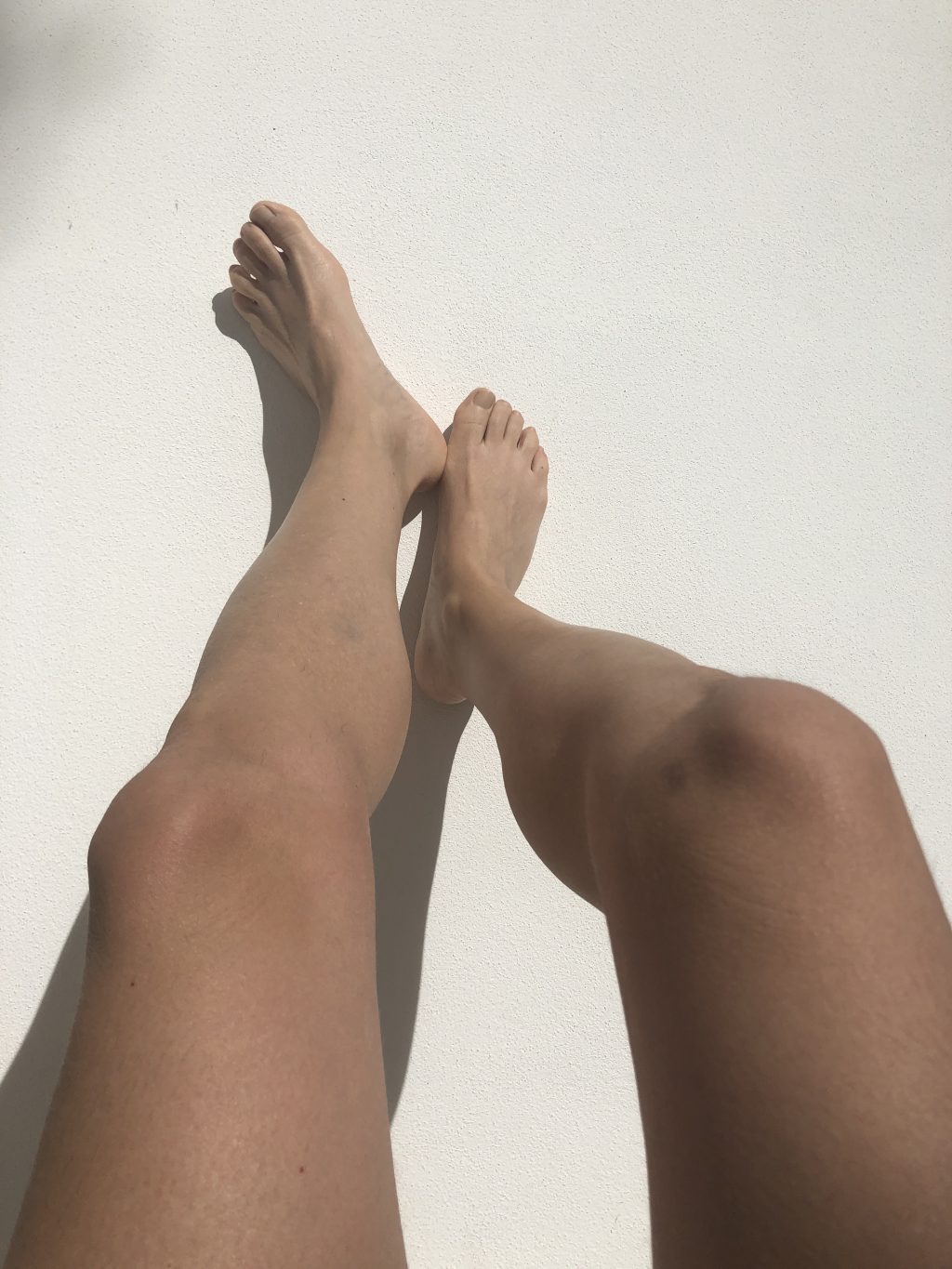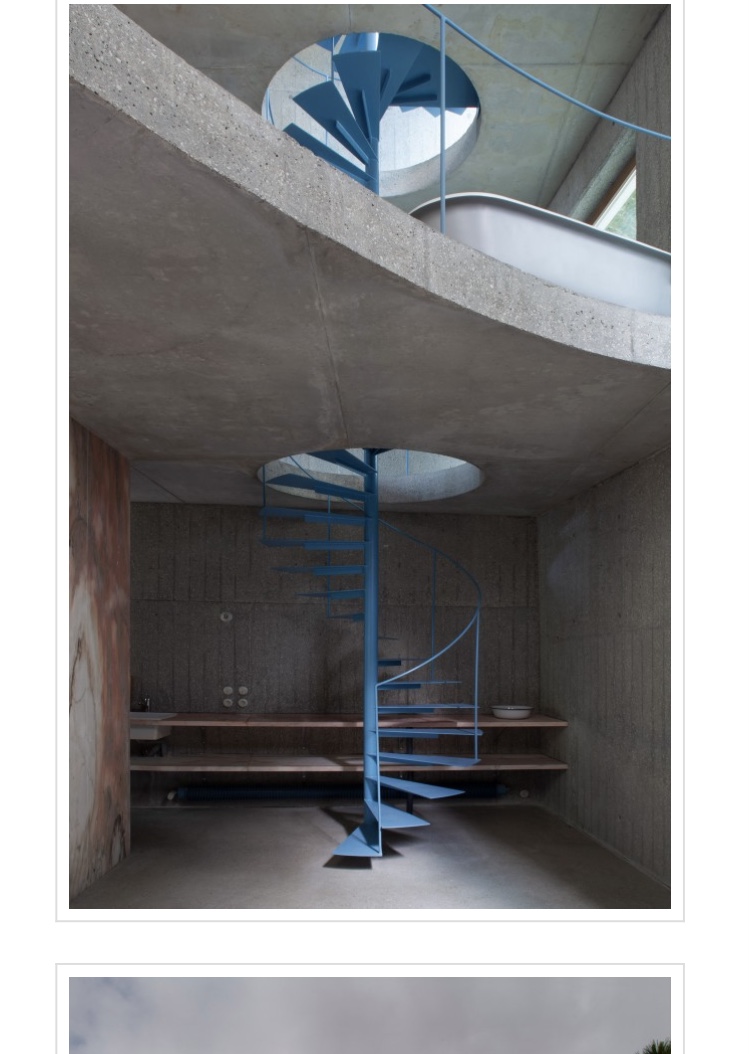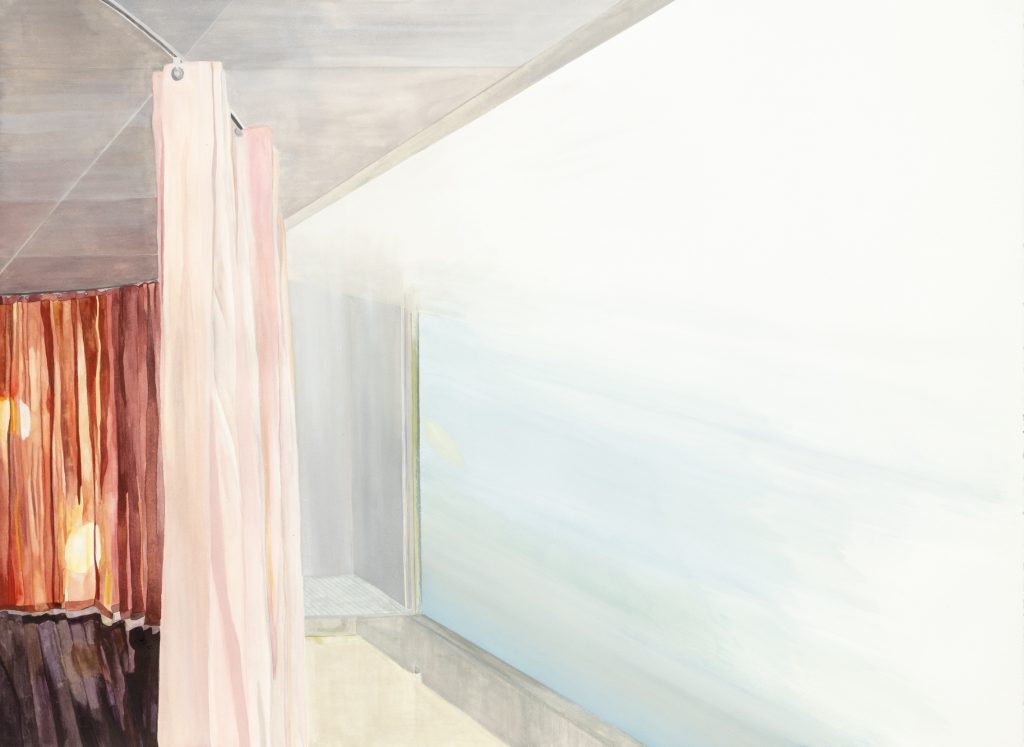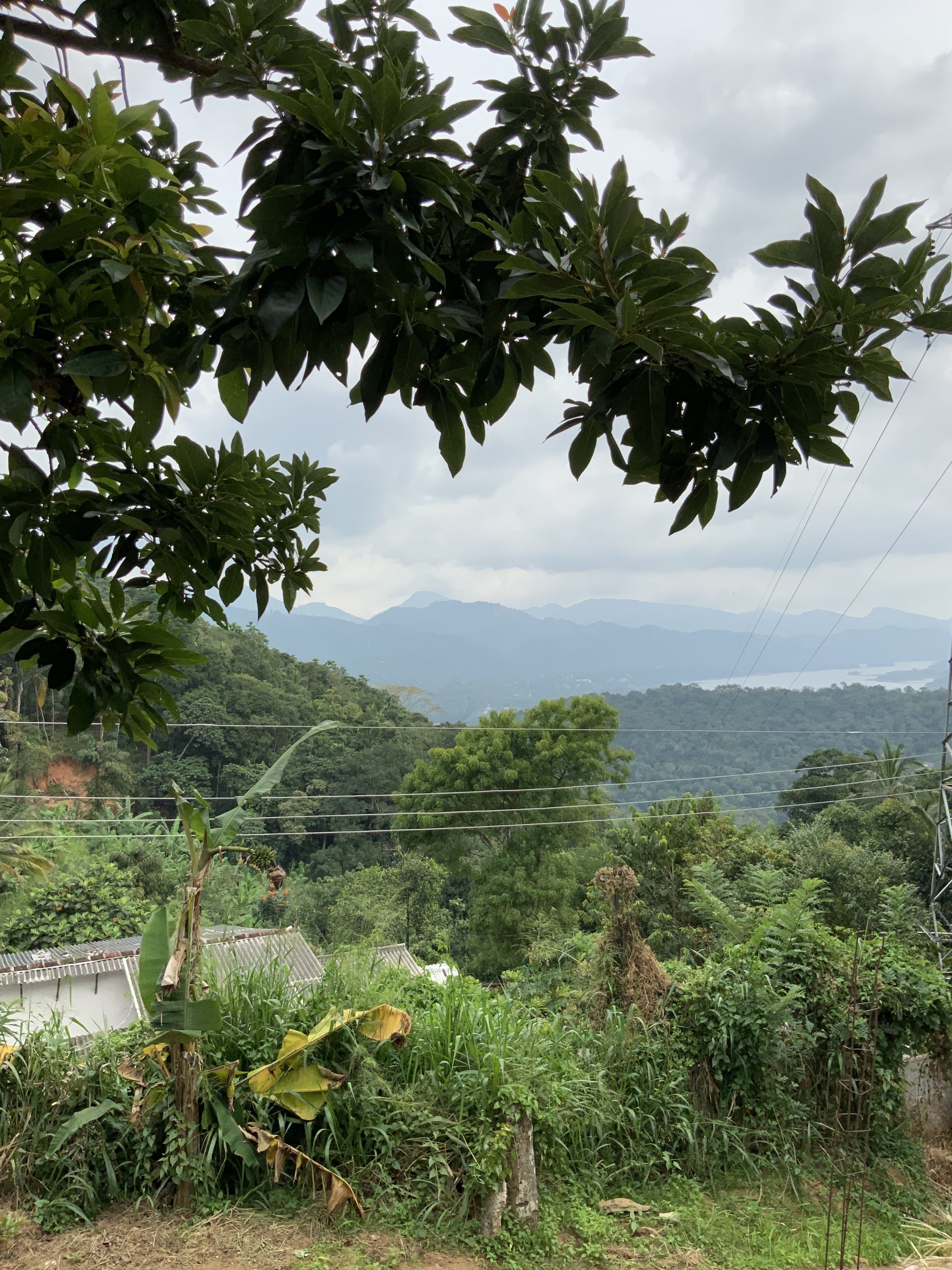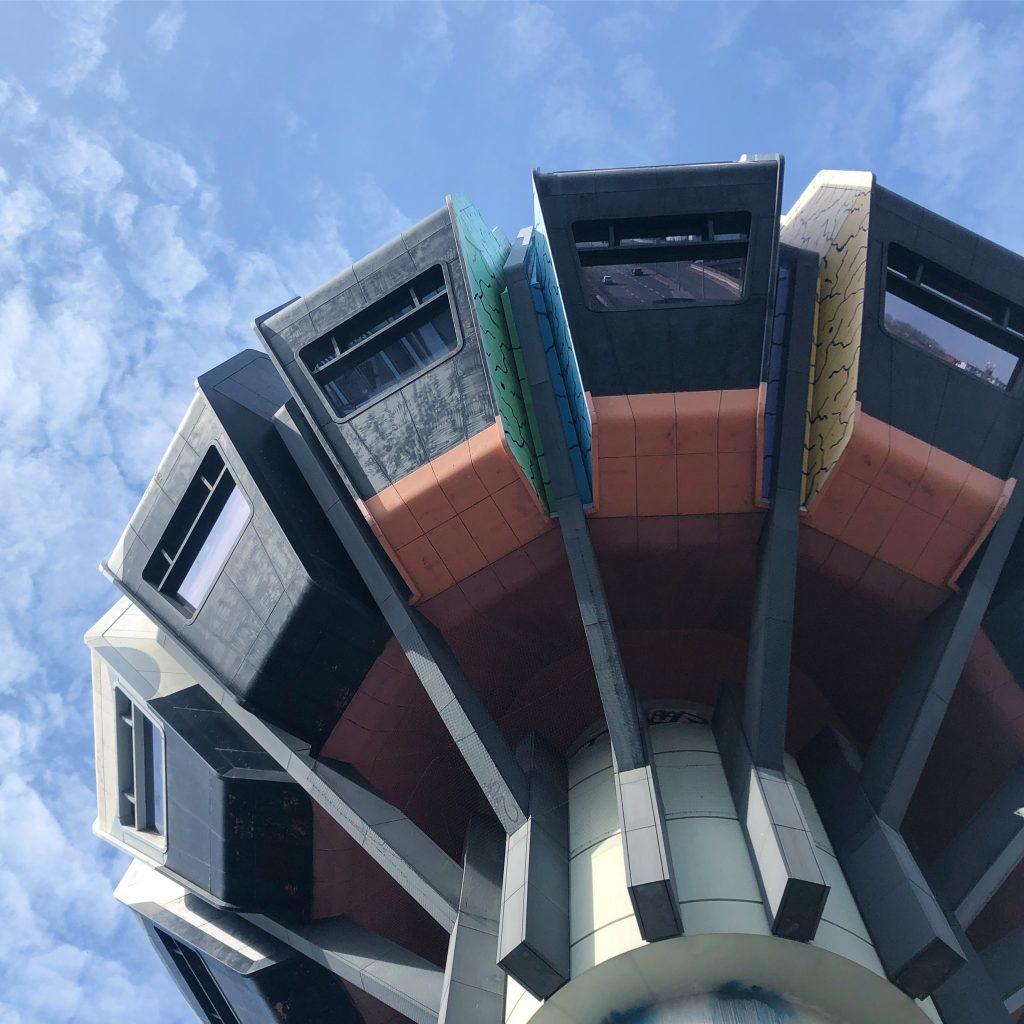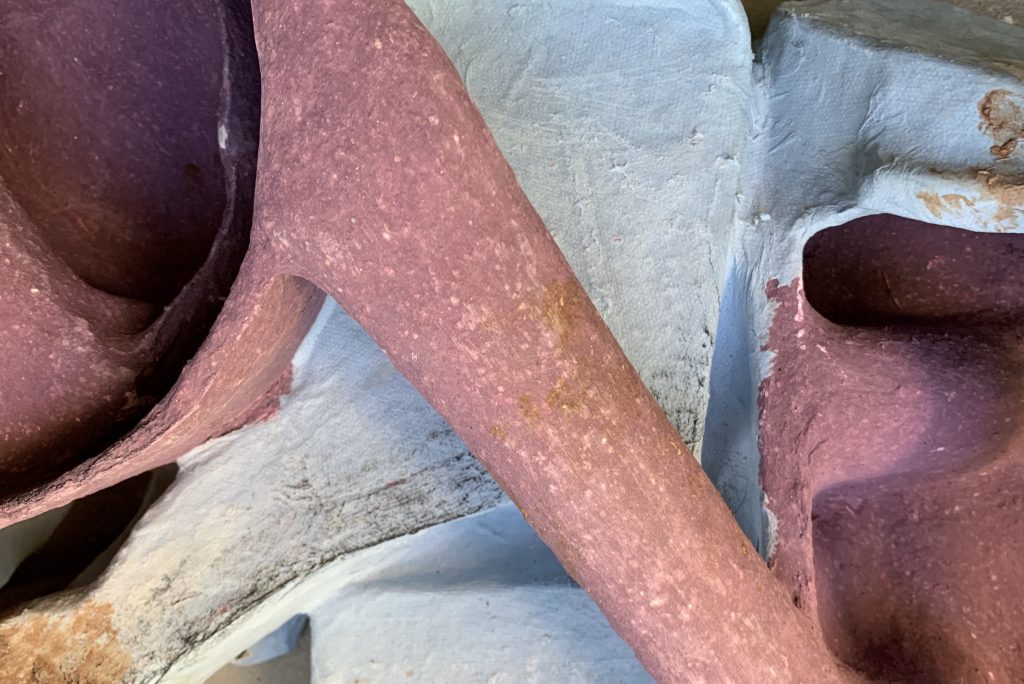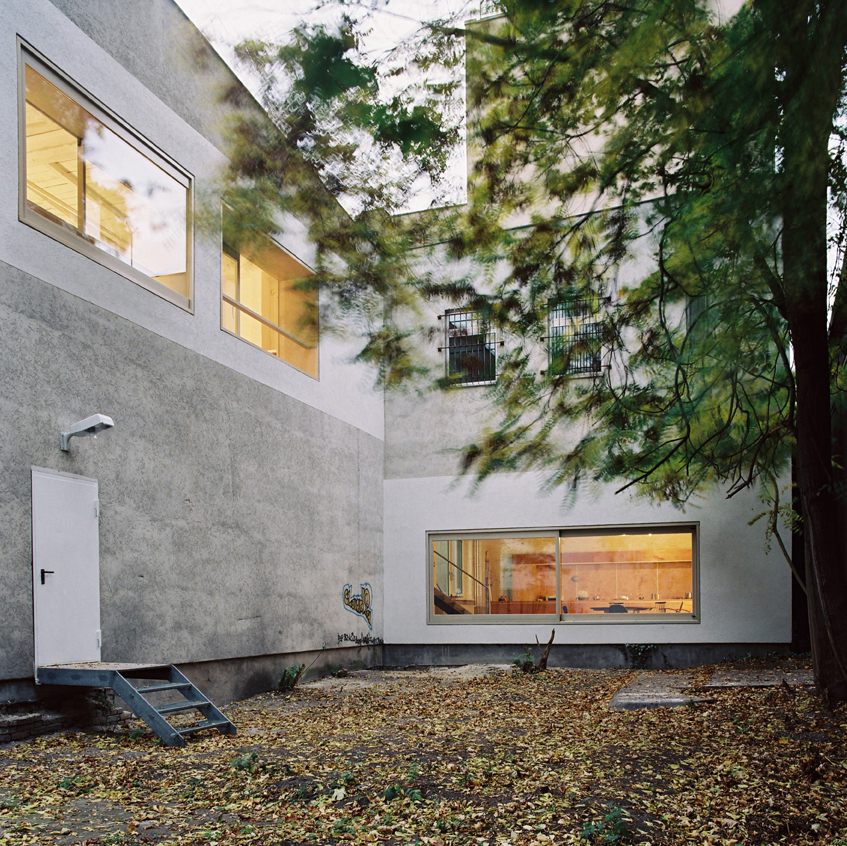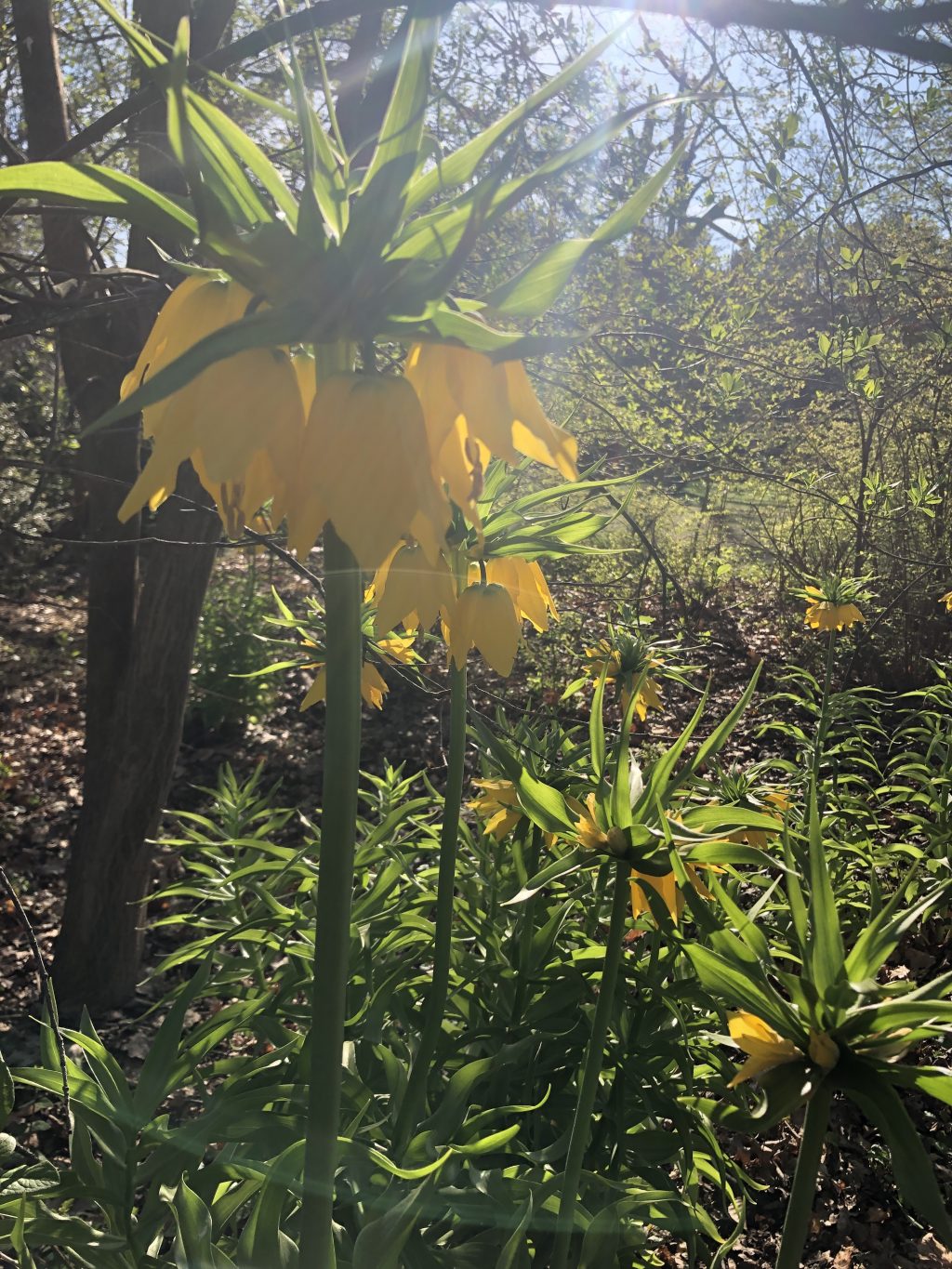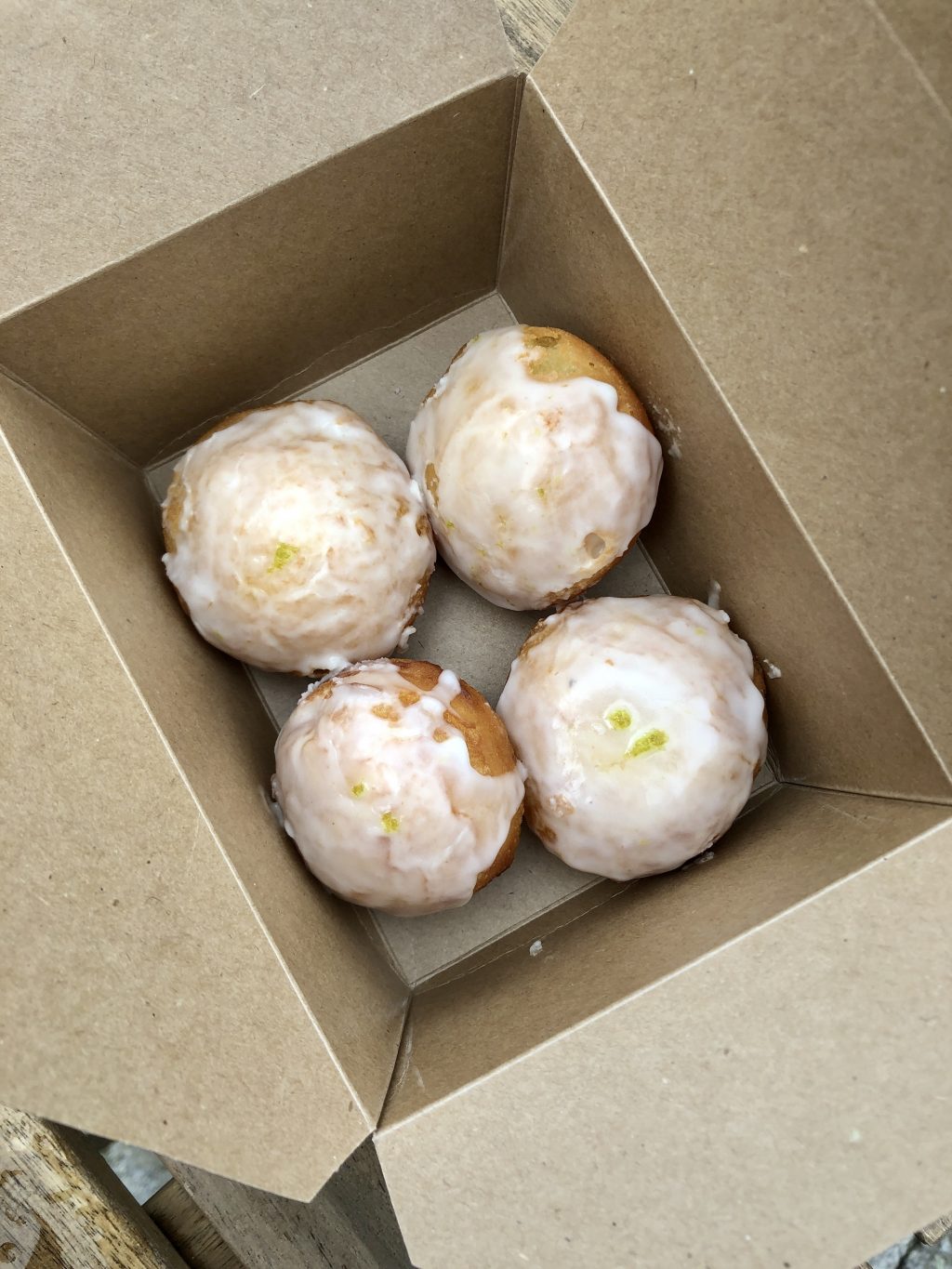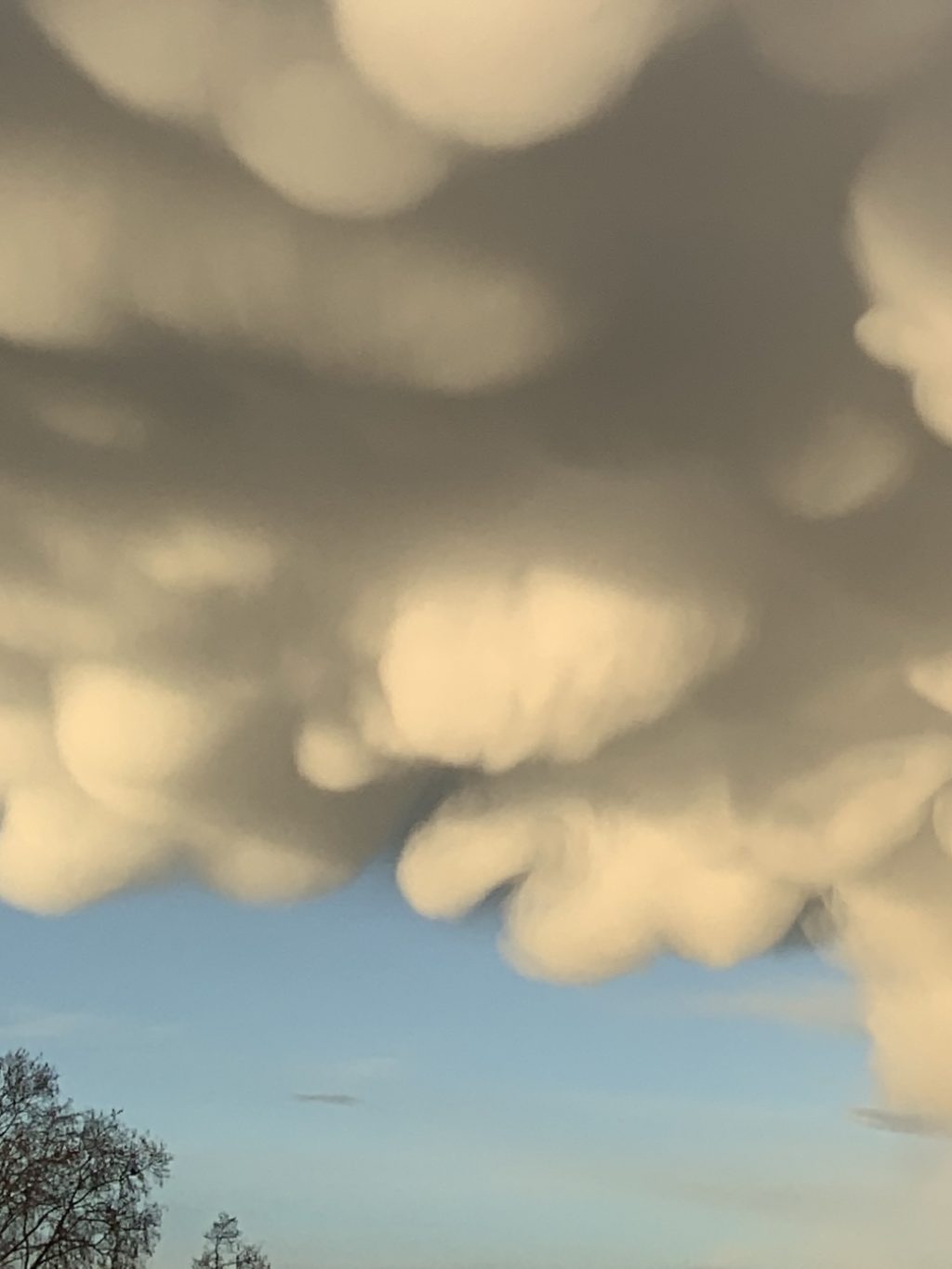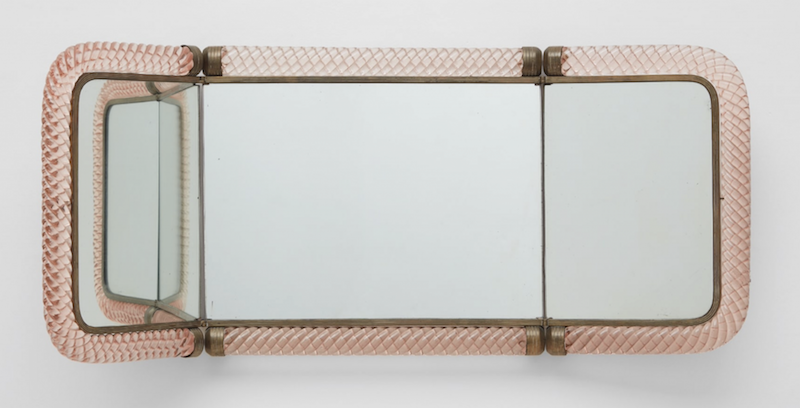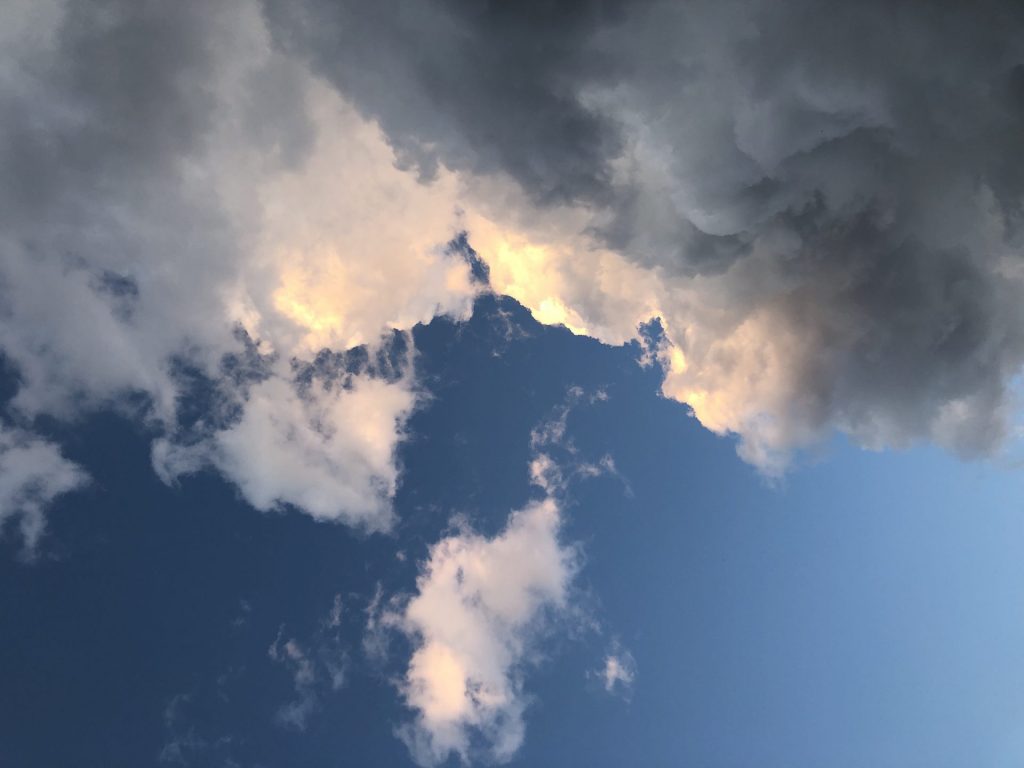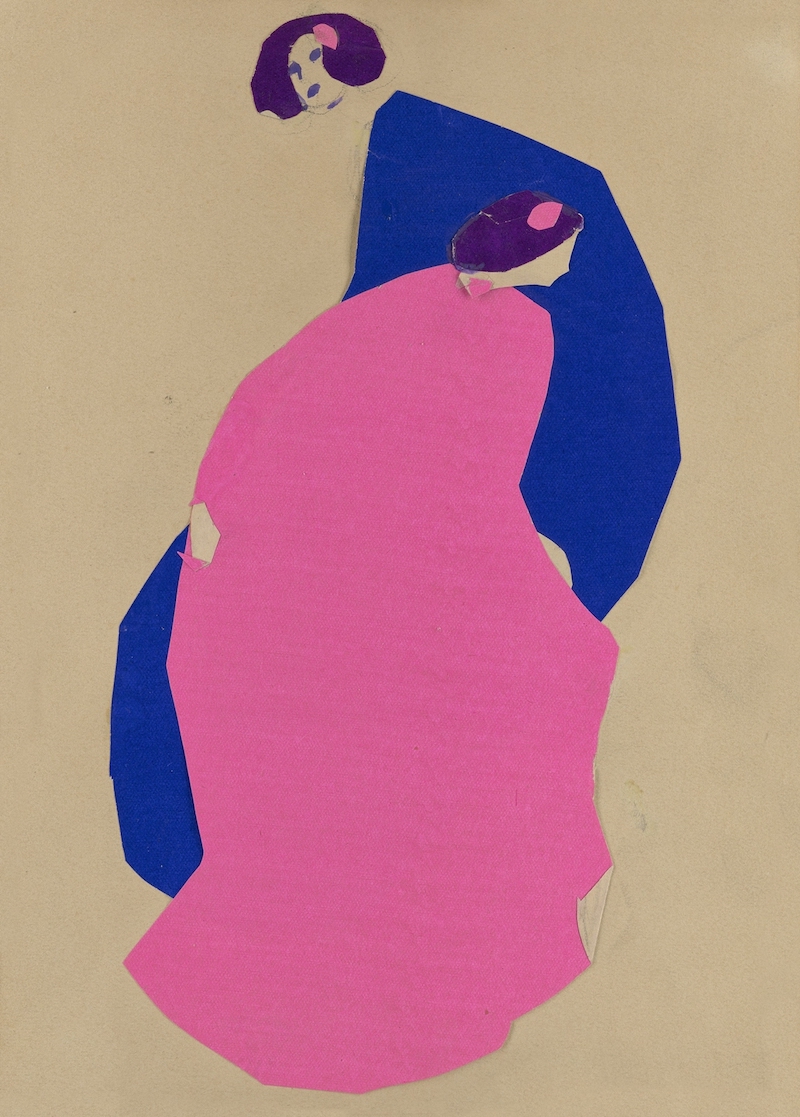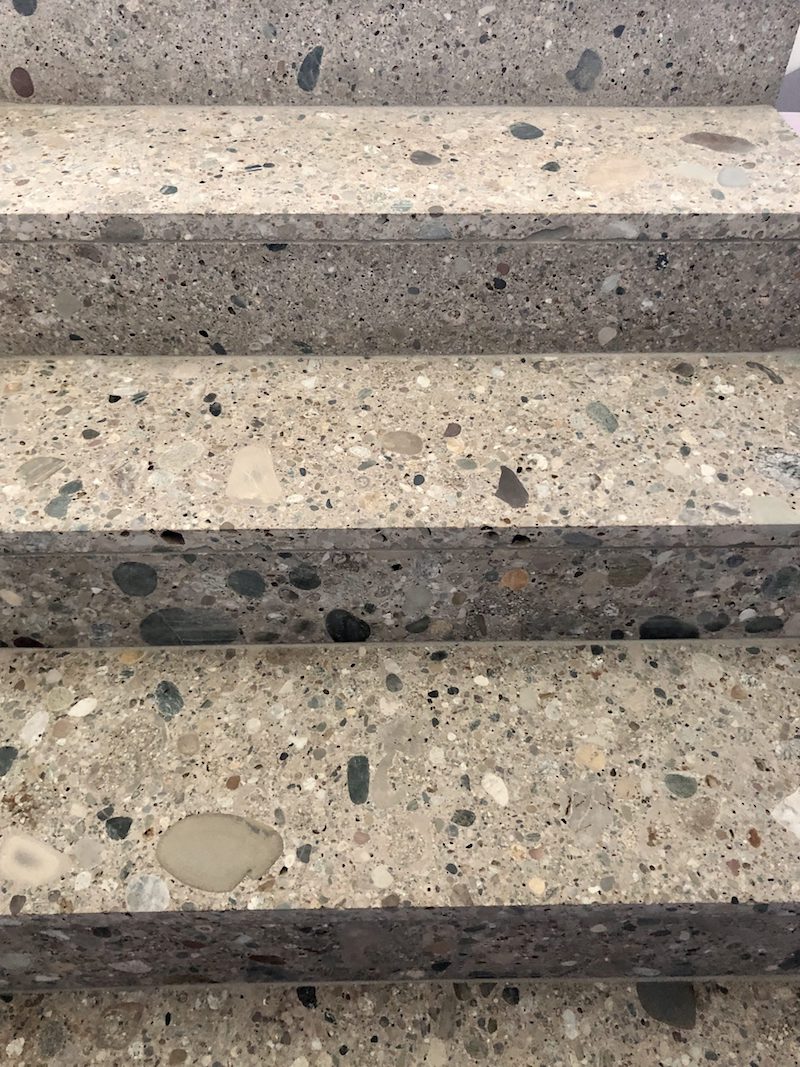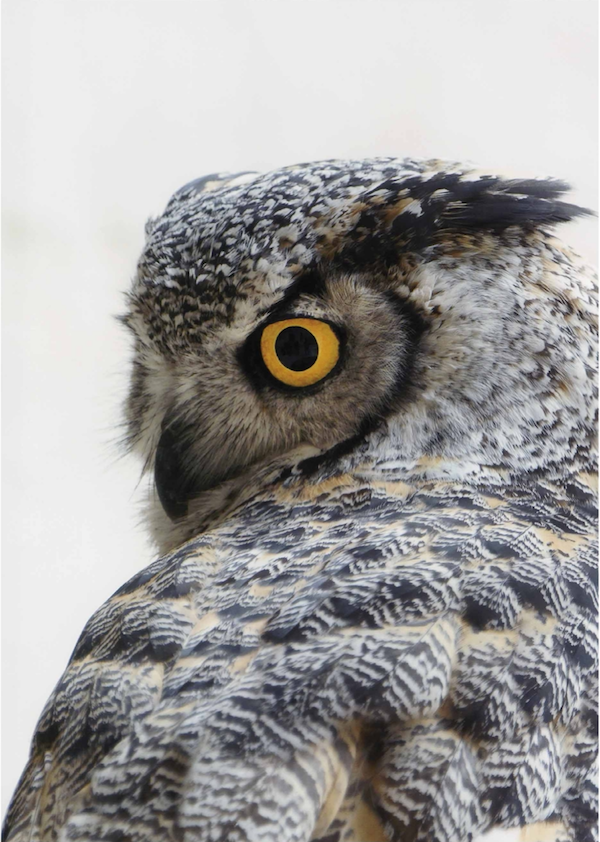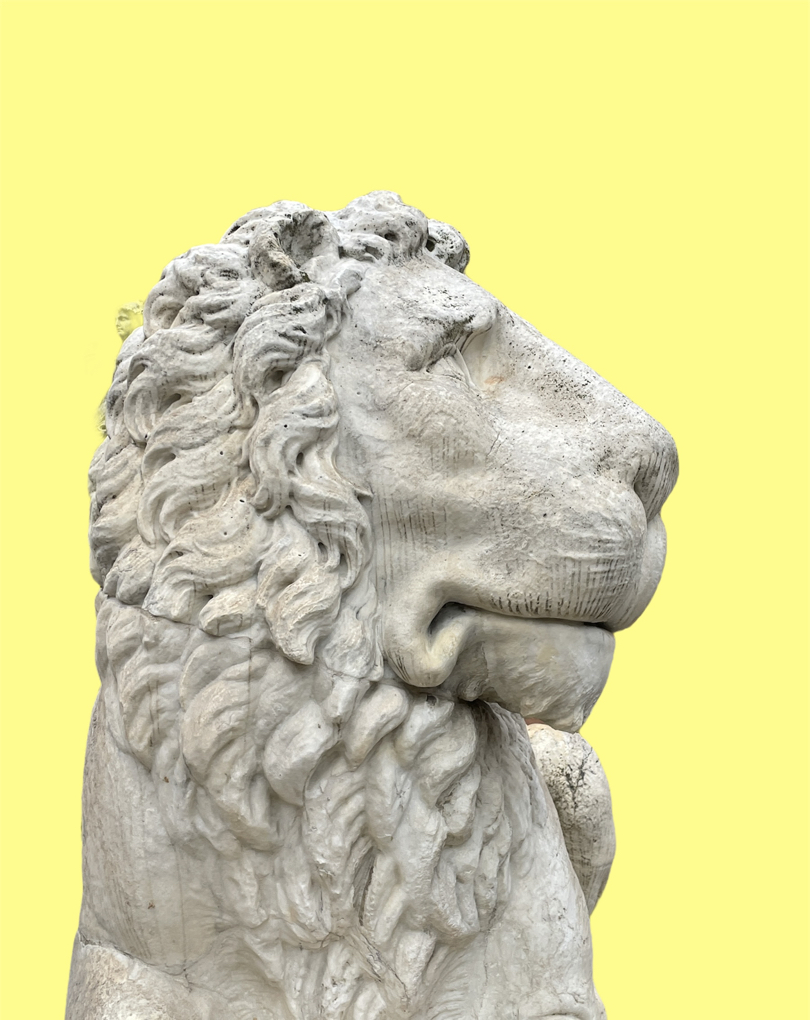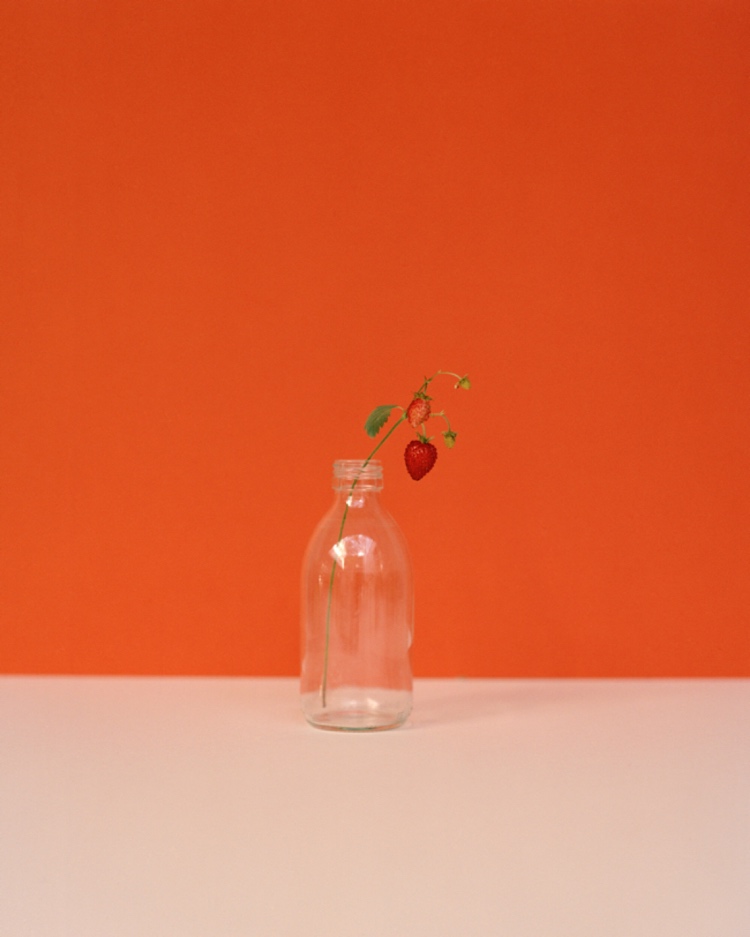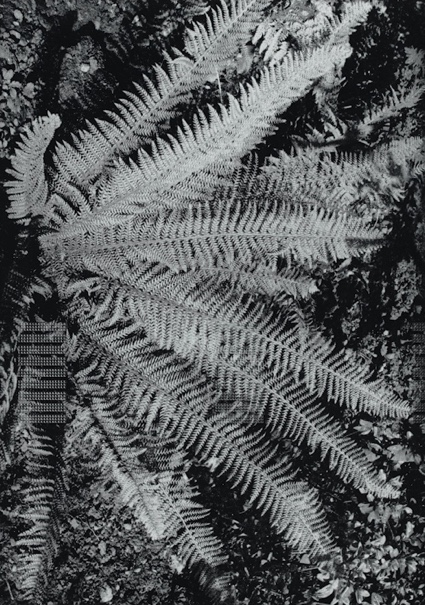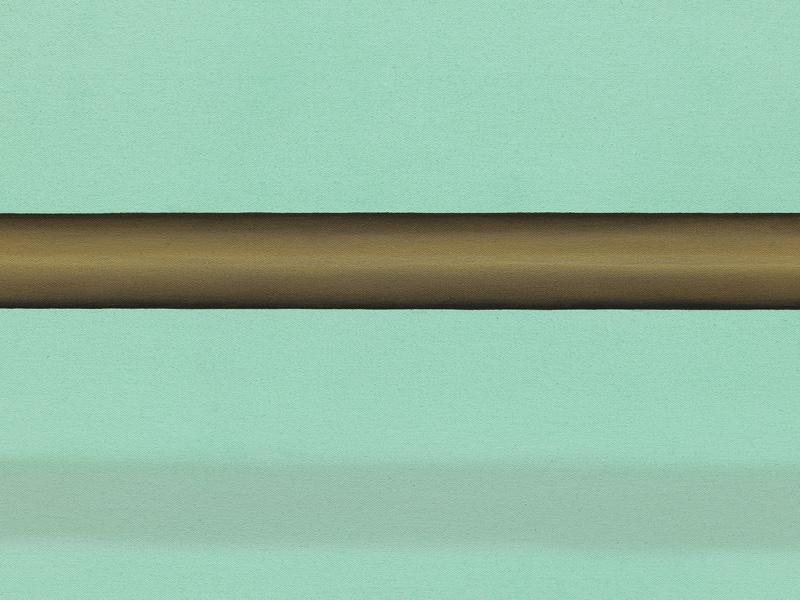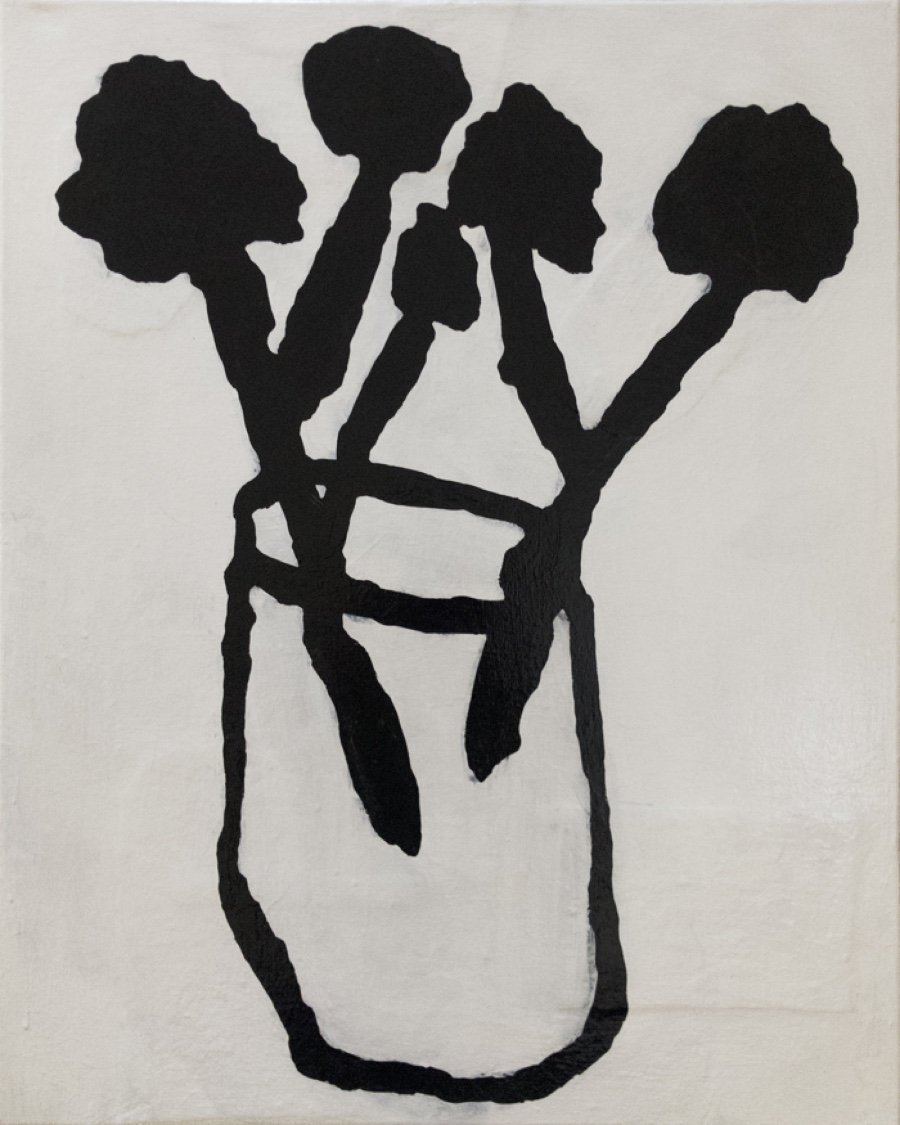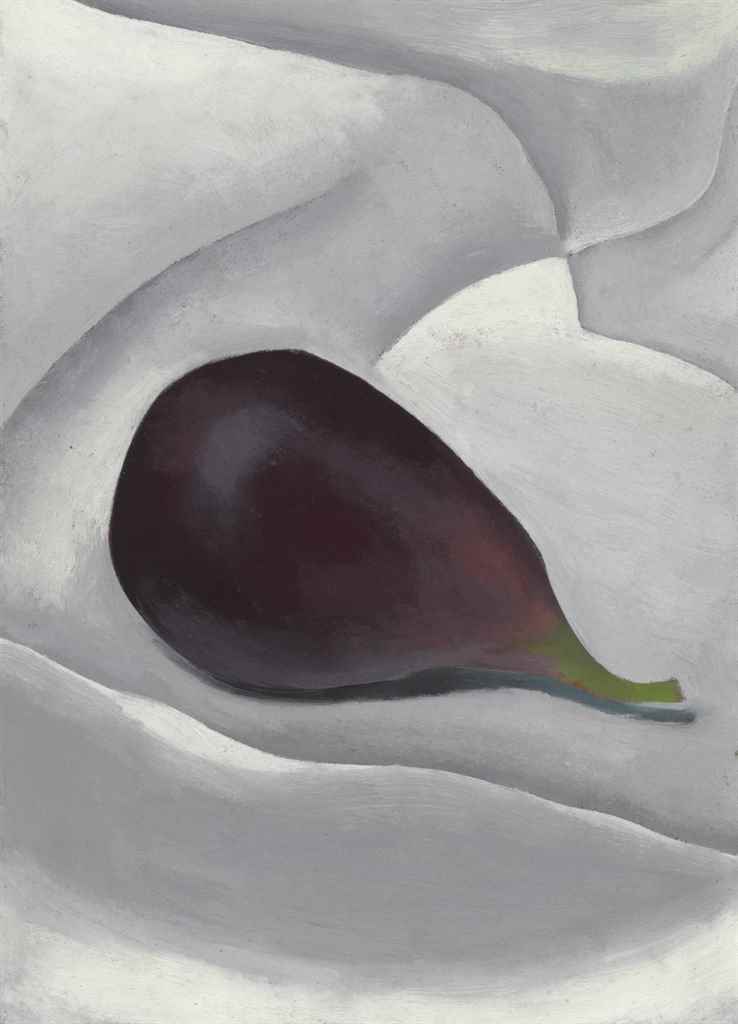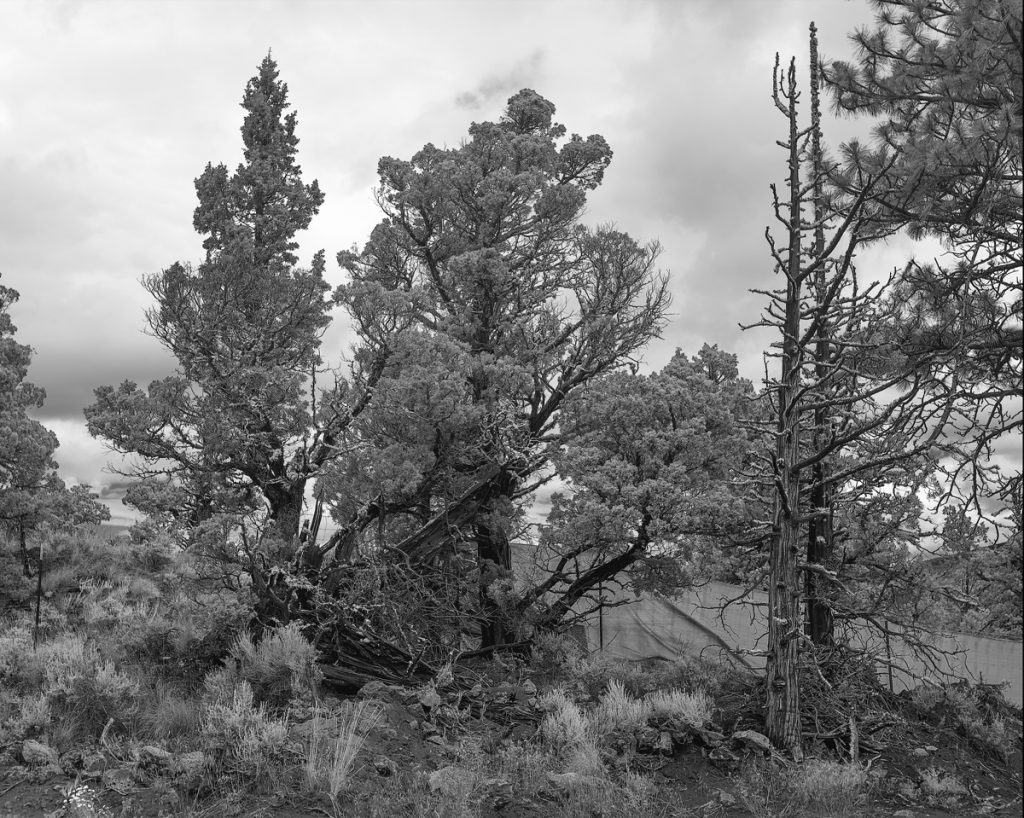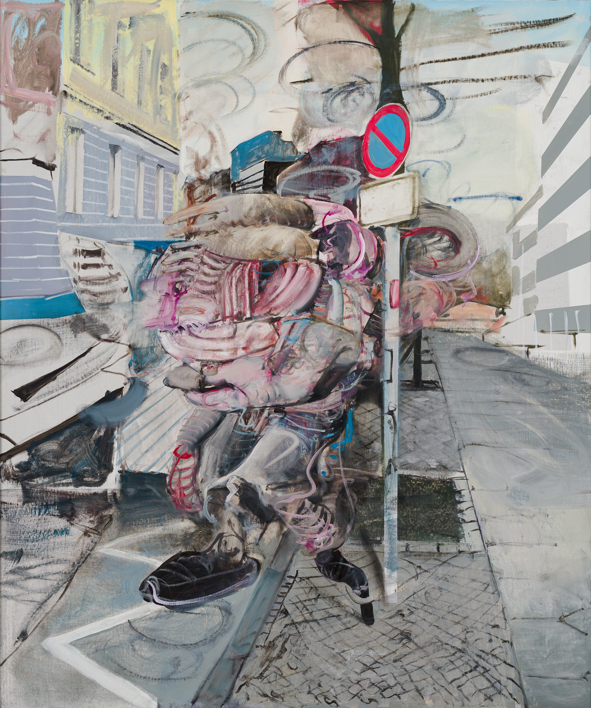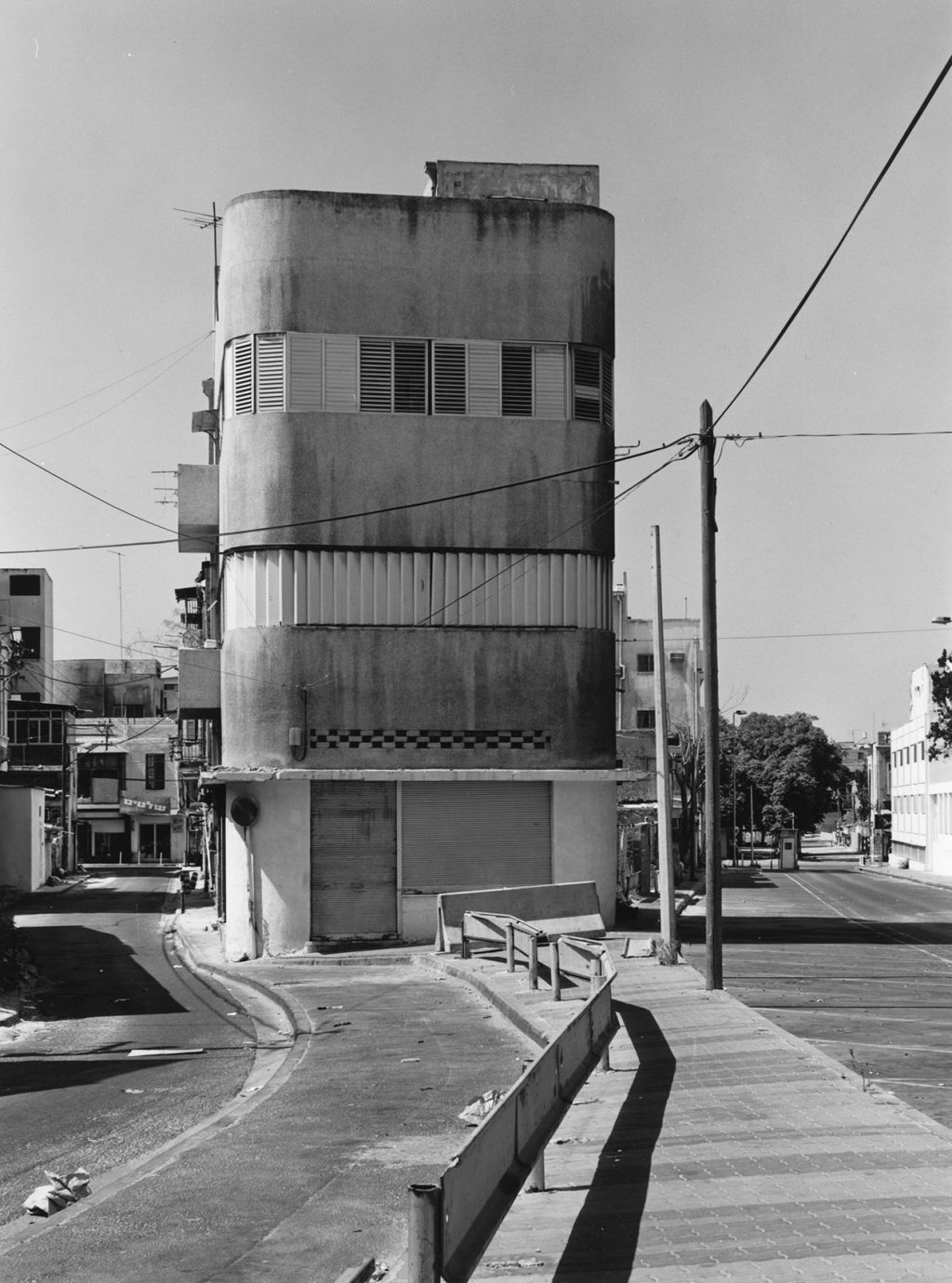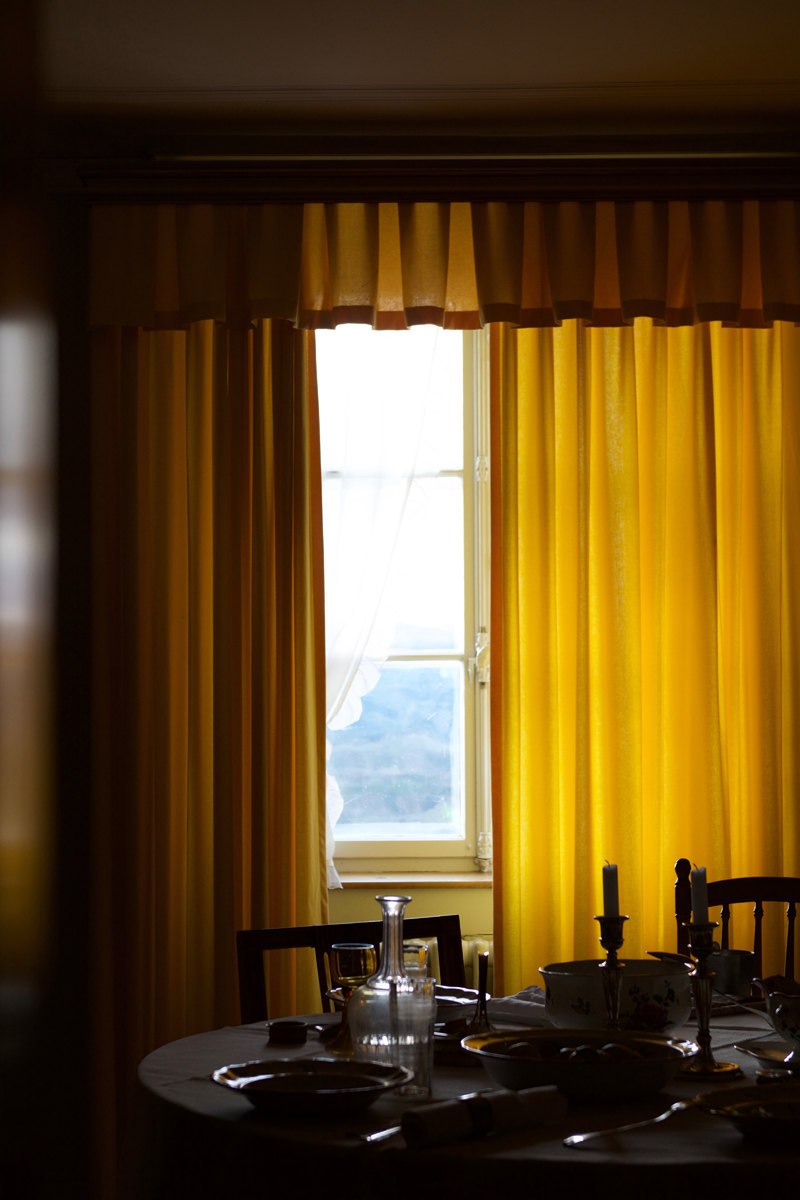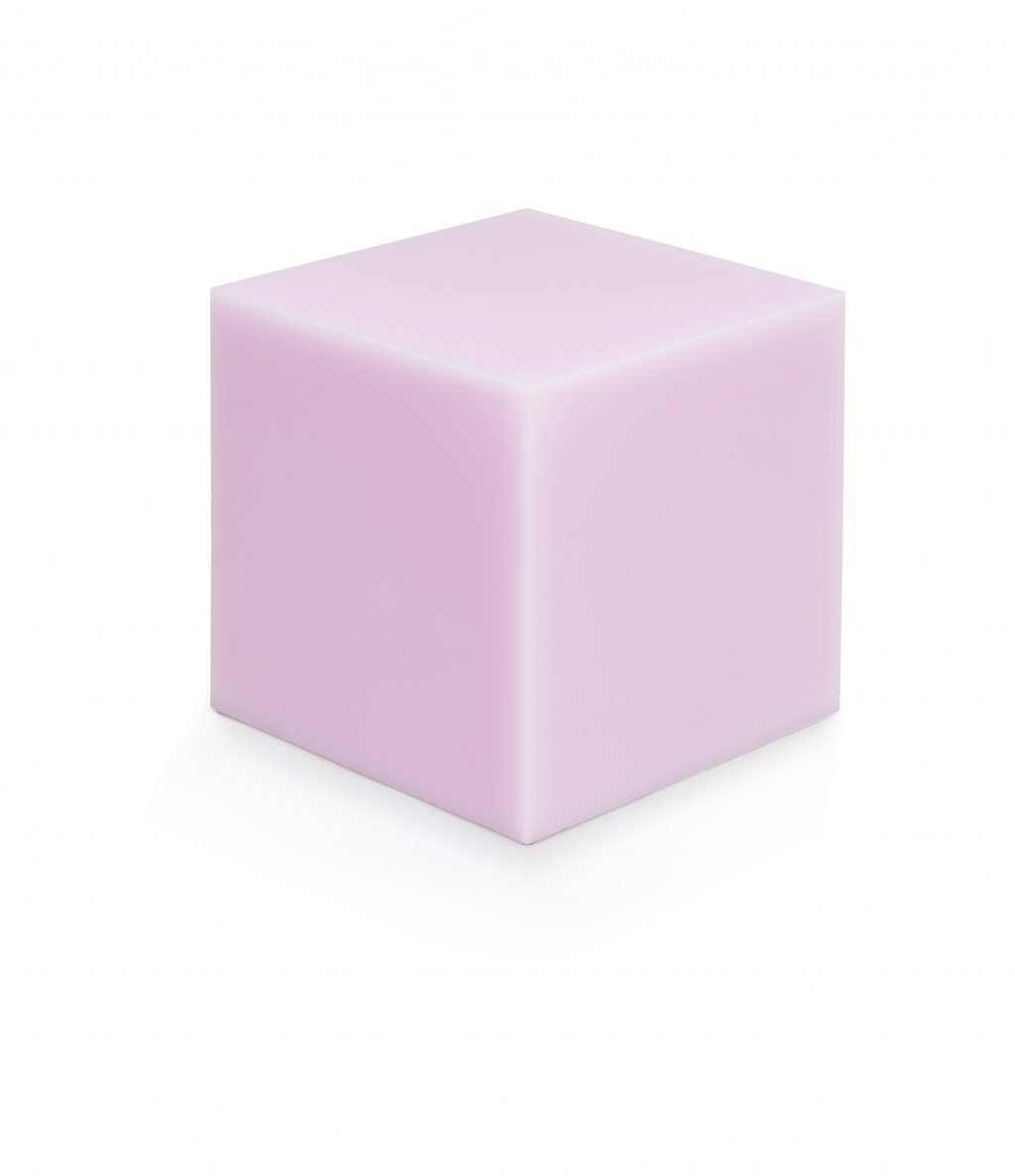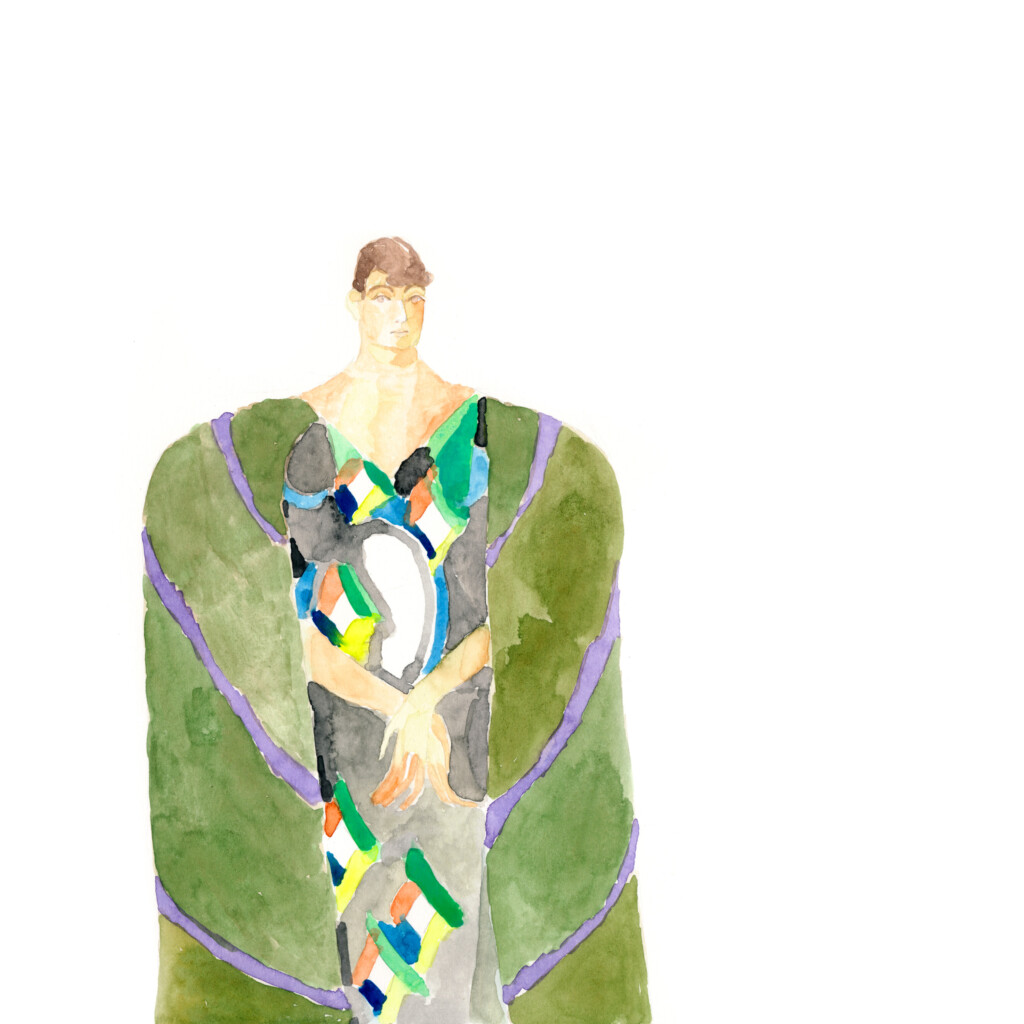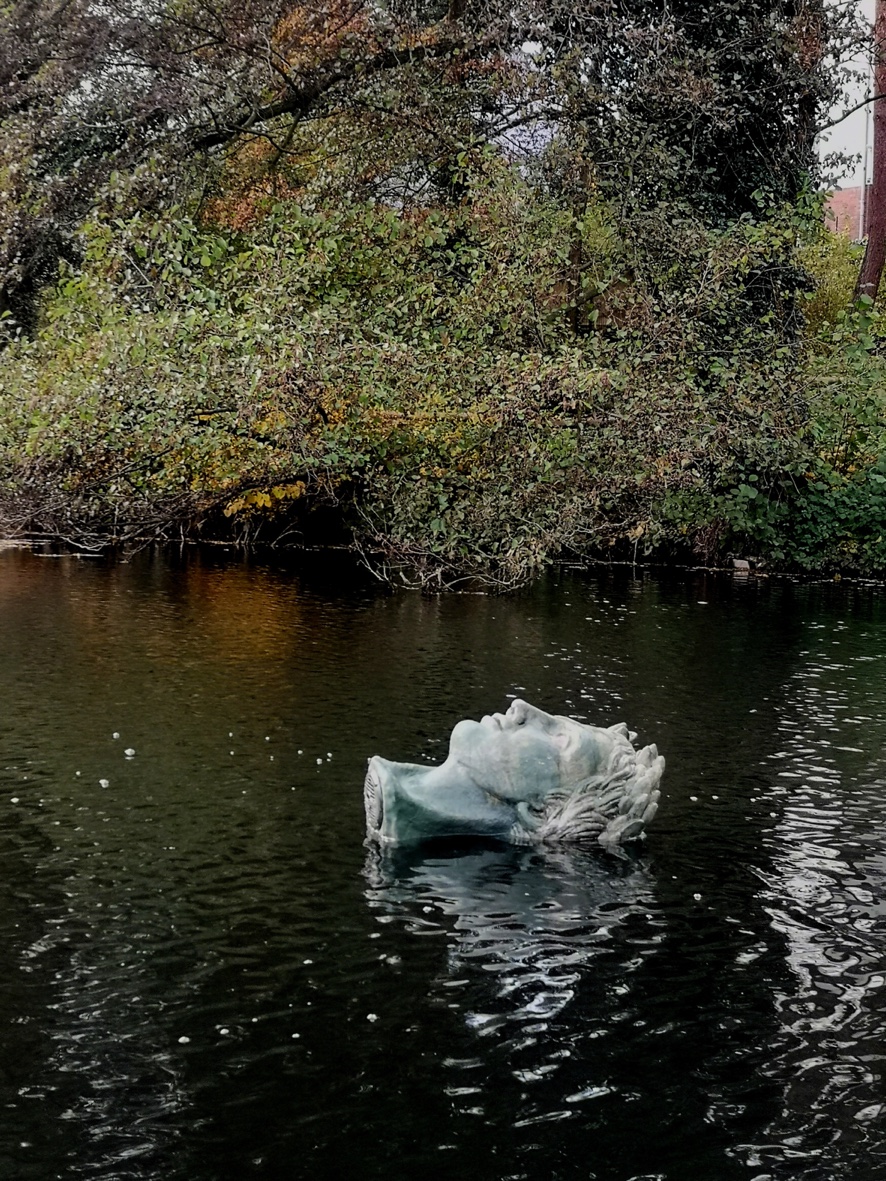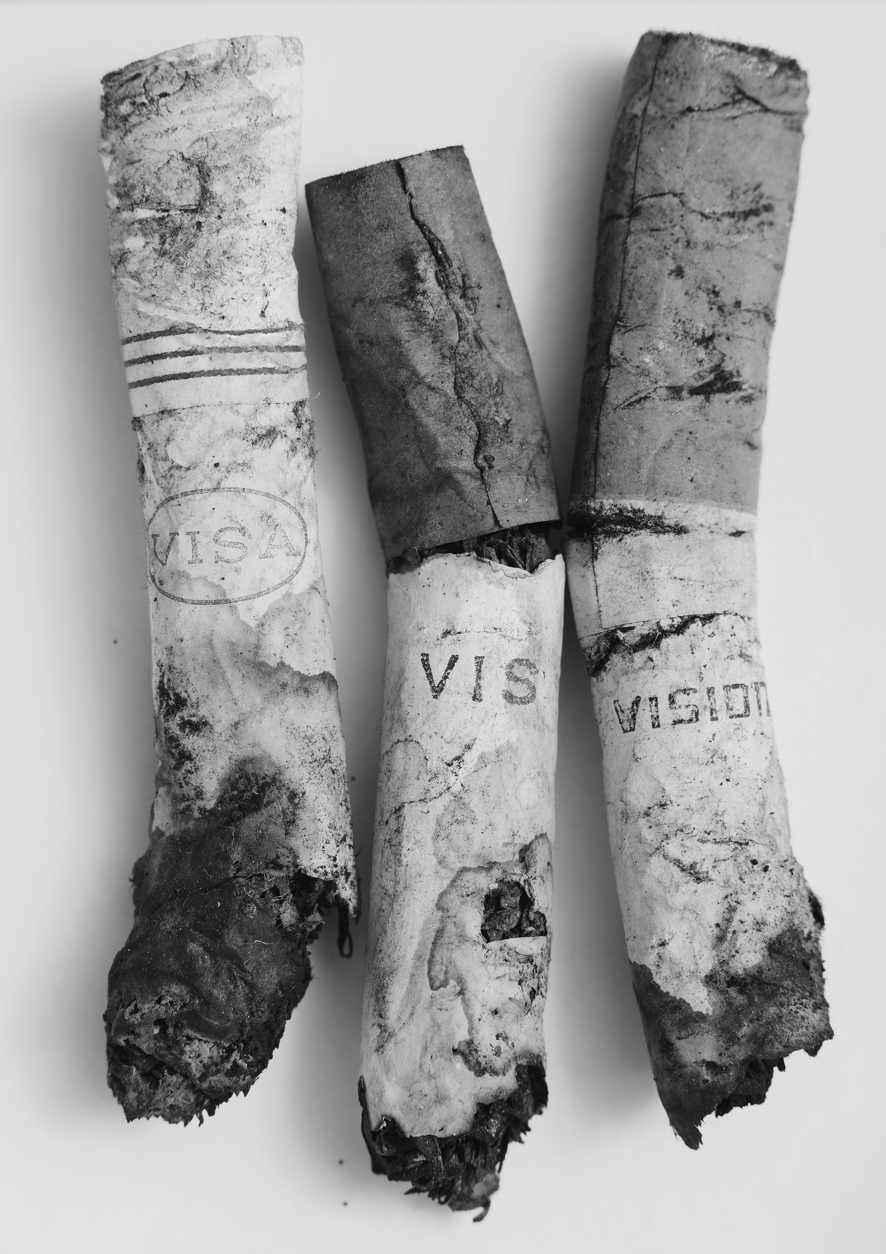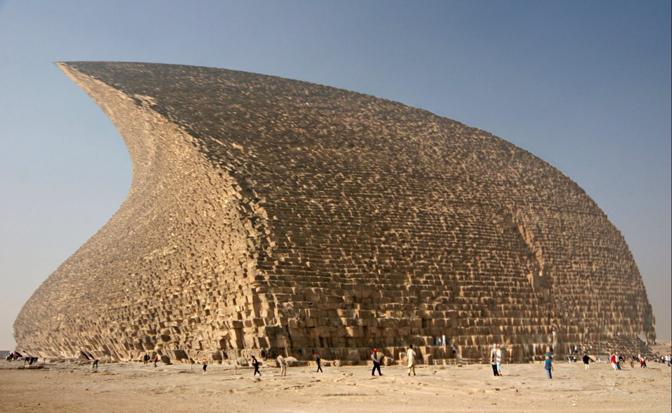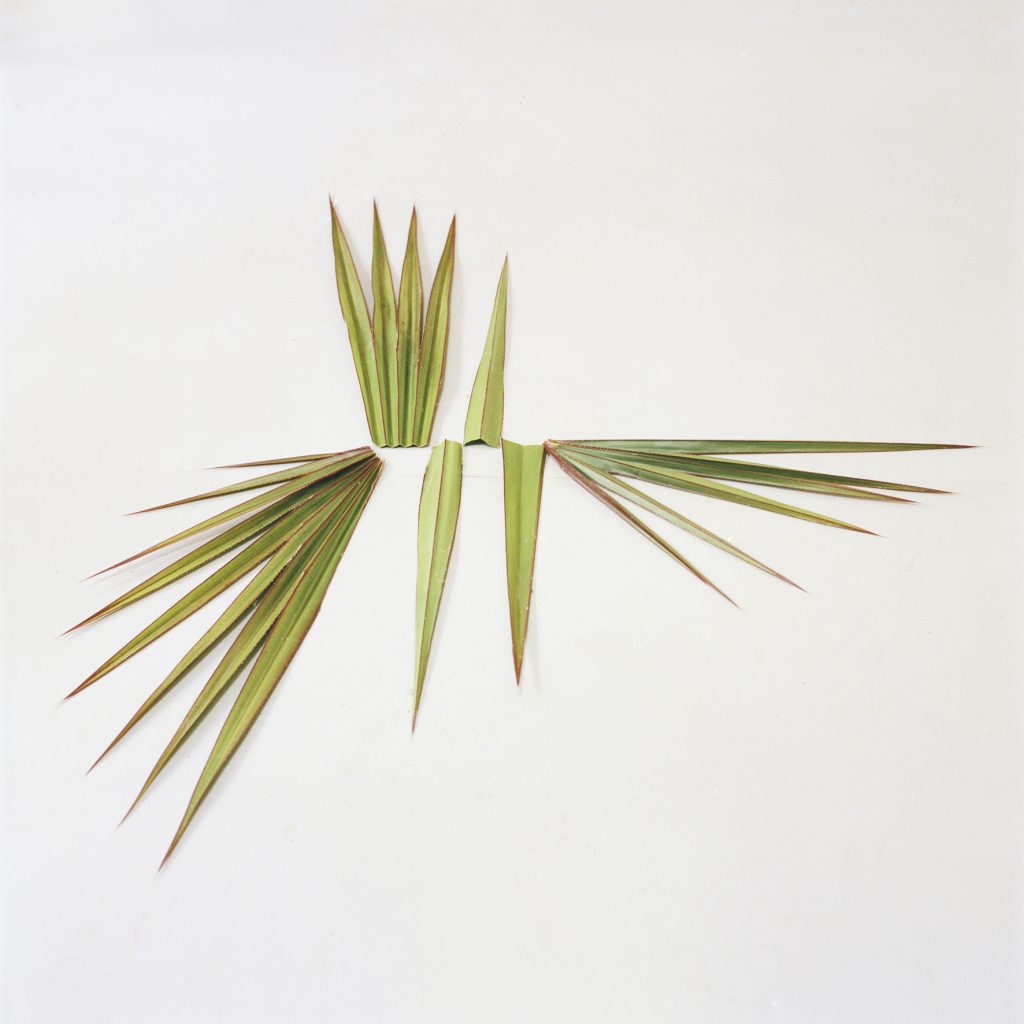For the 2023 Venice Architecture Biennale, the German Pavilion takes a hands-on approach: The curatorial team, comprised of ARCH+, Summacumfemmer and Büro Juliane Greb, explores questions of repair and maintenance by refurbishing the pavilion building using solely material left behind from 40 national pavilions and exhibitions from last year’s Art Biennale. In collaboration with a network of Venetian and German activists, Open for Maintenance – Wegen Umbau geöffnet transforms the monumental German Pavilion into an accessible site of re-production. The work sheds light on architecture’s myriad possibilities for action when it comes to converting and designing inclusive, socio-ecological cities.
SOPHIE REINHOLD TRÄUMT WEITER
Sophie Reinhold’s first solo exhibition at Galerie Nordenhake explores questions around dreams and illusions, simulation and real life. Titled “Dream on,” the show presents site-specific installations and the artist’s most recent series of quasi-sculptural paintings made with bitumen, round marble and graphite powder. However, unlike the show’s title suggests, Reinhold is not concerned with escapism. On the contrary: everything she creates revolves around opening room for discourse, investigating the plurality of opinions and examining the appearance of an image and what truly stands behind it.
HEY BERLIN, IT’S GALLERY WEEKEND!
This year’s Gallery Weekend Berlin’s extensive program, spread over more than 50 locations, will showcase around 80 international artists. The communal opening weekend has time and again proven its power to connect artists, galleries, collectors and visitors despite all odds. The institution’s collaborative spirit and unwavering stance toward supporting artists enhance the city’s status as an art capital and energetic melting pot. To make your gallery-hopping smoother, be sure to consult the digital map on the Gallery Weekend Berlin website, offering seamless navigation between venues. And while you’re at it, explore a wide range of studio visits, gallery portraits or exhibition tours.
MOVING IN: PLAN B
THE HISTORY AND FUTURE OF MODERN GARDENS
CLIMATE CITY BERLIN 2030
“Bündnis Klimastadt Berlin 2030” (Alliance Climate City Berlin 2030), a wide-ranging alliance of Berlin initiatives, environmental and tenants’ associations, planners and builders—including BUREAU N—brings together diverse expertise and sees itself as an offer to city politicians to actively and collectively drive change forward. The aim is to develop Berlin into an ecological and social model city. What forms the project’s basis are seven closely intertwined cornerstones: climate resilience, mobility transition, construction transition, cooperation and participation, common good and affordable housing as well as cultural freedom in the polycentric metropolitan region of Berlin-Brandenburg.
PETER ZUMTHOR: ARCHITECTURE BORN OF CRAFTSMANSHIP
The room-filling exhibition displays architectural models by Swiss architect Peter Zumthor inside a building that he himself planned: the Werkraum Haus in Bregenzerwald, Austria. Captivating and unusual in nature, the models create atmosphere and illustrate craftsmanship in every detail. They are the tools with which Peter Zumthor designs his buildings and crafts spaces in a singular way that brings together materials, construction methods and form to create a unified whole. Like the Werkraum Haus itself, the models stand for the unparalleled symbiosis between architecture and craftsmanship.
WHO’S GOT THE POWER?
Kasia Fudakowski likes to play—with clichés, standards and expectations. In her 5th ChertLüdde solo show however, she lets the visitors be in charge of the game: For “Gallery Power LTD” she presents a new series of sculptures, including lights and motors, which can be switched on/off by the visitors; only one work is controlled by an external mechanism too. The exhibition is powered by a limited amount of electricity and will turn off once it is consumed, eventually leaving the works in the dark. With this interactive and somewhat immediate gesture, Fudakowski questions individual behaviour, accountability for resources in cultural spaces and indirectly gives a nod to the current energy crisis.
STEEL TUBE MEETS LOUNGER
Created for extensive reading sessions and day-dreaming breaks, the newly launched 22.9 Daybed becomes the most recent addition to Blockbau’s collection. Much like the 22.24 Armchair and 32 Chair from the same line, this too is made of a bent steel tube forming its characteristic shape. The new member of the Blockbau family suggests that the daybed is as important as any other piece of furniture within a living space: “While in Scandinavia the daybed is widely used as a piece of furniture with multiple uses, in Germany it’s still greatly underestimated. The term daybed should be conceptually broadened, because its design works not only as a lounger but also as a seat; not only in private living spaces, but also workplace settings,” says Kevin Rack, the design brand’s founder.
I AM NOT AN ARTIST, I AM A PAINTER
The Fondation Beyeler presents the first posthumous retrospective of Wayne Thiebaud (1920–2021) in the German-speaking world. Virtually unknown in Europe until now, with this exhibition, the museum continues to offer insight into leading proponents of American figurative art, such as Edward Hopper and Georgia O’Keeffe. Most will recognise Thiebaud for his celebrated still lifes, drawn from everyday motifs in post-war America: pastry displays, sweet treats, stuffed toys, or gumball machines. Yet only a few know that within his 70-year career, he consistently worked on figure paintings and large-scale landscapes too. Common to all are his sophisticated use of colour and a distinctive visual idiom straddling the lines between irony, humour, nostalgia and melancholy.
A NEWLY RETHOUGHT URBAN DISTRICT FOR CULTURE AND ENCOUNTERS
YOU SEXY M*****F*****!!!!
RETURNING WITH A NEW CULINARY CONCEPT
dóttir returns to its 2015 location, now newly renovated and integrated into the ground floor of the new Château Royal, as a female-led, vegetable-focused establishment. Here culinary director Victoria Eliasdóttir and chef de cuisine Elena Müller serve creative contemporary cuisine set in deep rounded flavours from mindfully sourced produce. The dishes, as individual as the hotel’s interior, combine classic flavours with forward thinking in à la carte and prix fixe menus, complete with a wine list of over 250 positions.
BERLIN’S NOUVEAU ARCHITECTURE
The publication “Berlin. Urban Architecture and Daily Life Since 2009” by Edition Detail documents the continual urban upheaval that has defined the City of Berlin since the opening of the Neues Museum in 2009. In examining 30 separate projects featuring complementary essays and interviews, the book illustrates how architectural icons, unknown discoveries, urban spaces and locales shape everyday life in the city.
SHIFTING PERSPECTIVES ON HISTORY
The exhibition “Roads Not Taken” at Deutsches Historisches Museum presents an unusual look at the past. Conceived by historian Dan Diner, it explores 14 tipping points in German history that could easily have taken a different turn. To spatially implement the abstract mind game of “Roads not Taken”, scenographers chezweitz created a congenial exhibition design: Using the architectural tools of perspective and trompe l’oeuil, they designed powerful “possibility spaces” that distort or dissolve—depending on the viewpoint: the mind game turns into a visual game.

